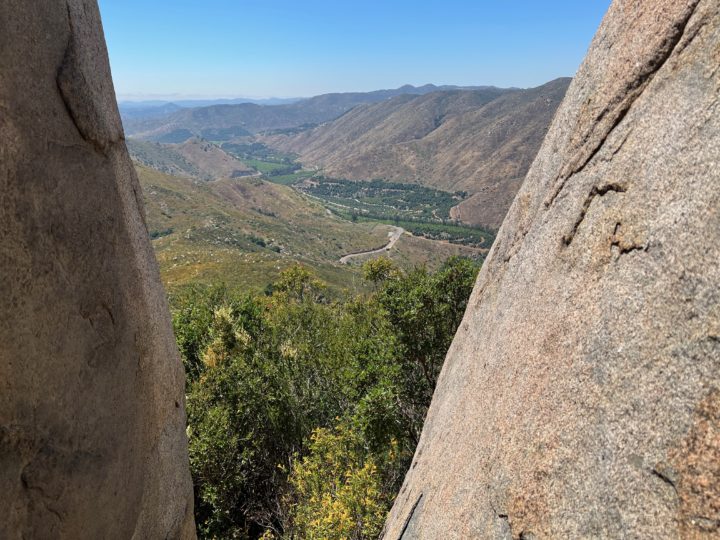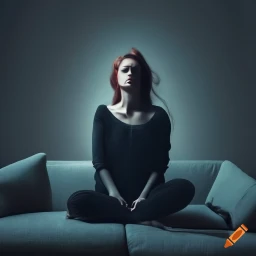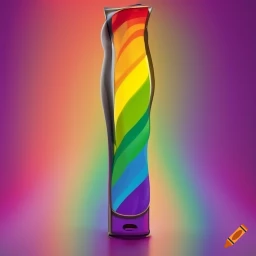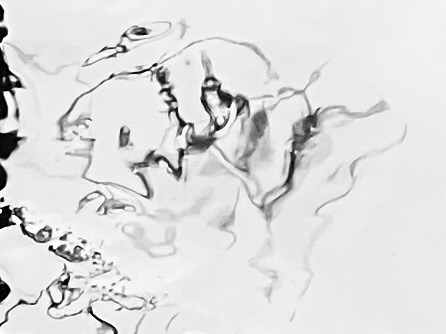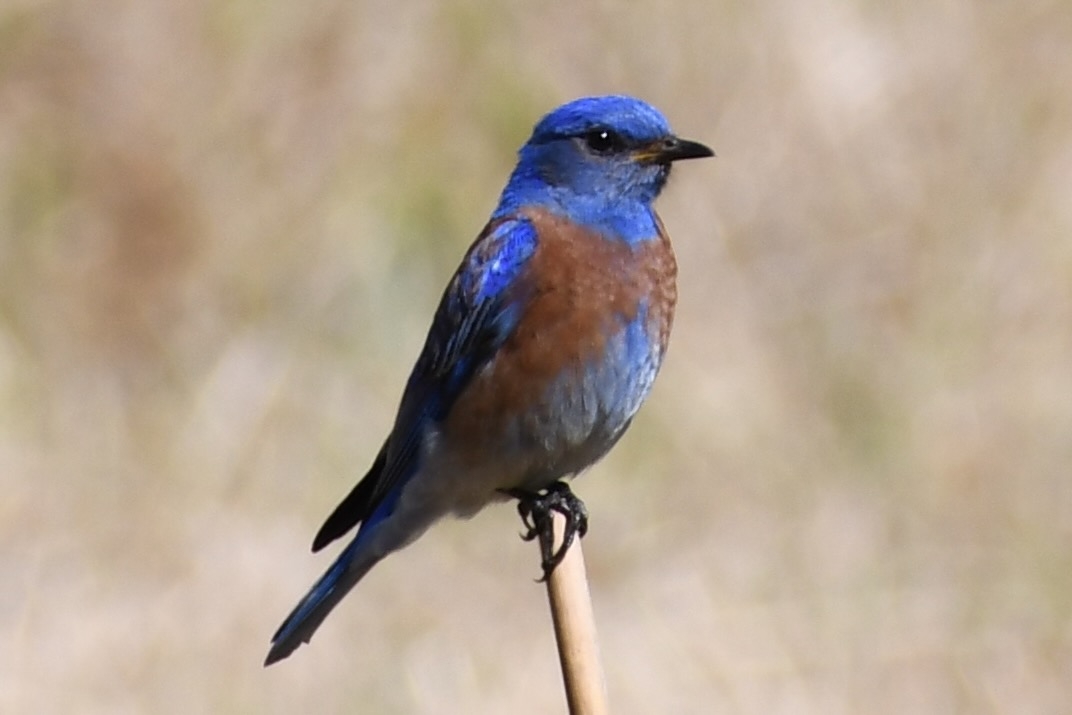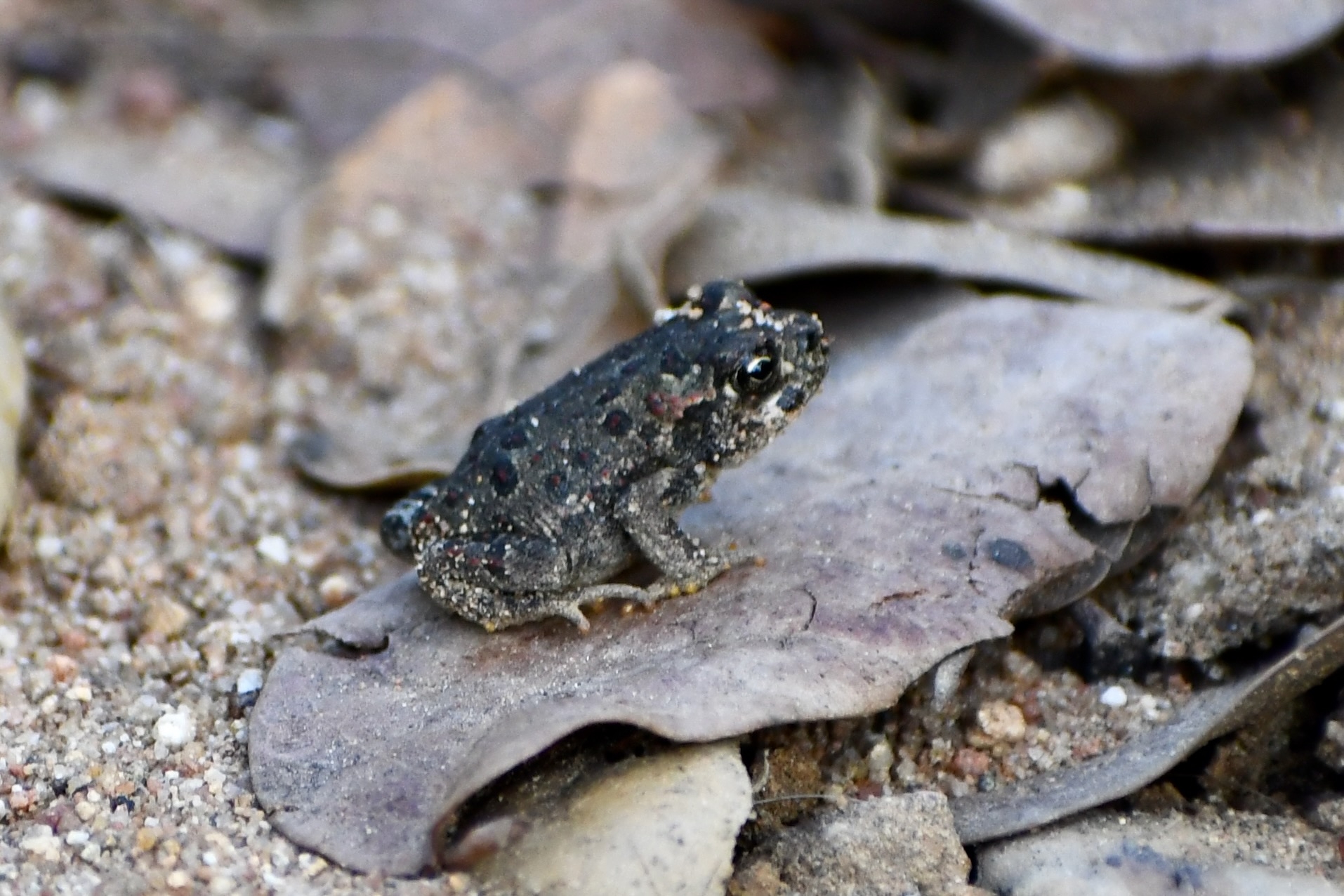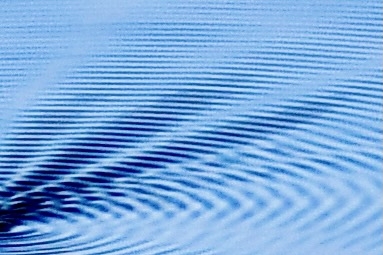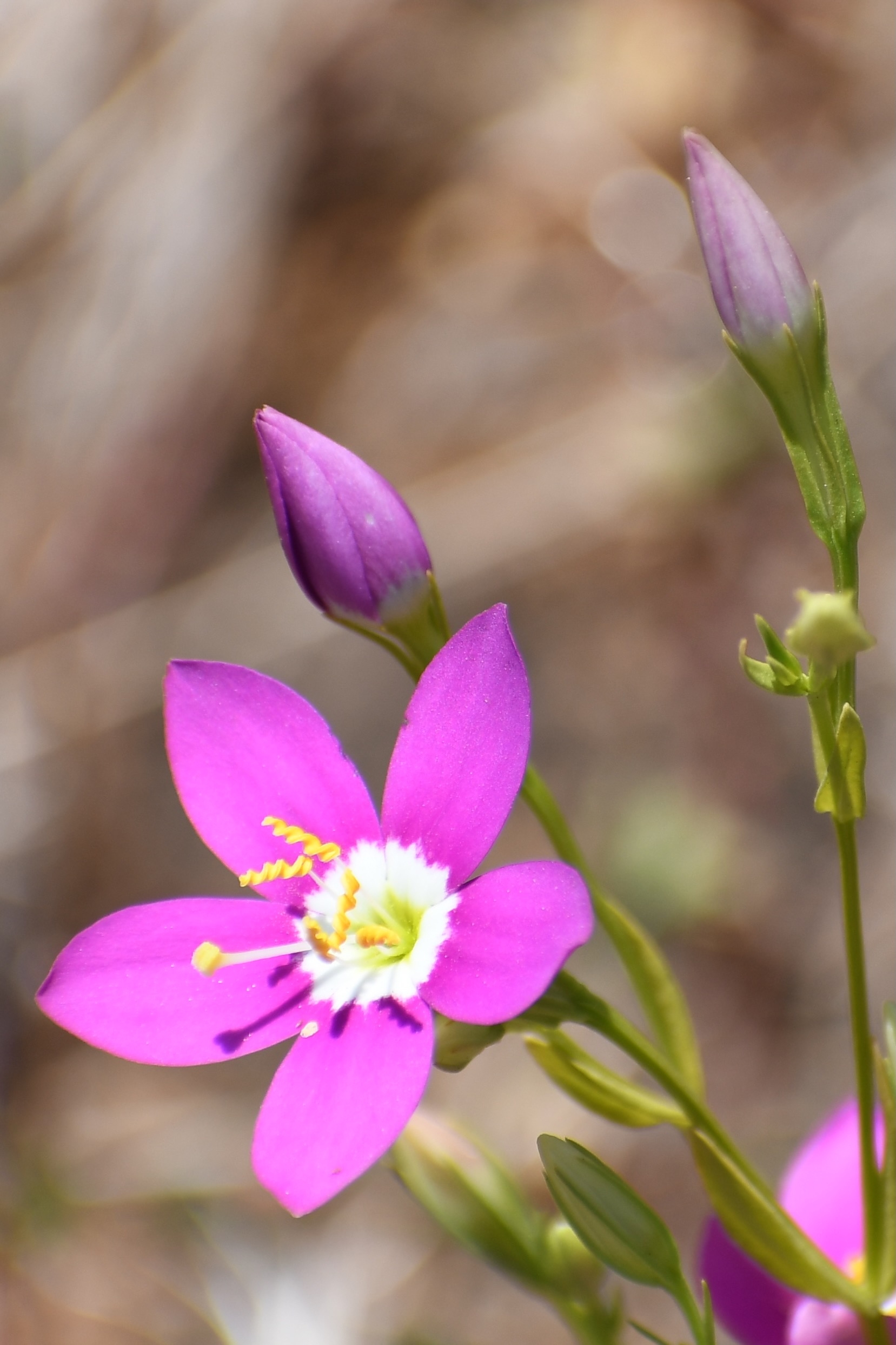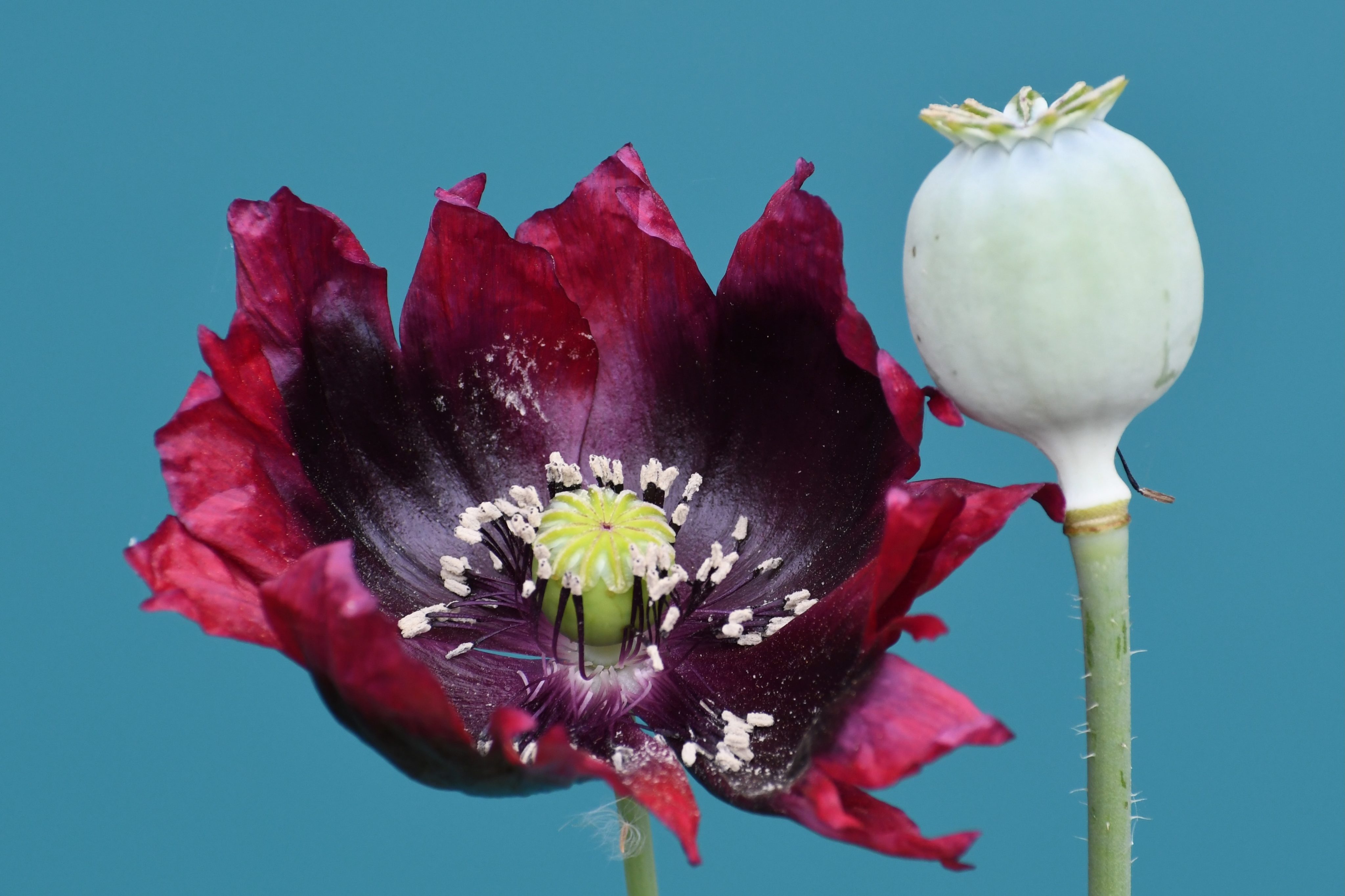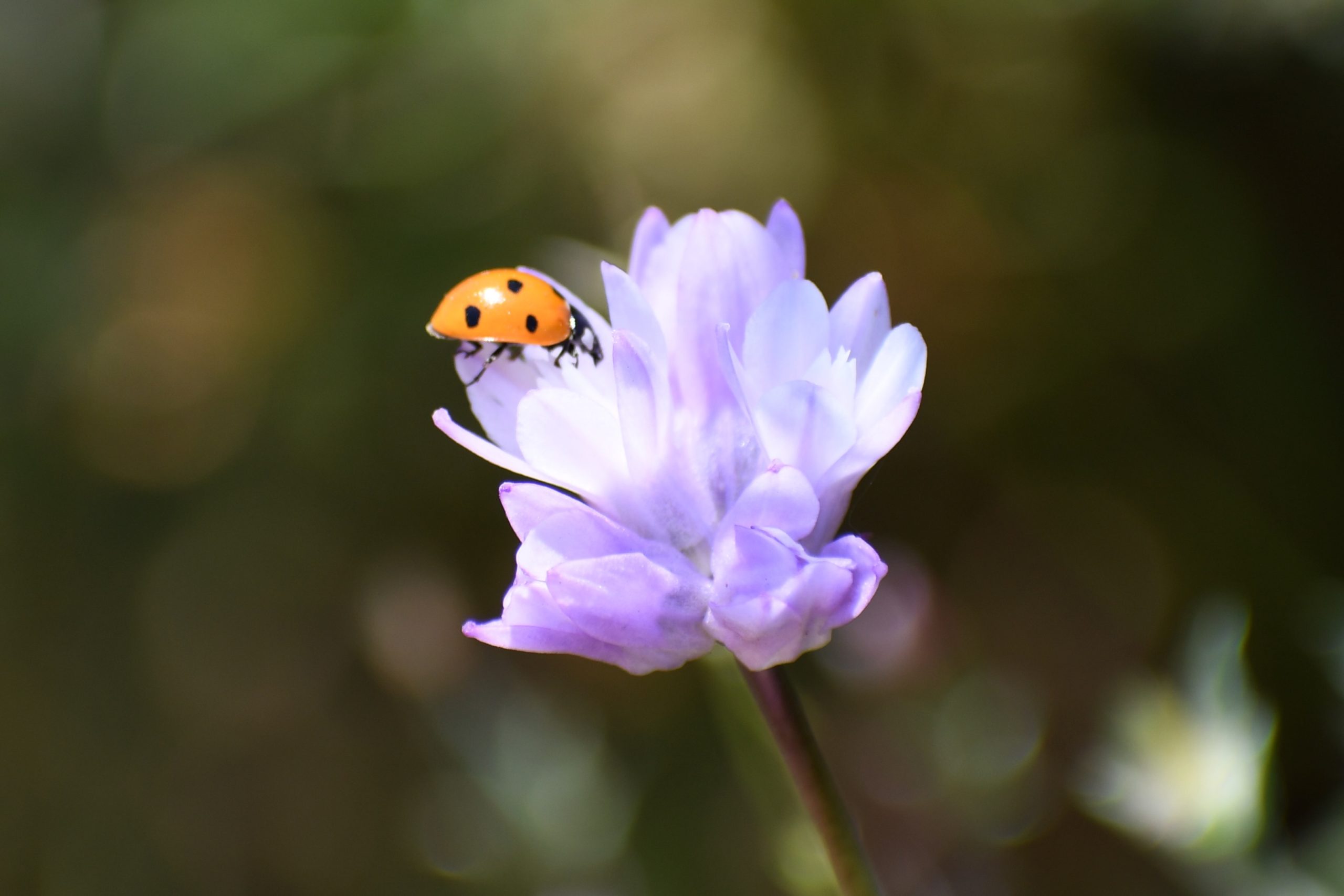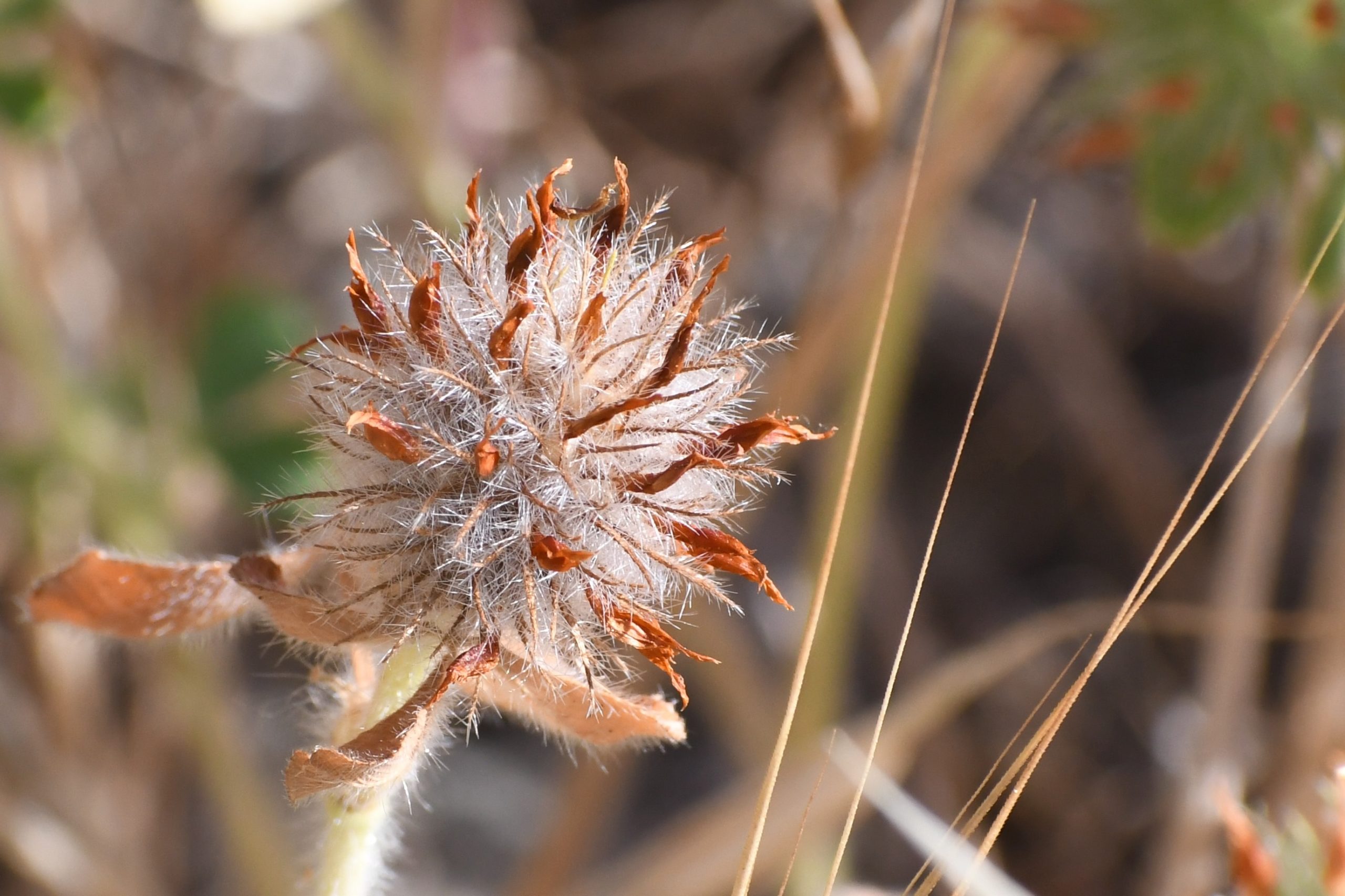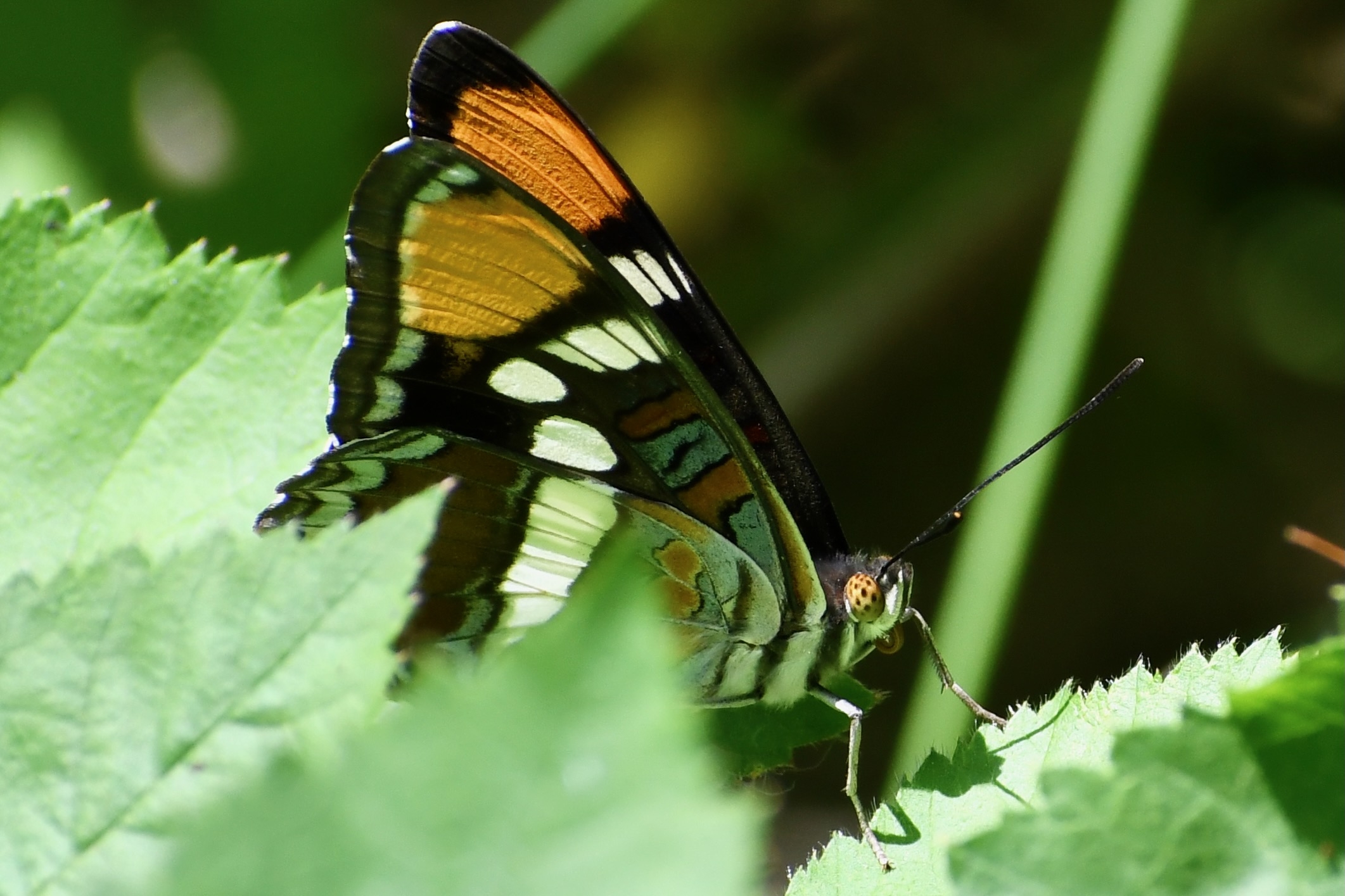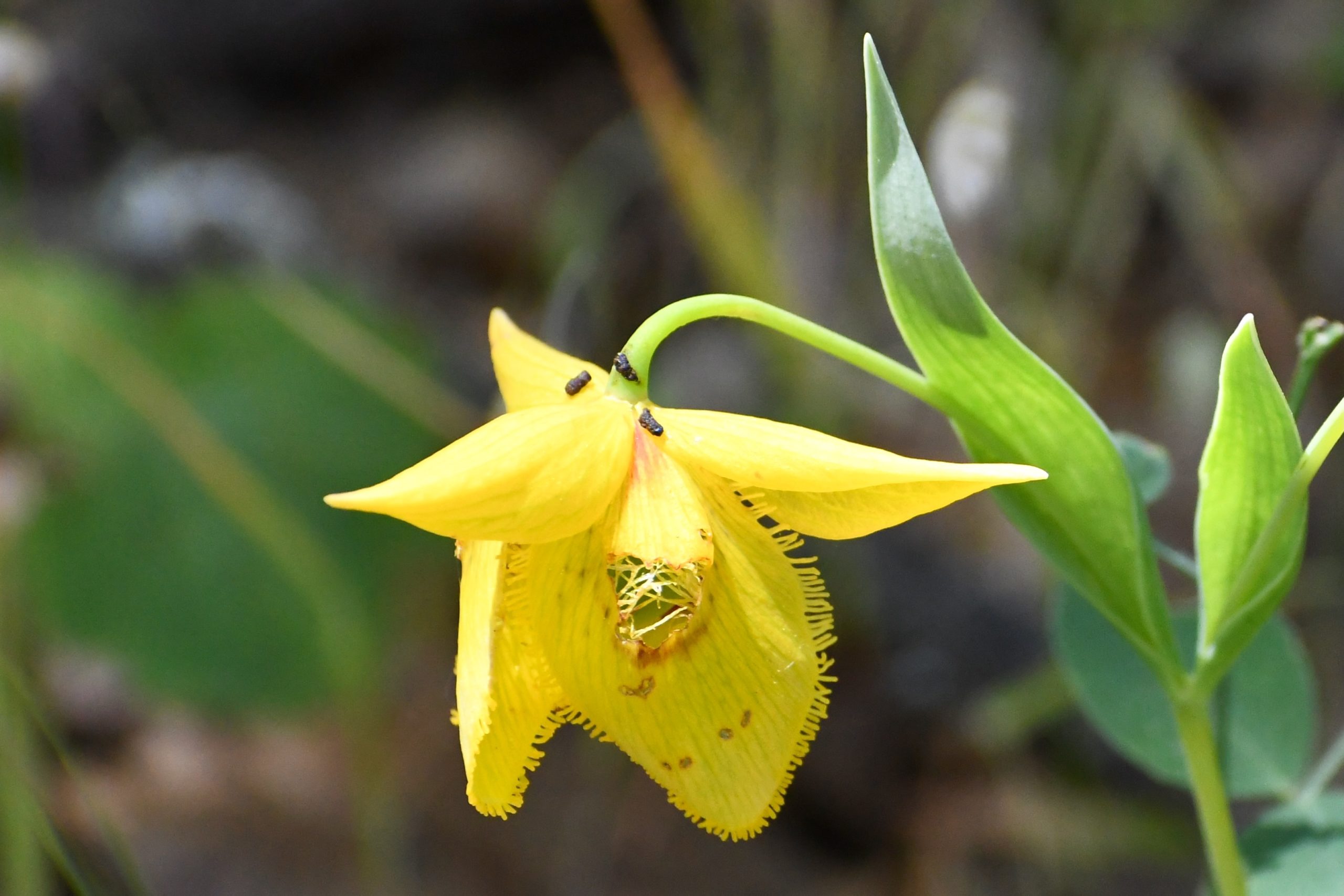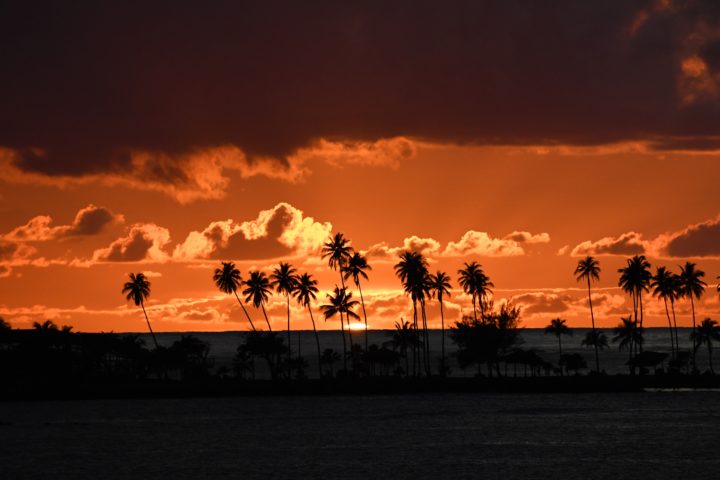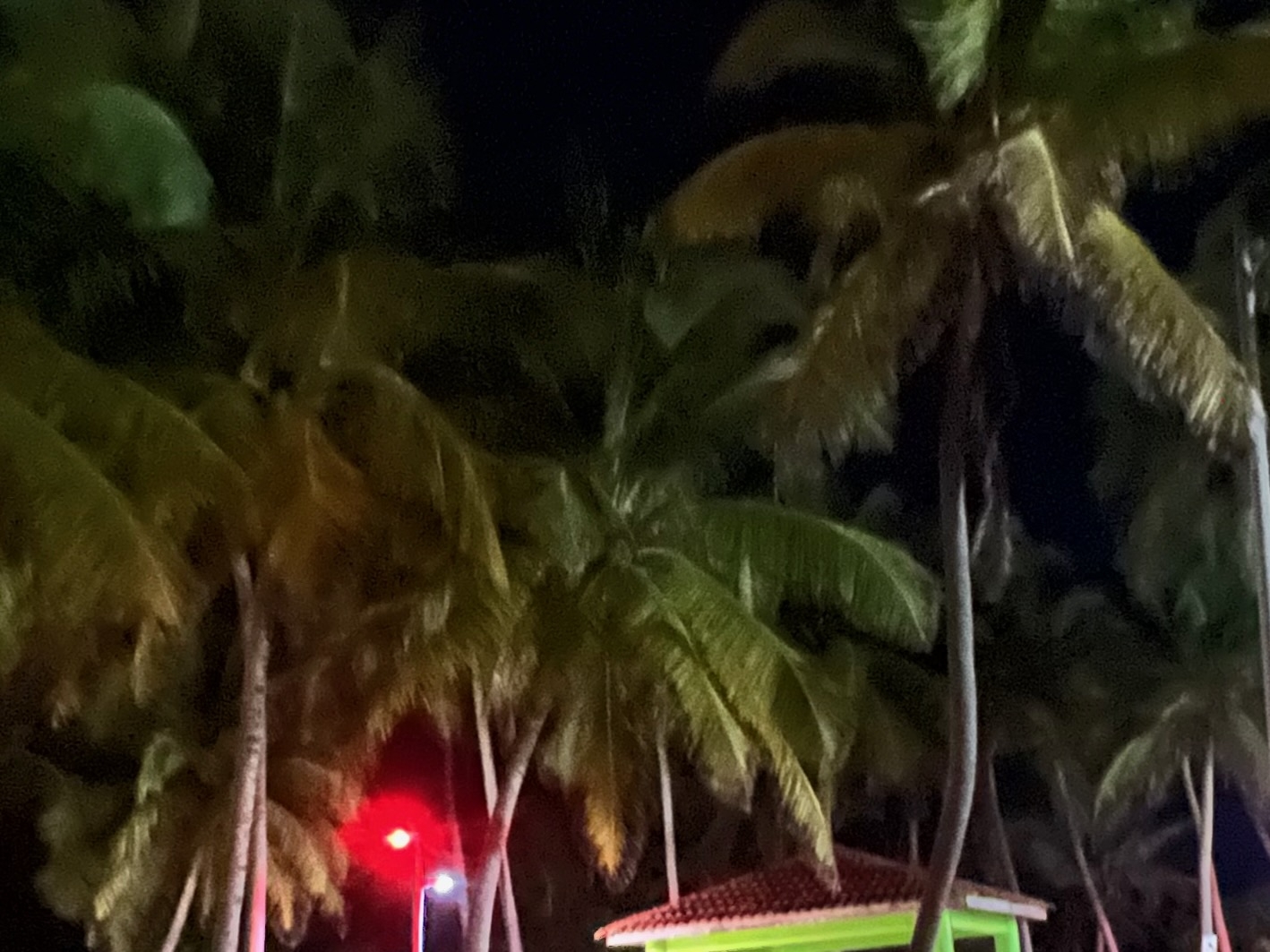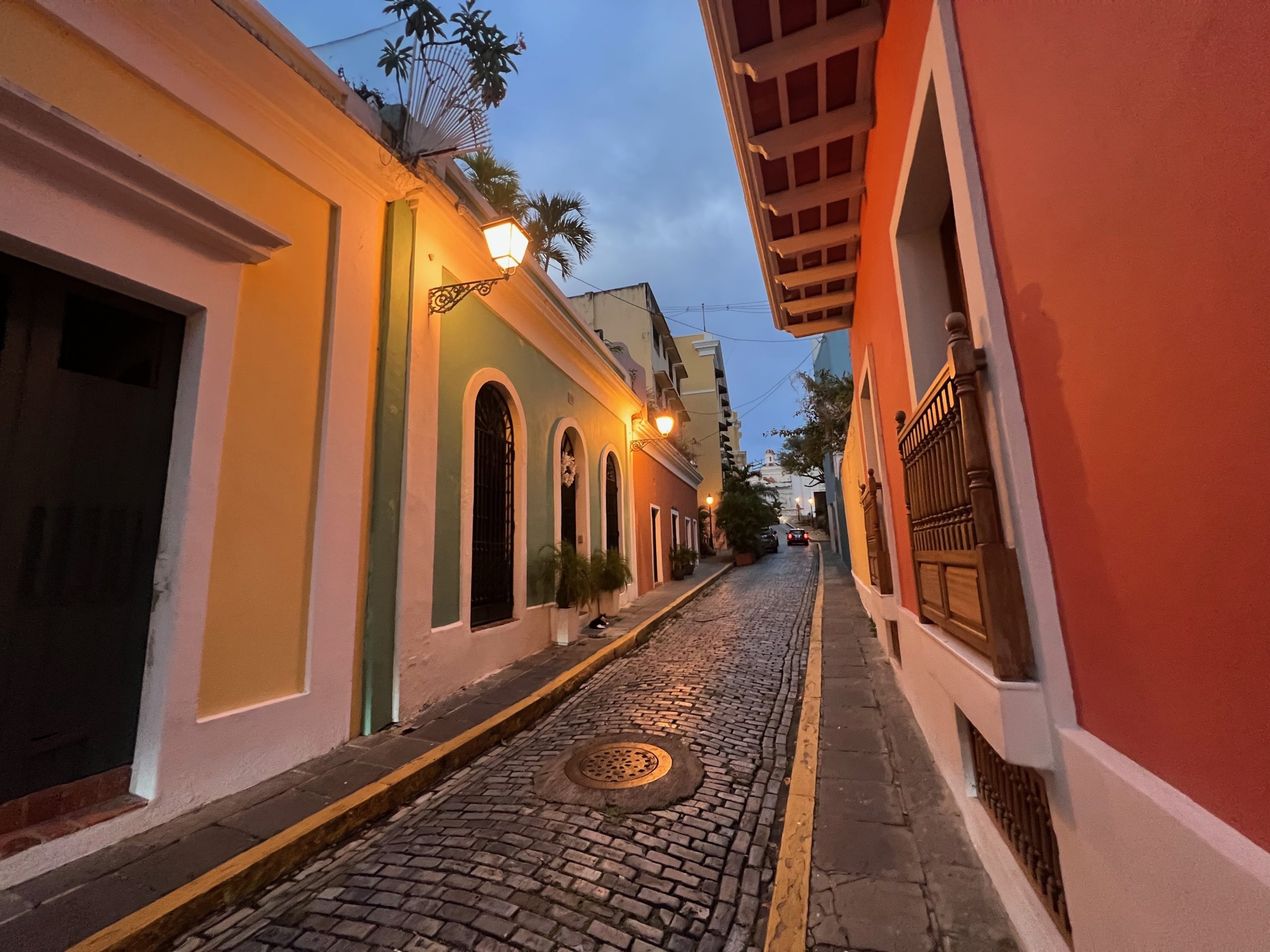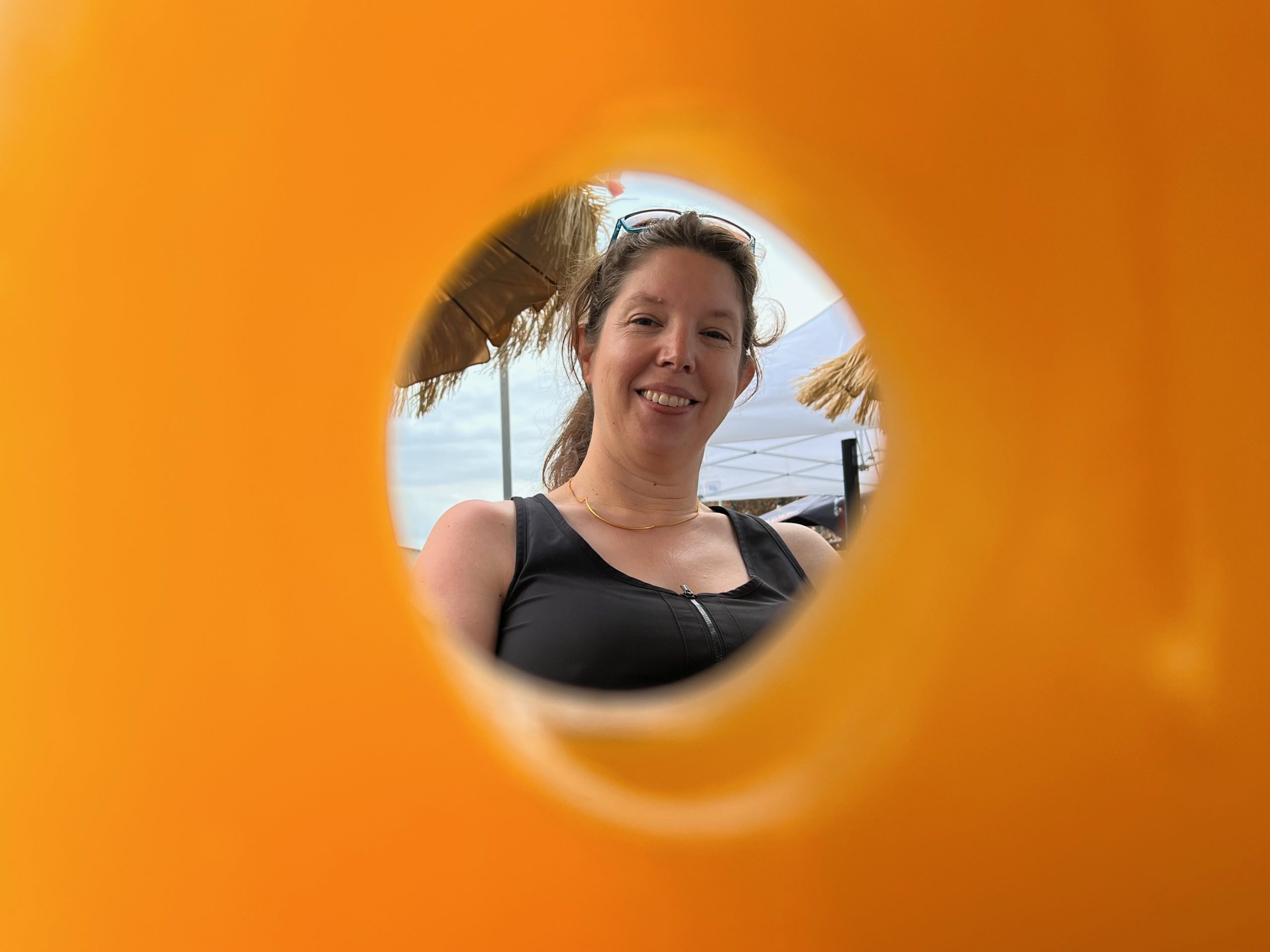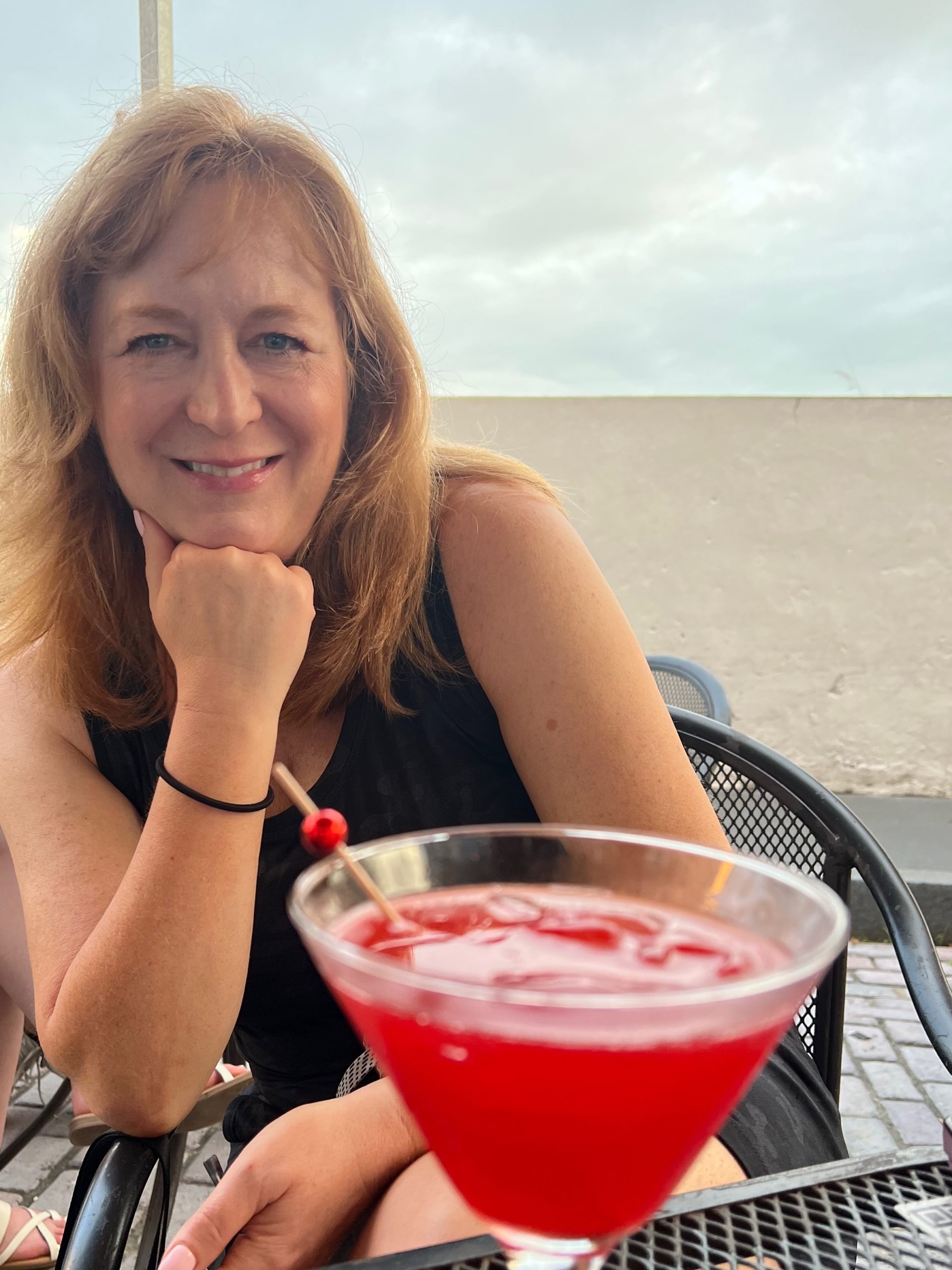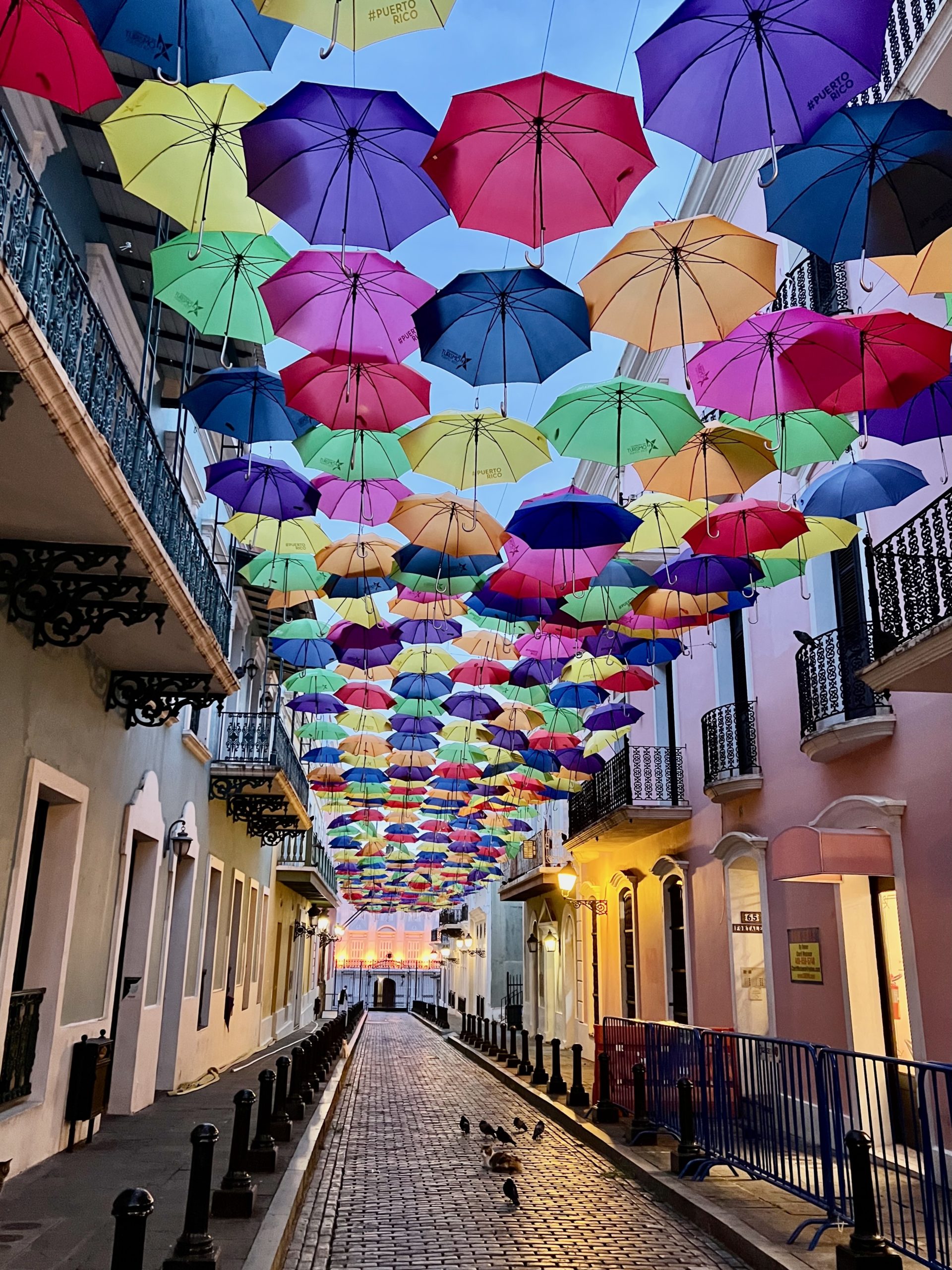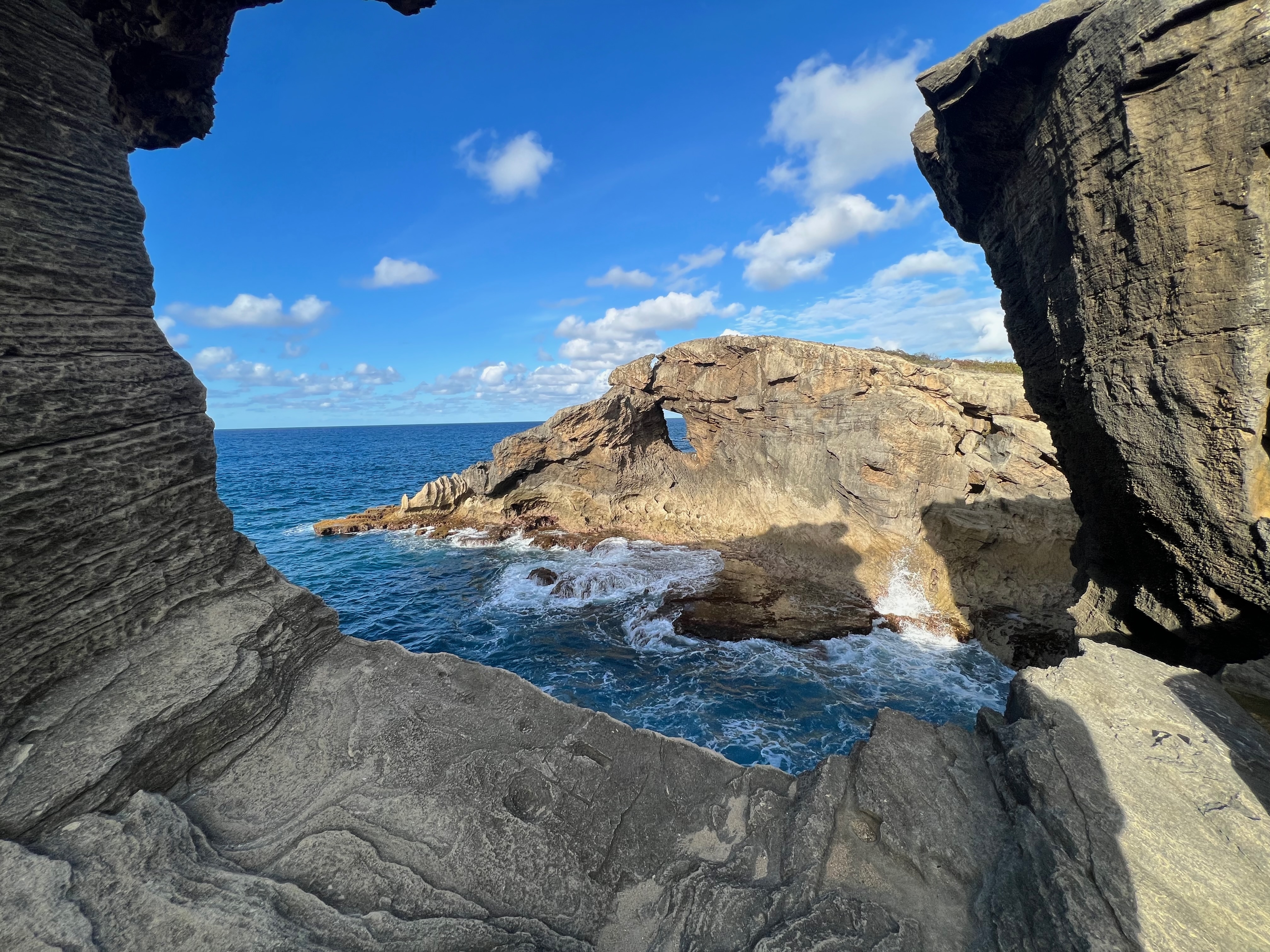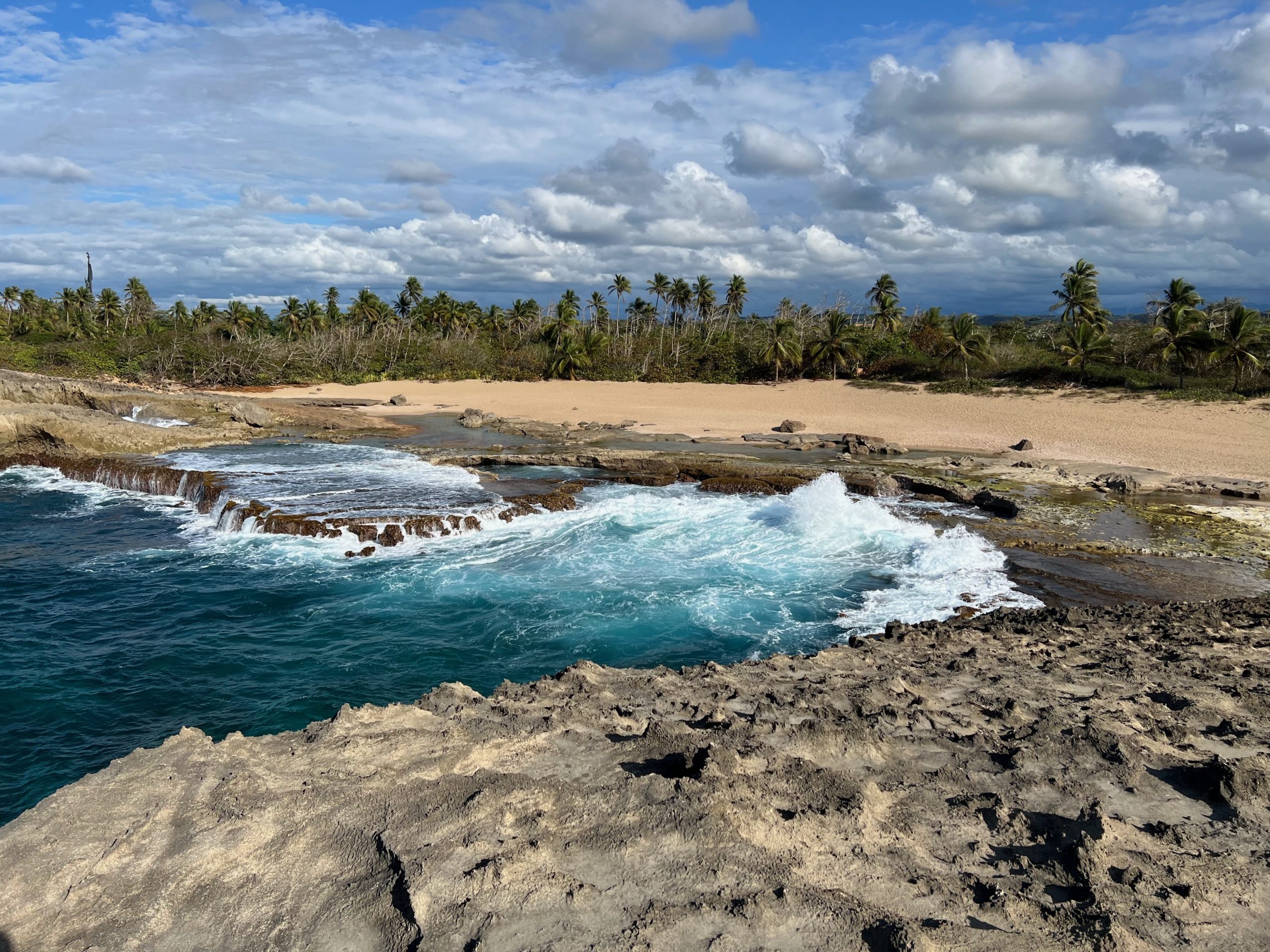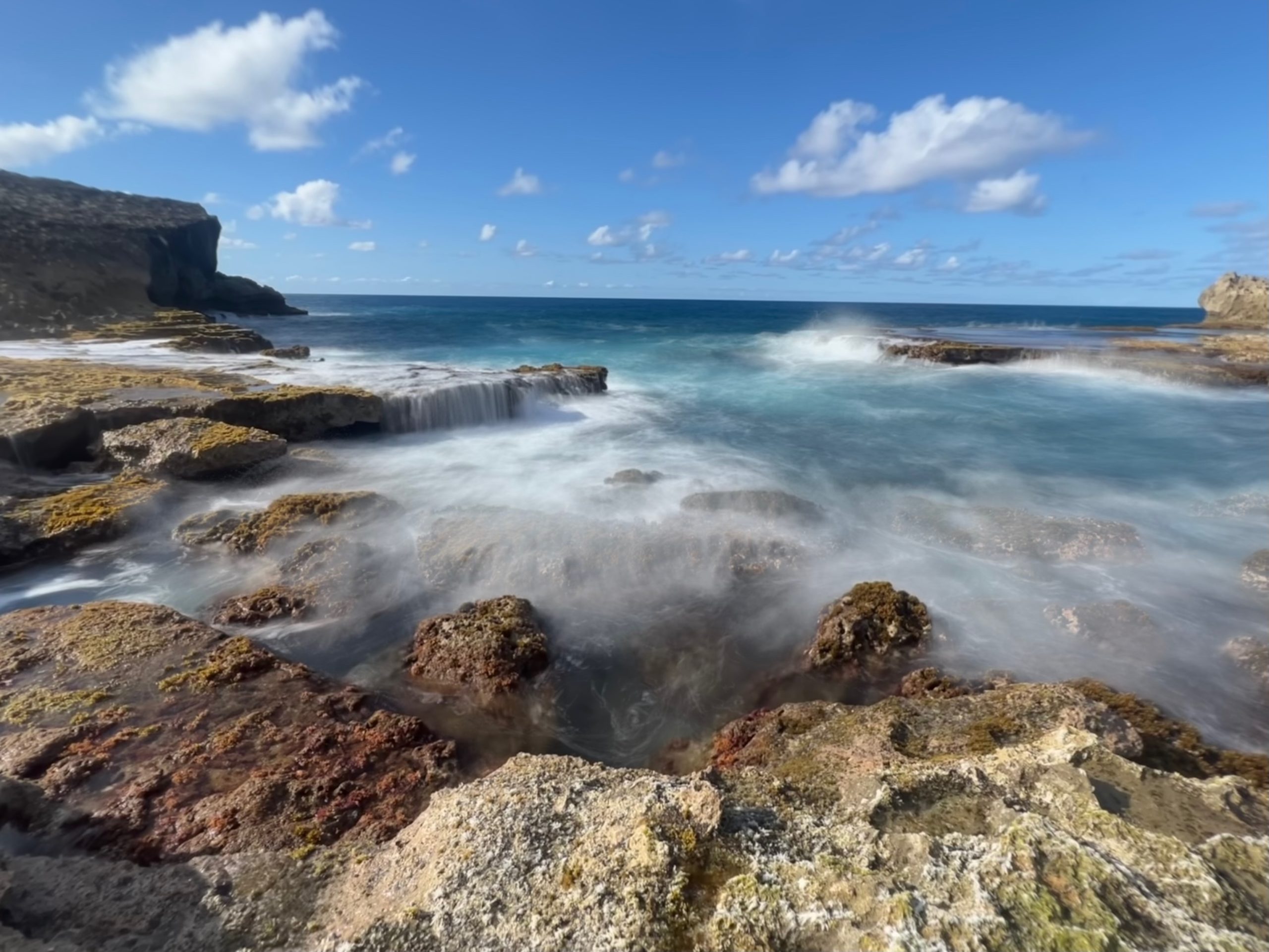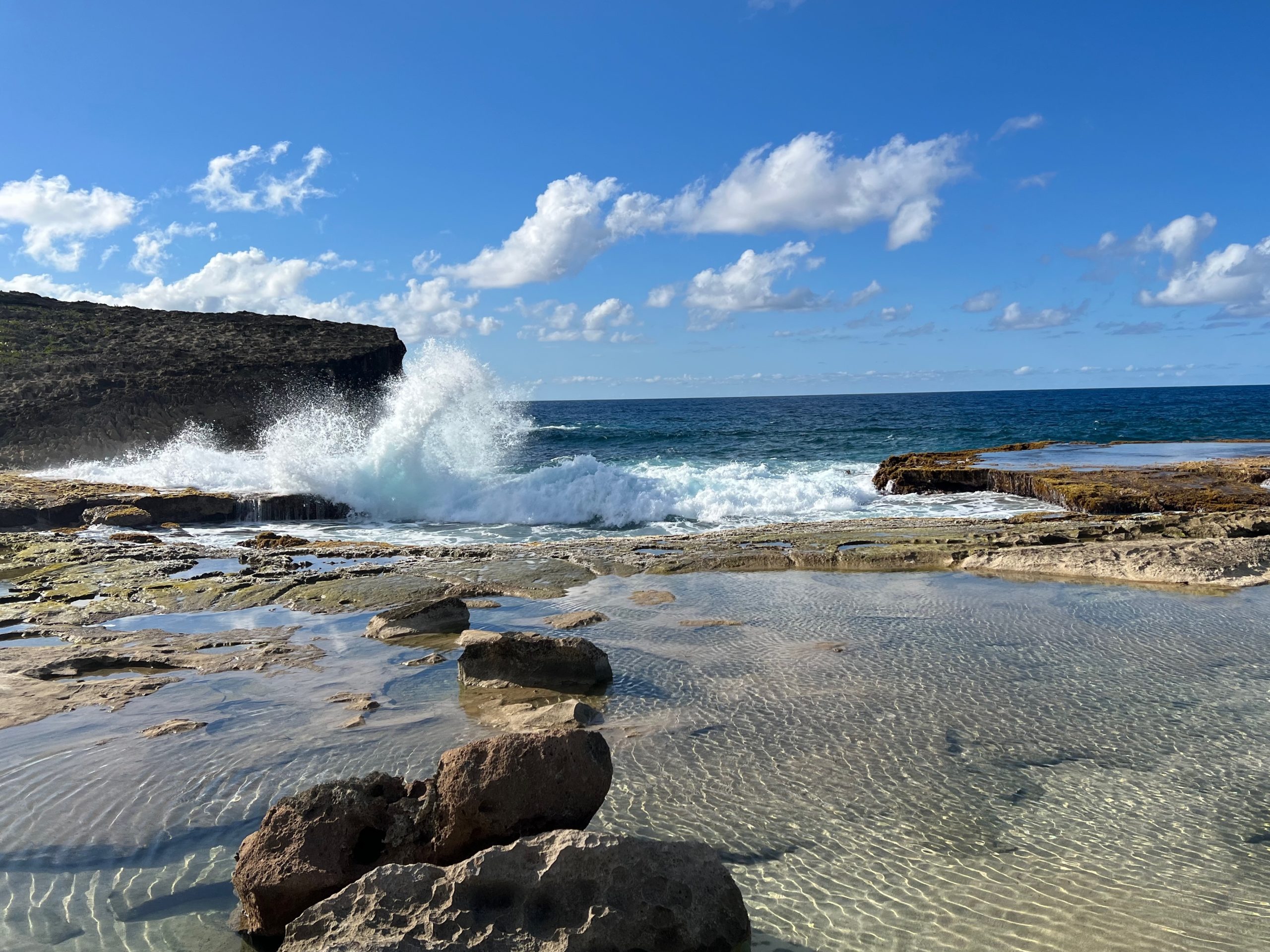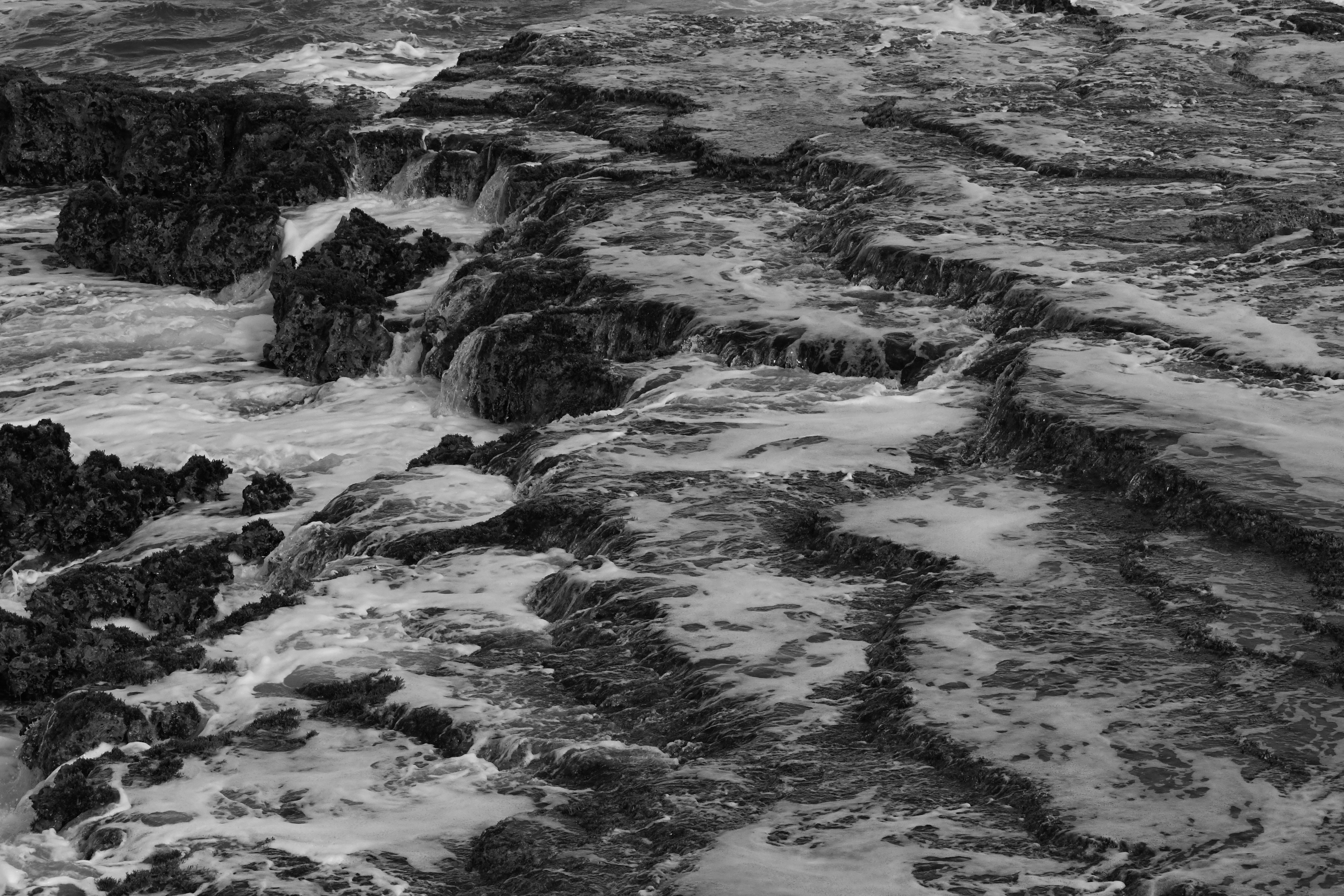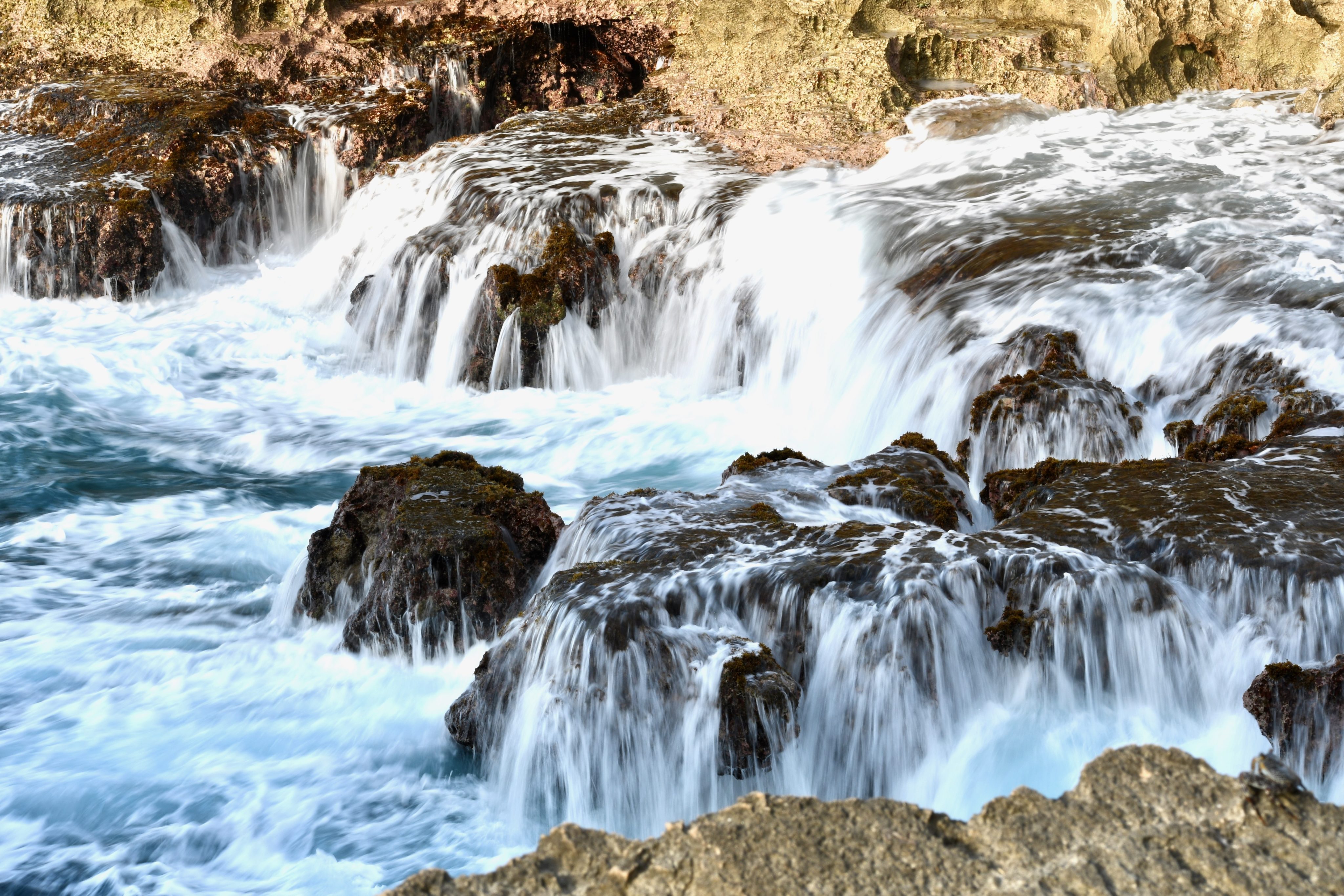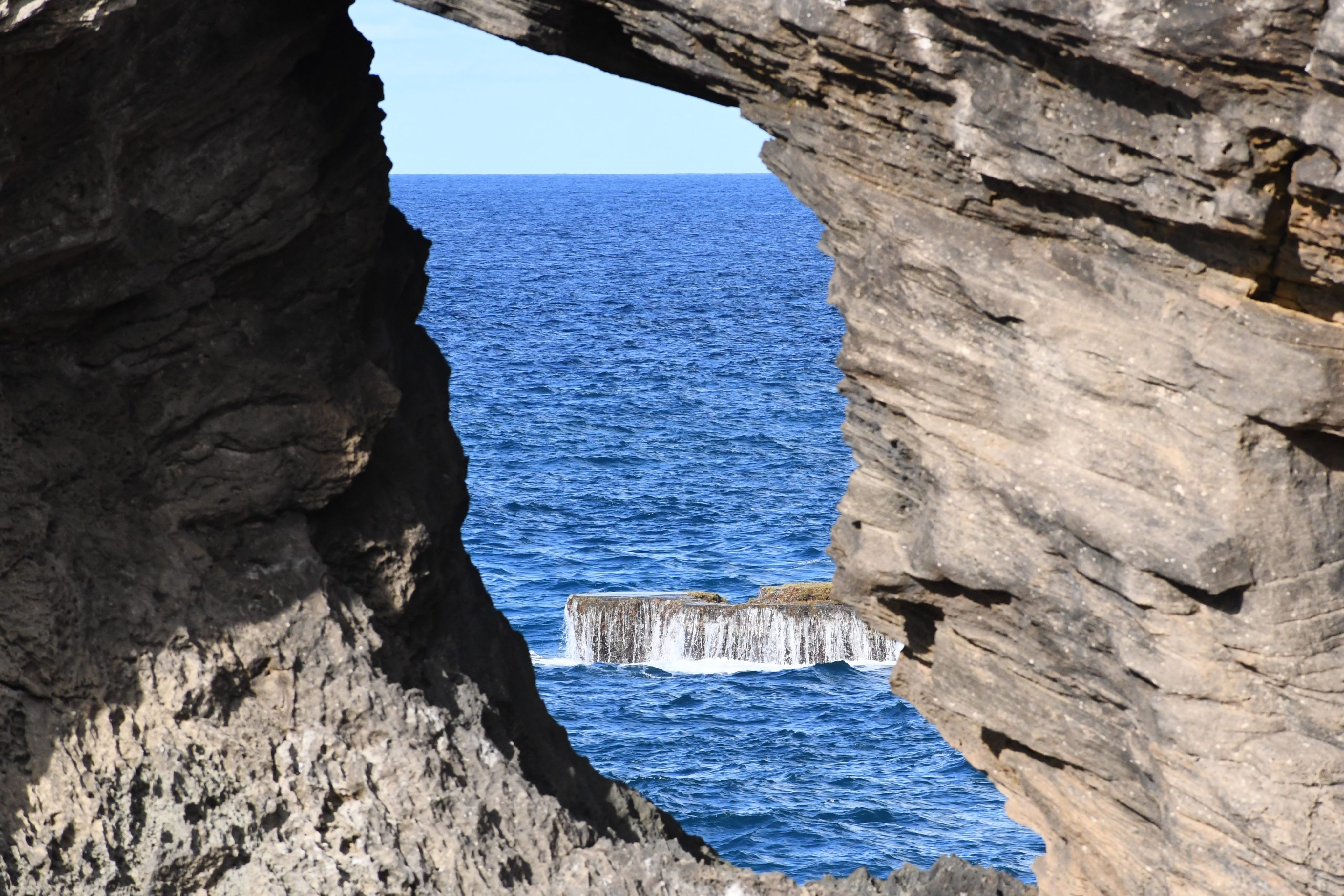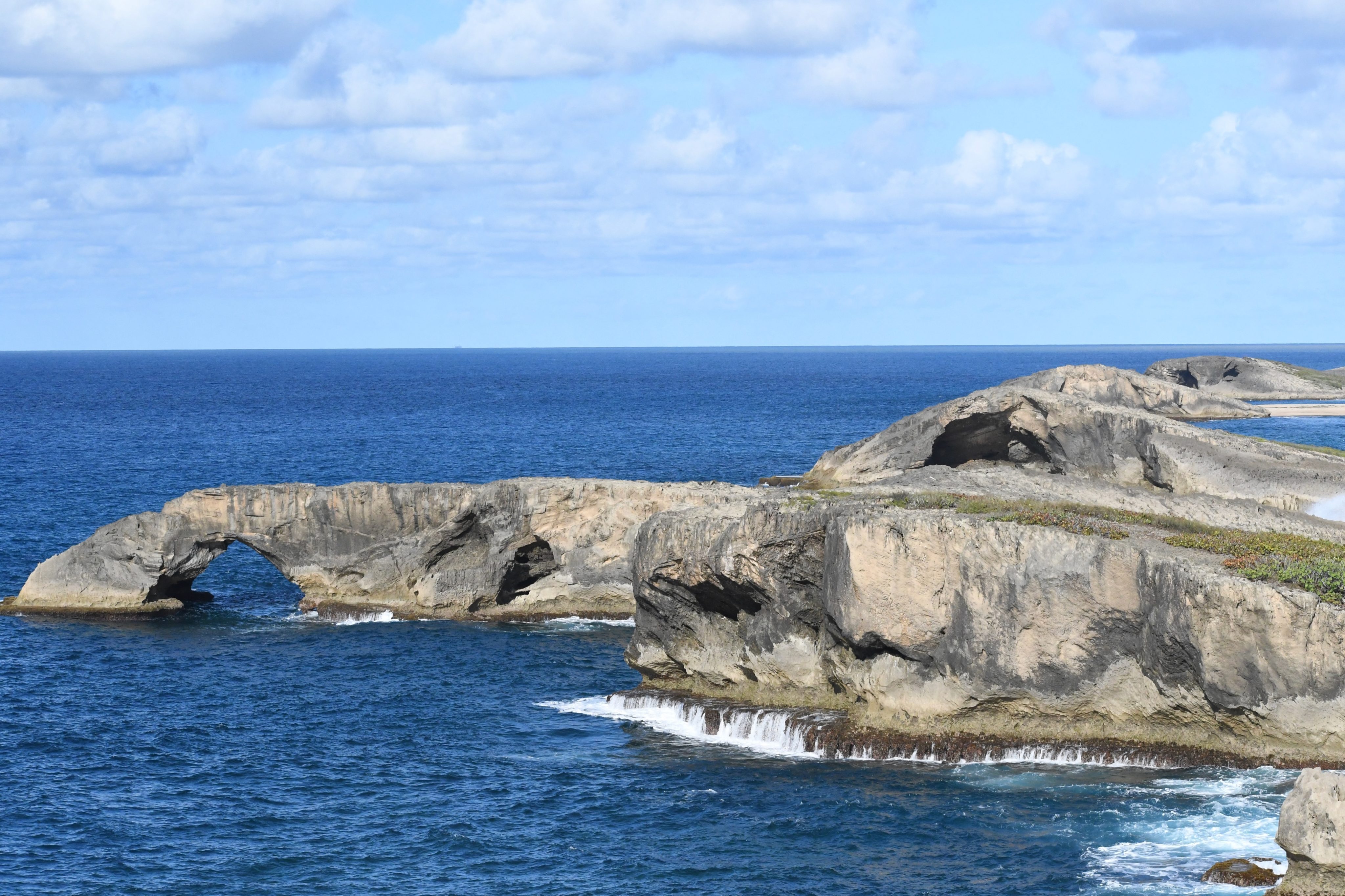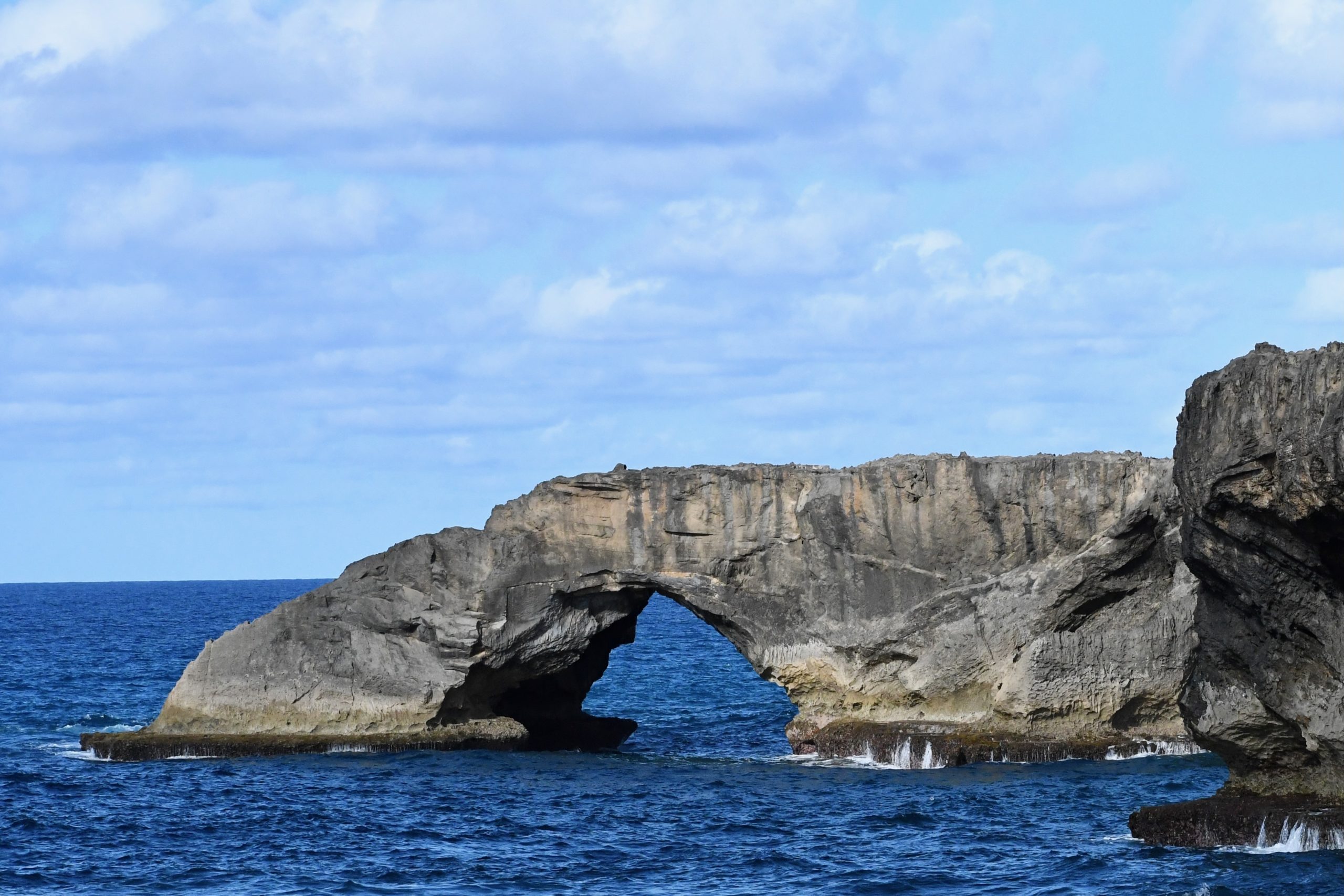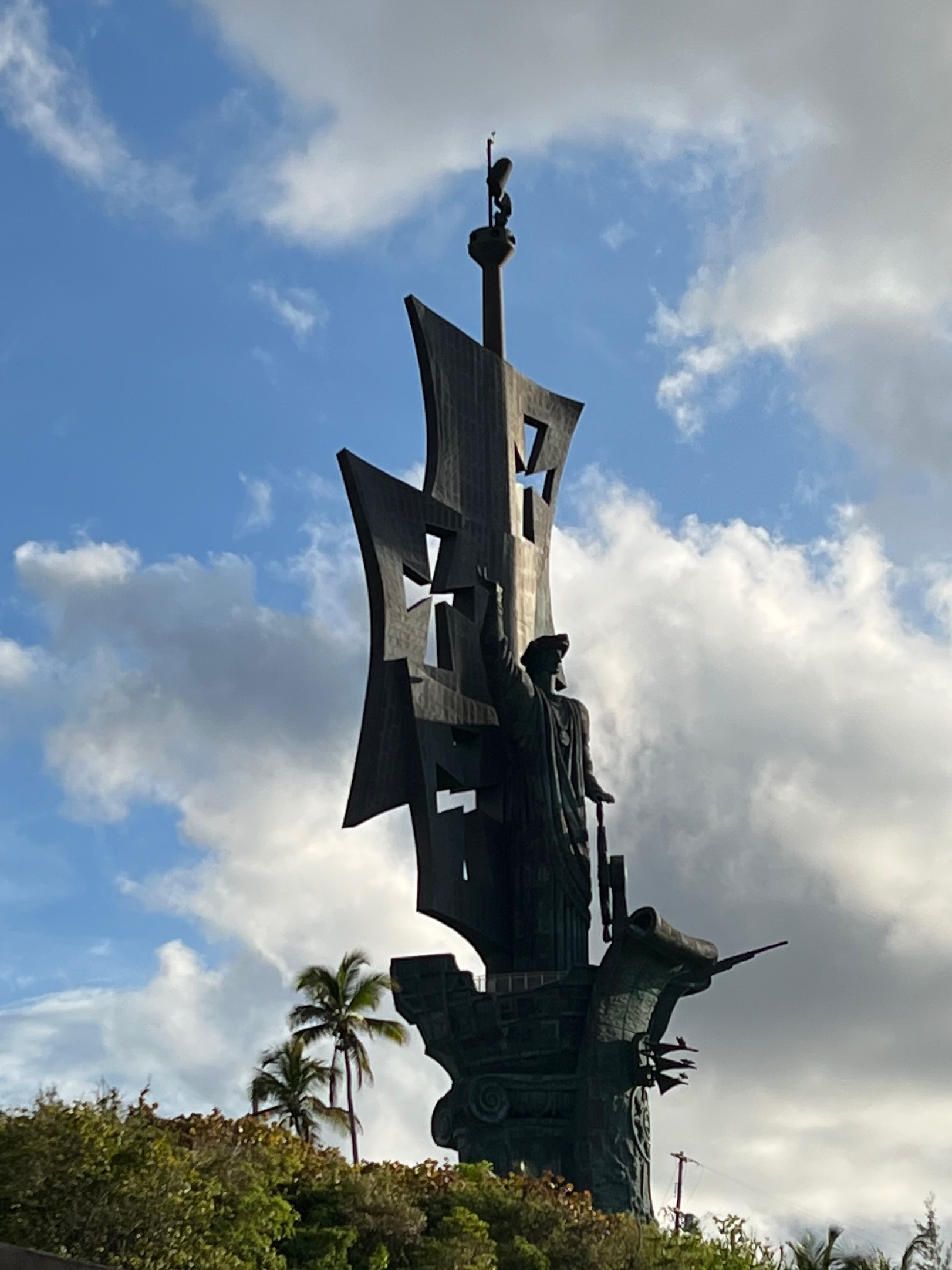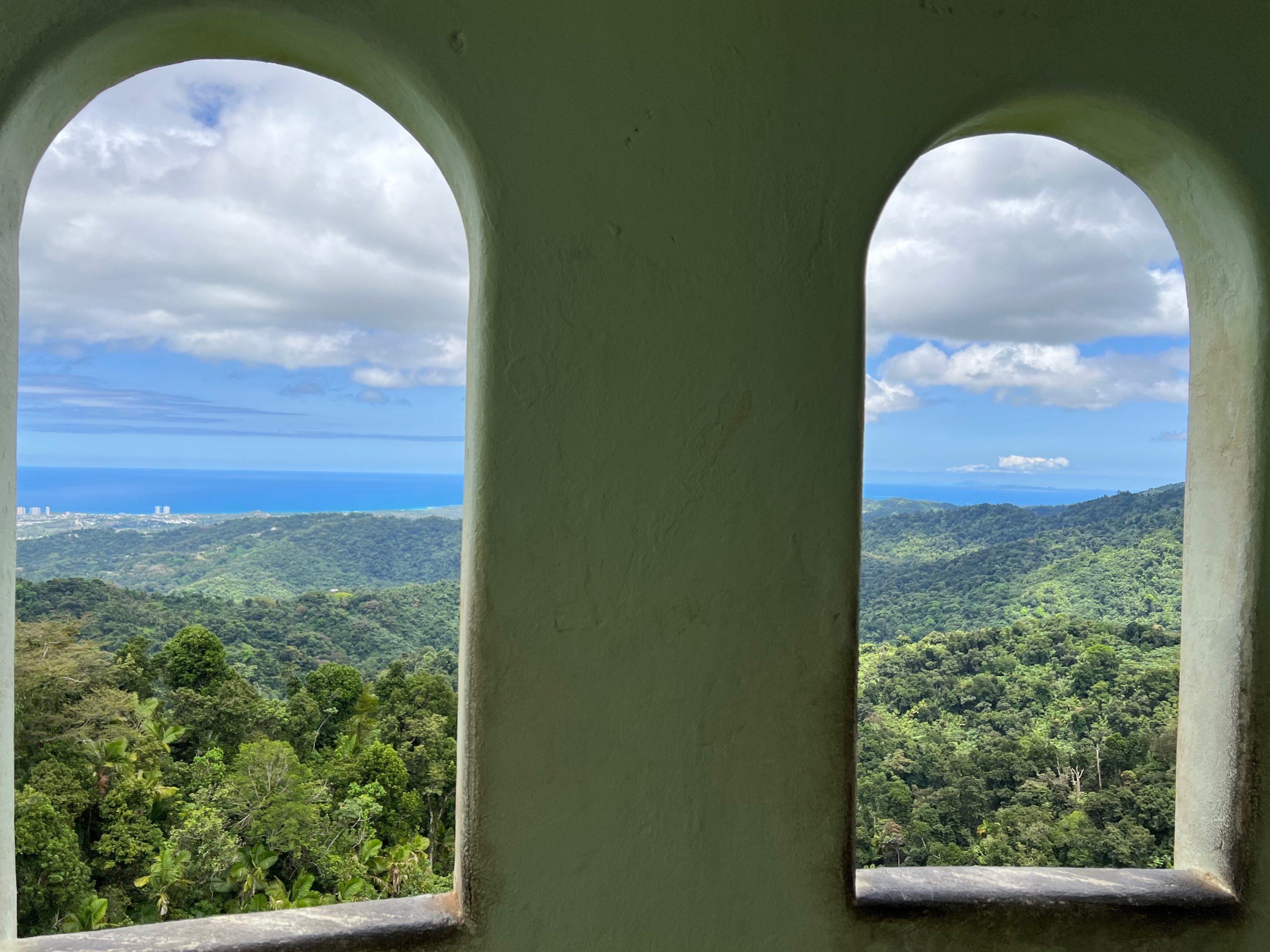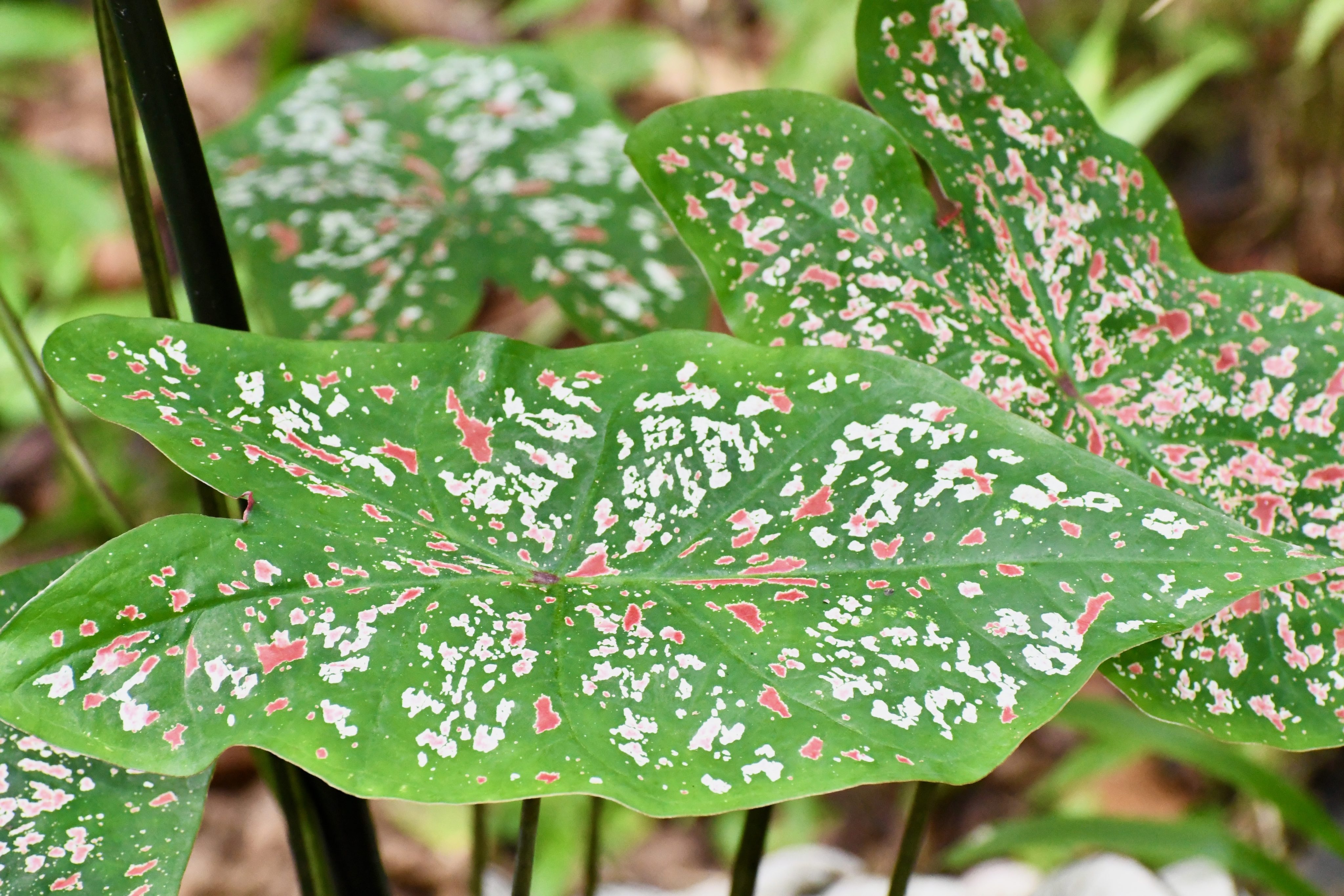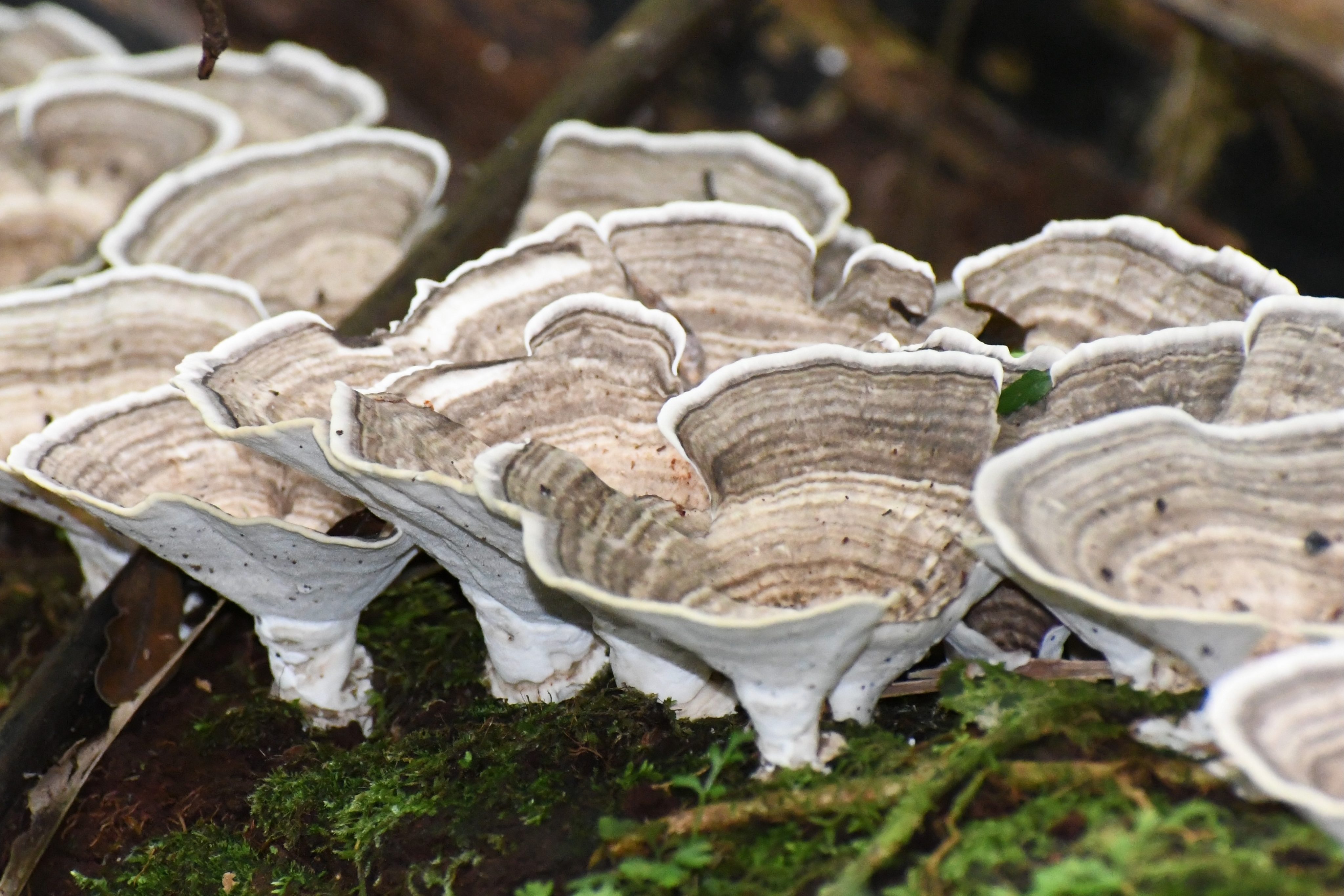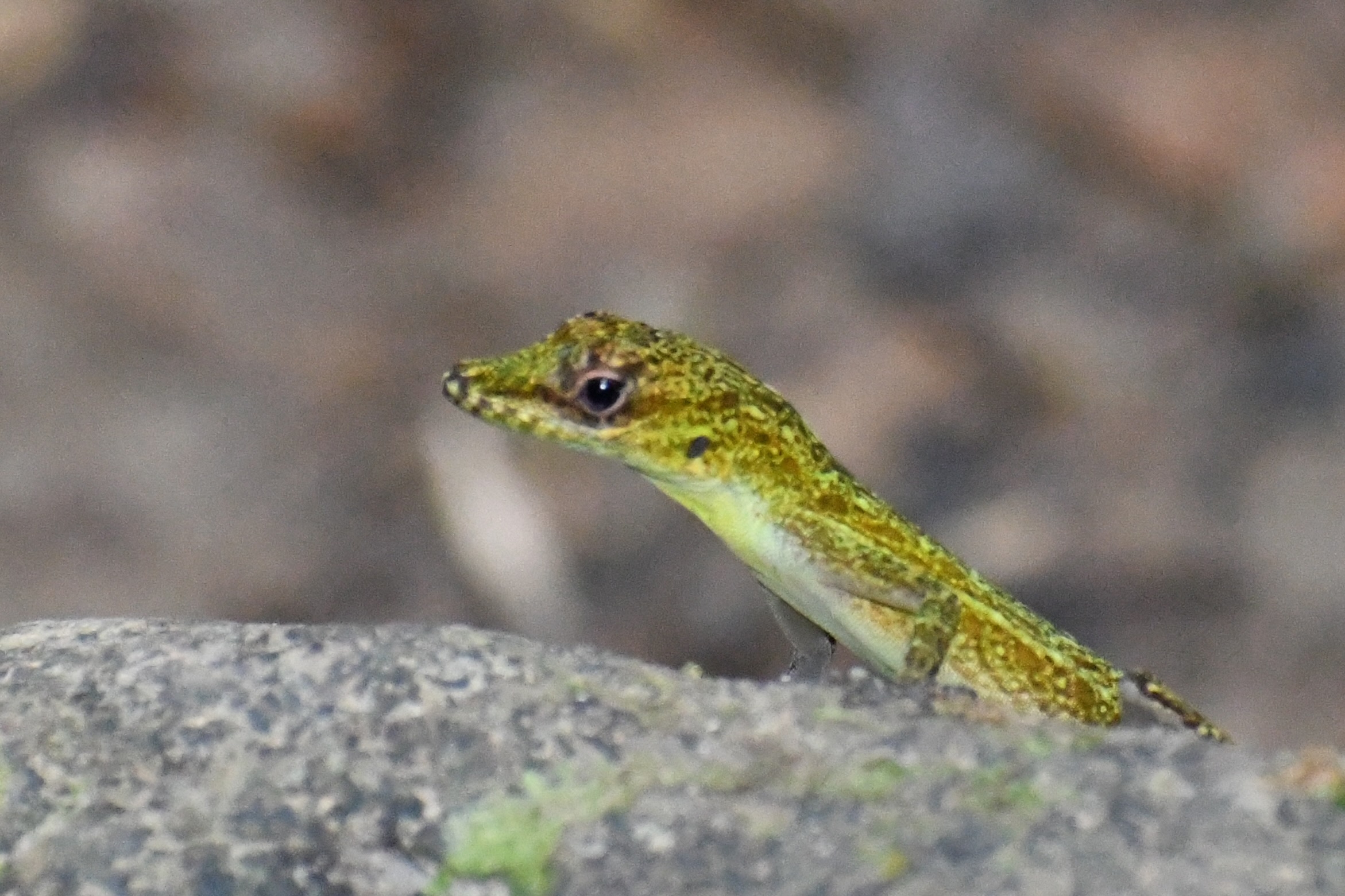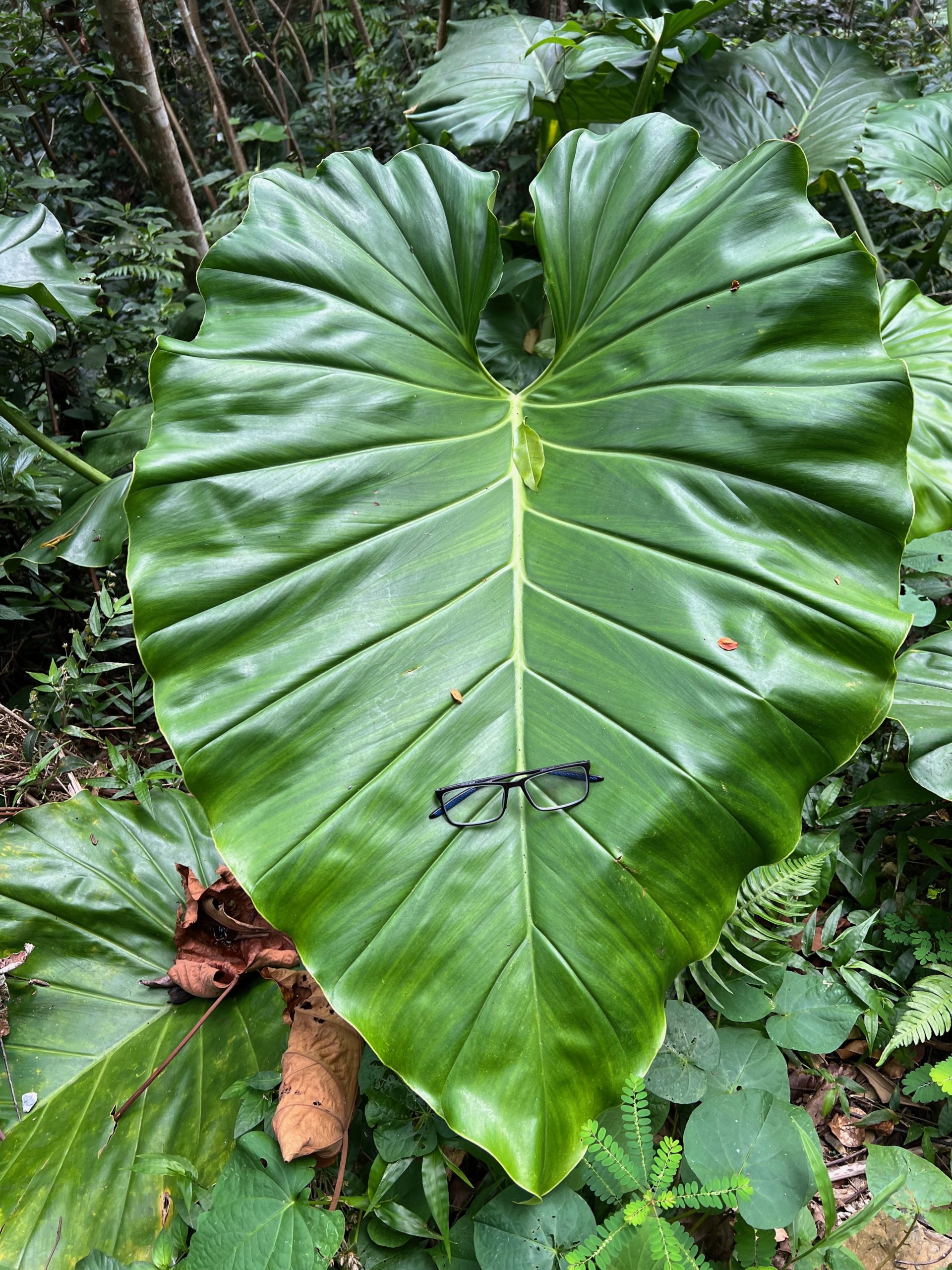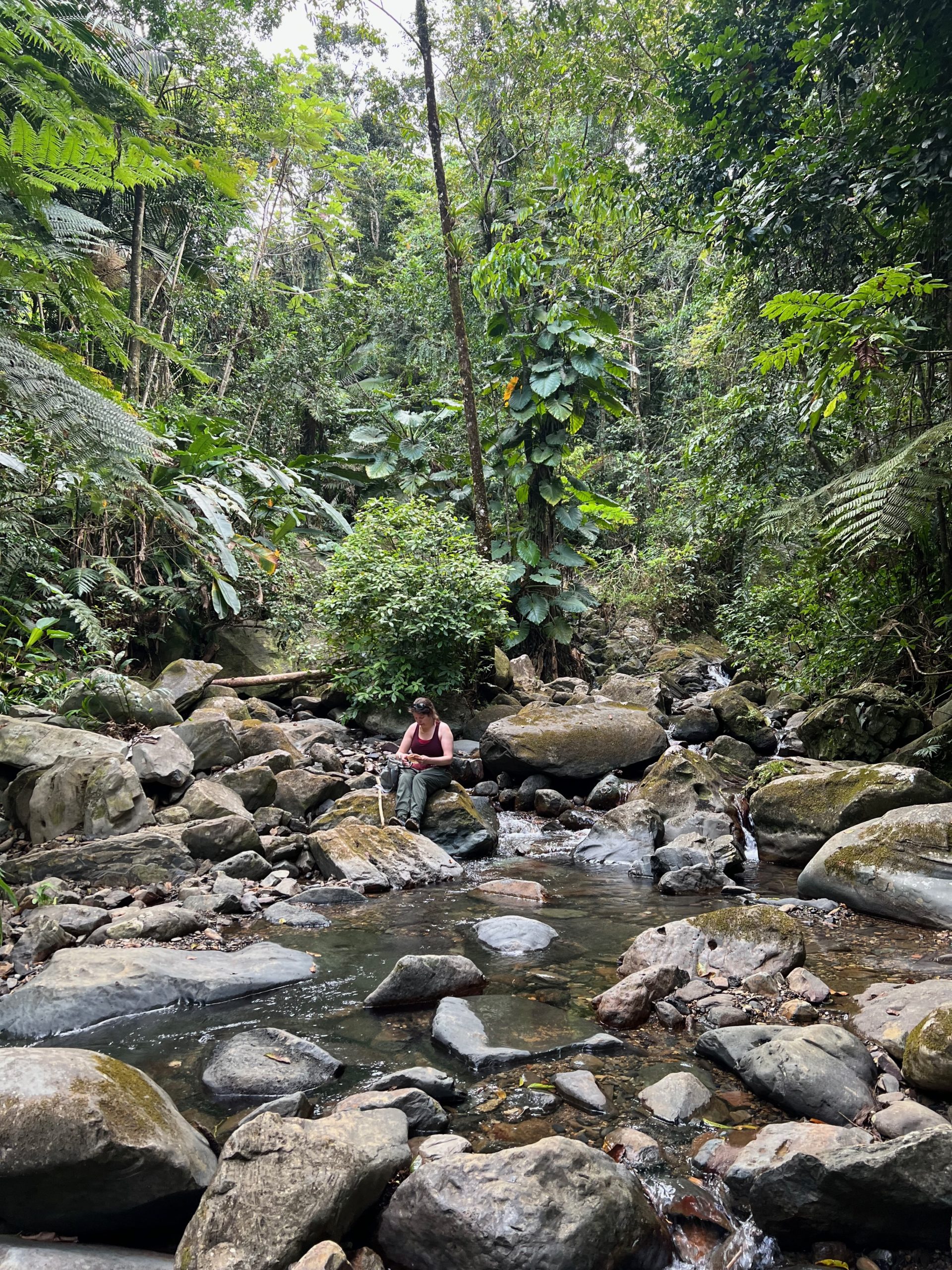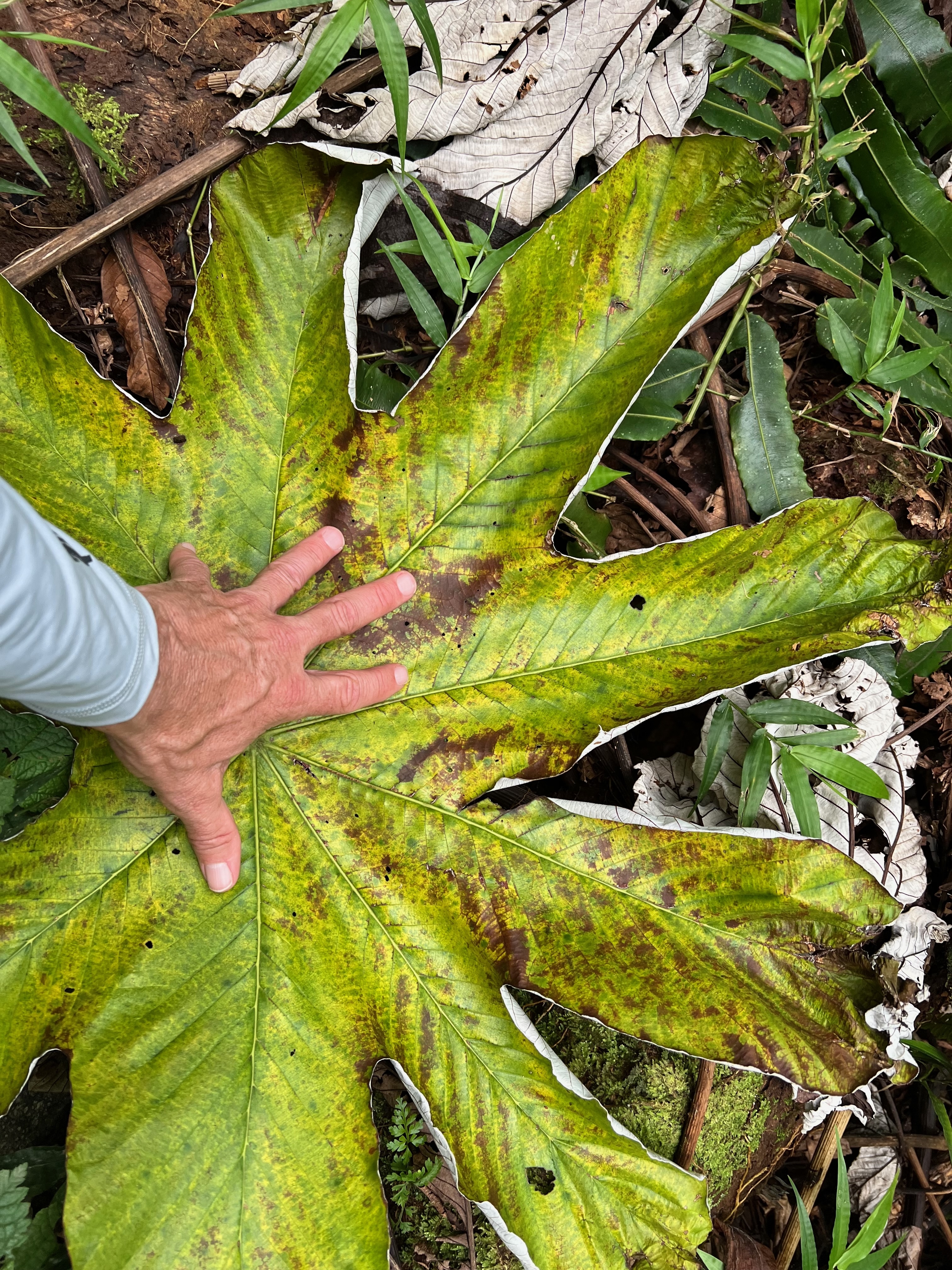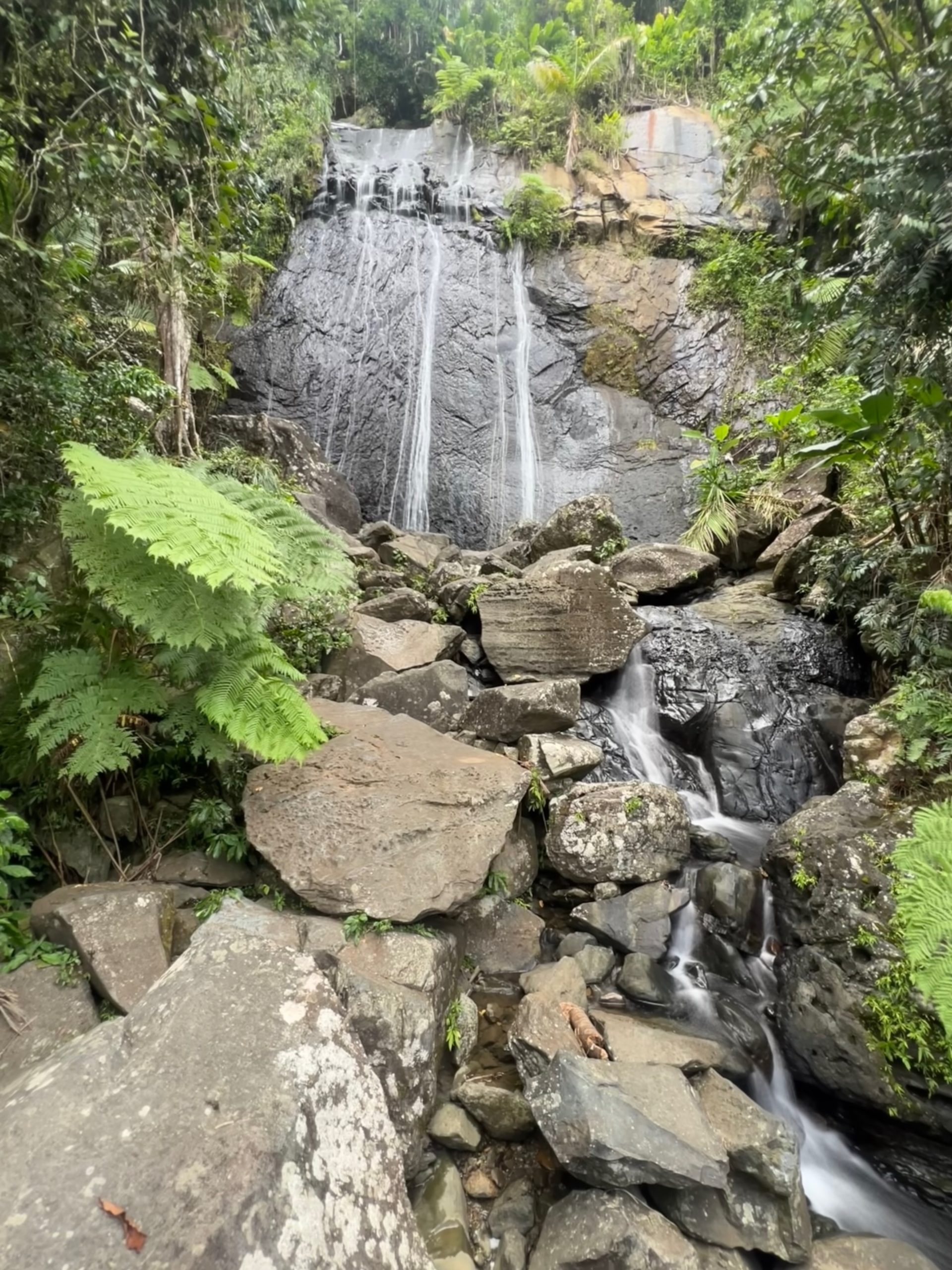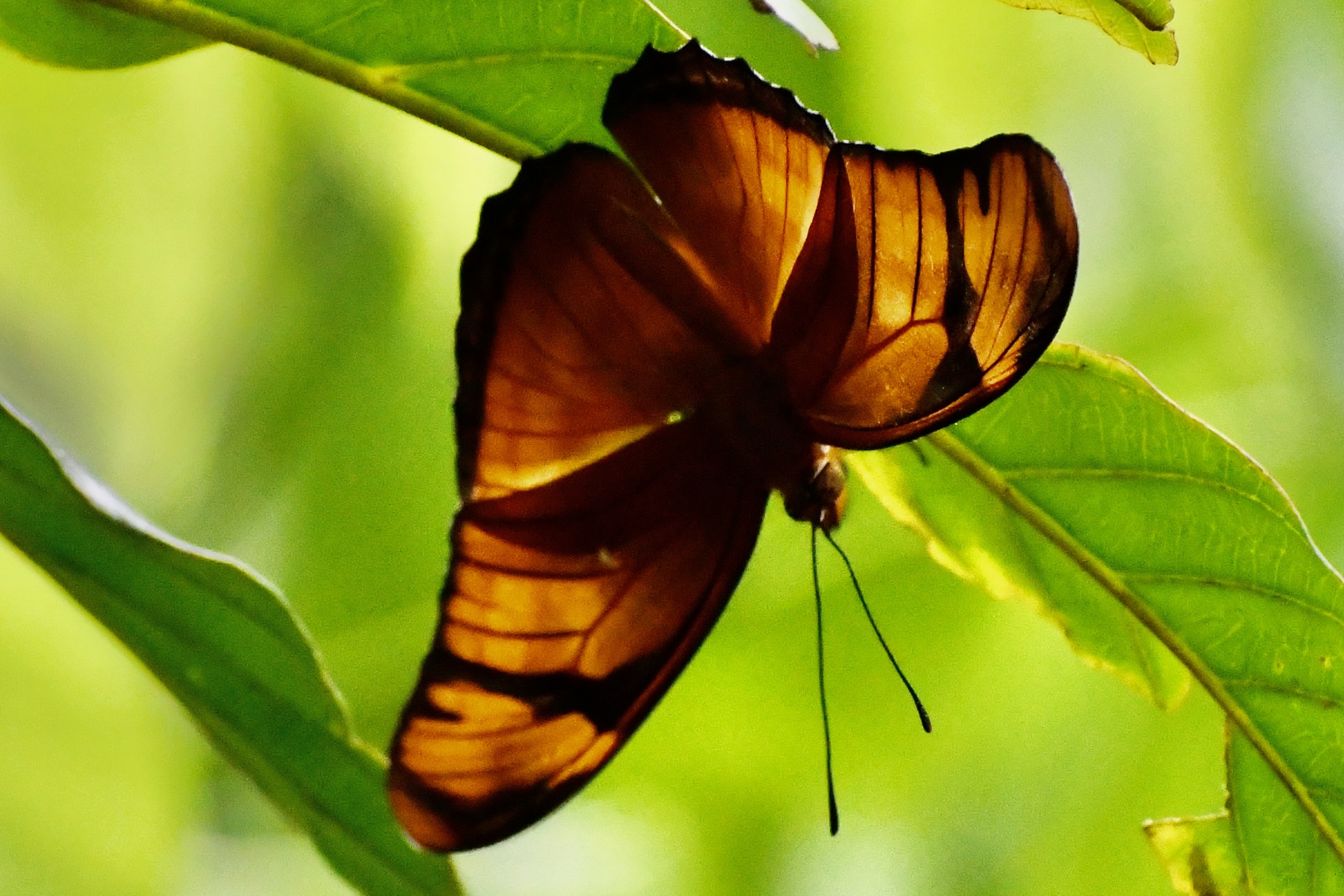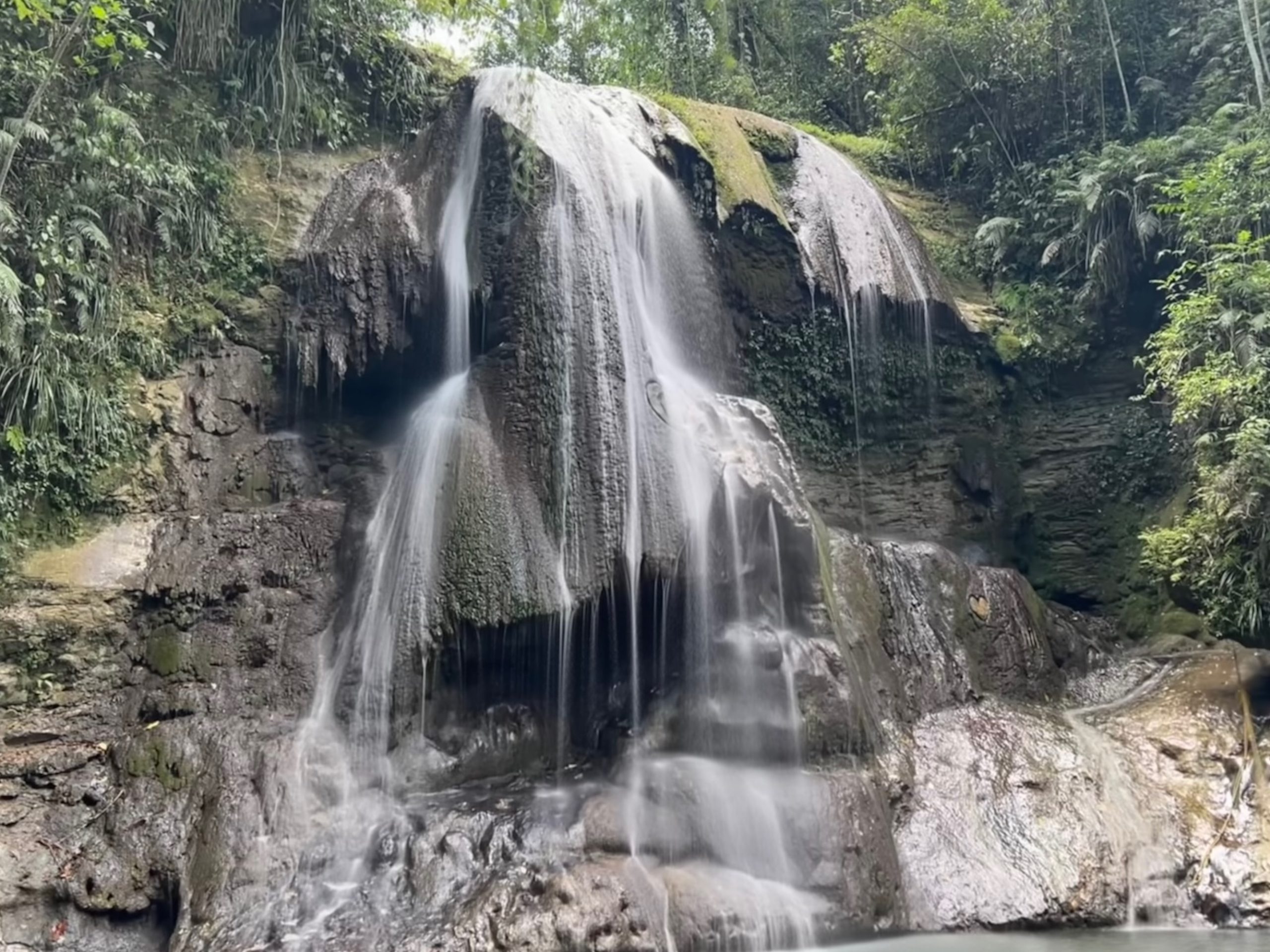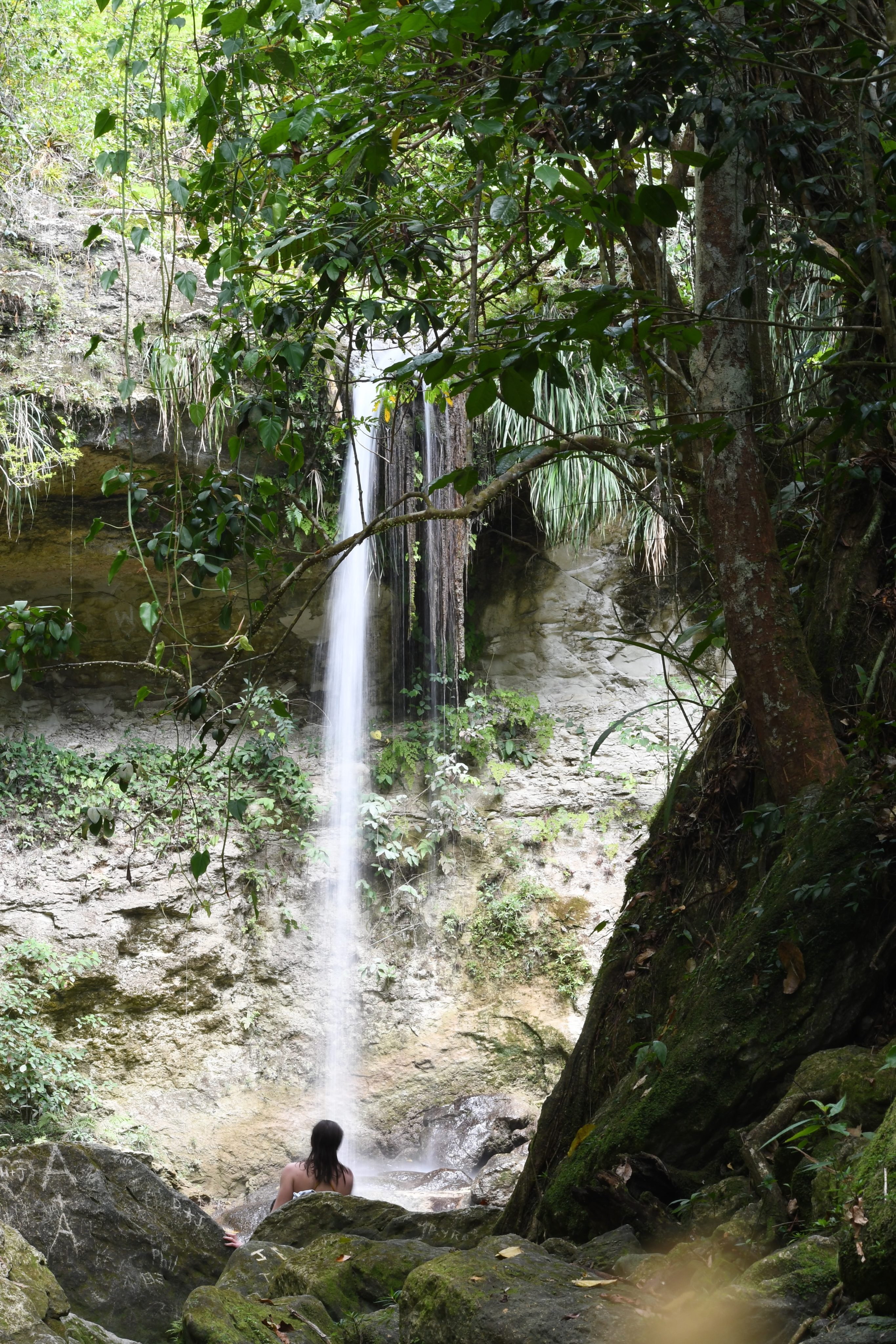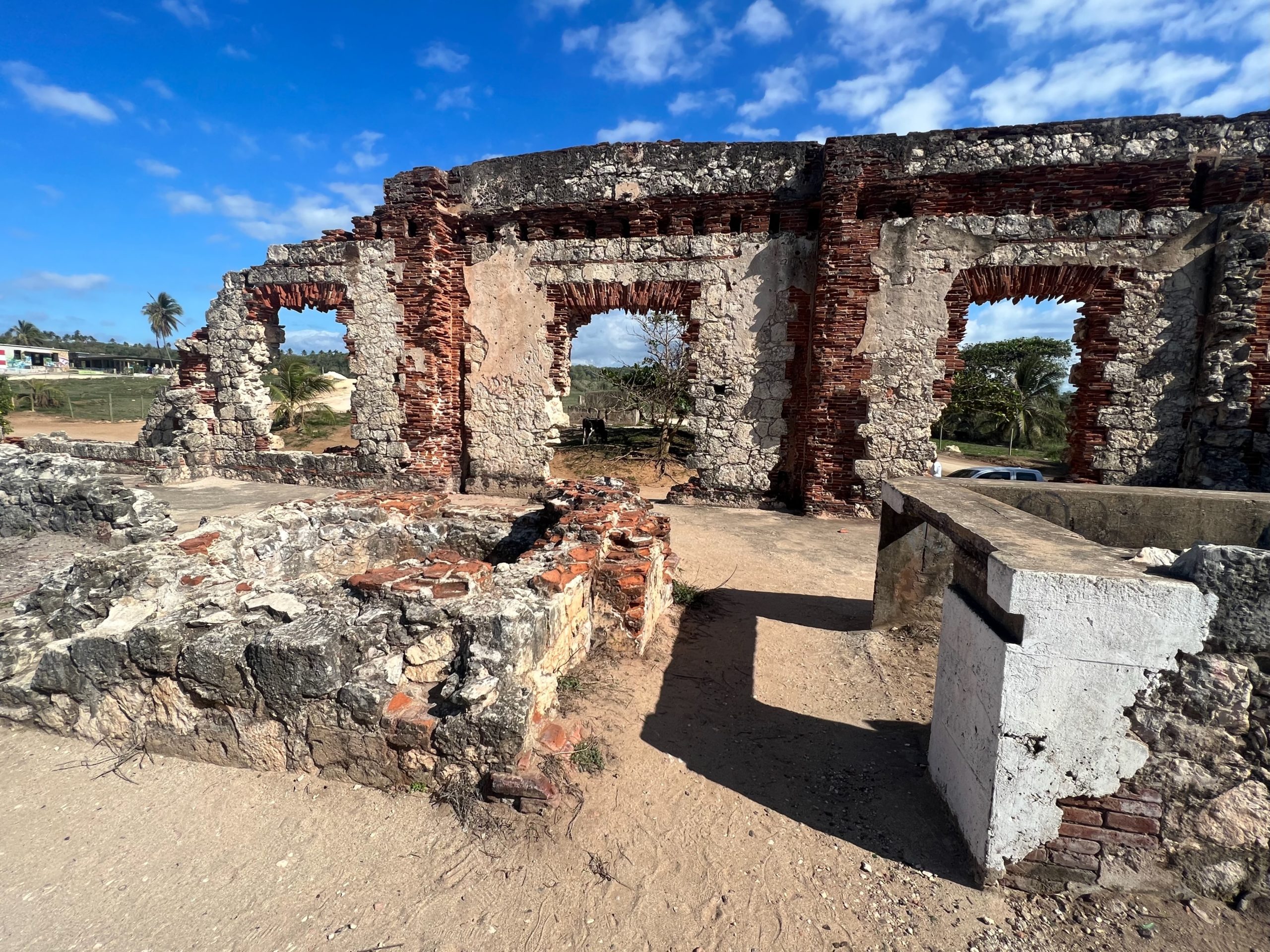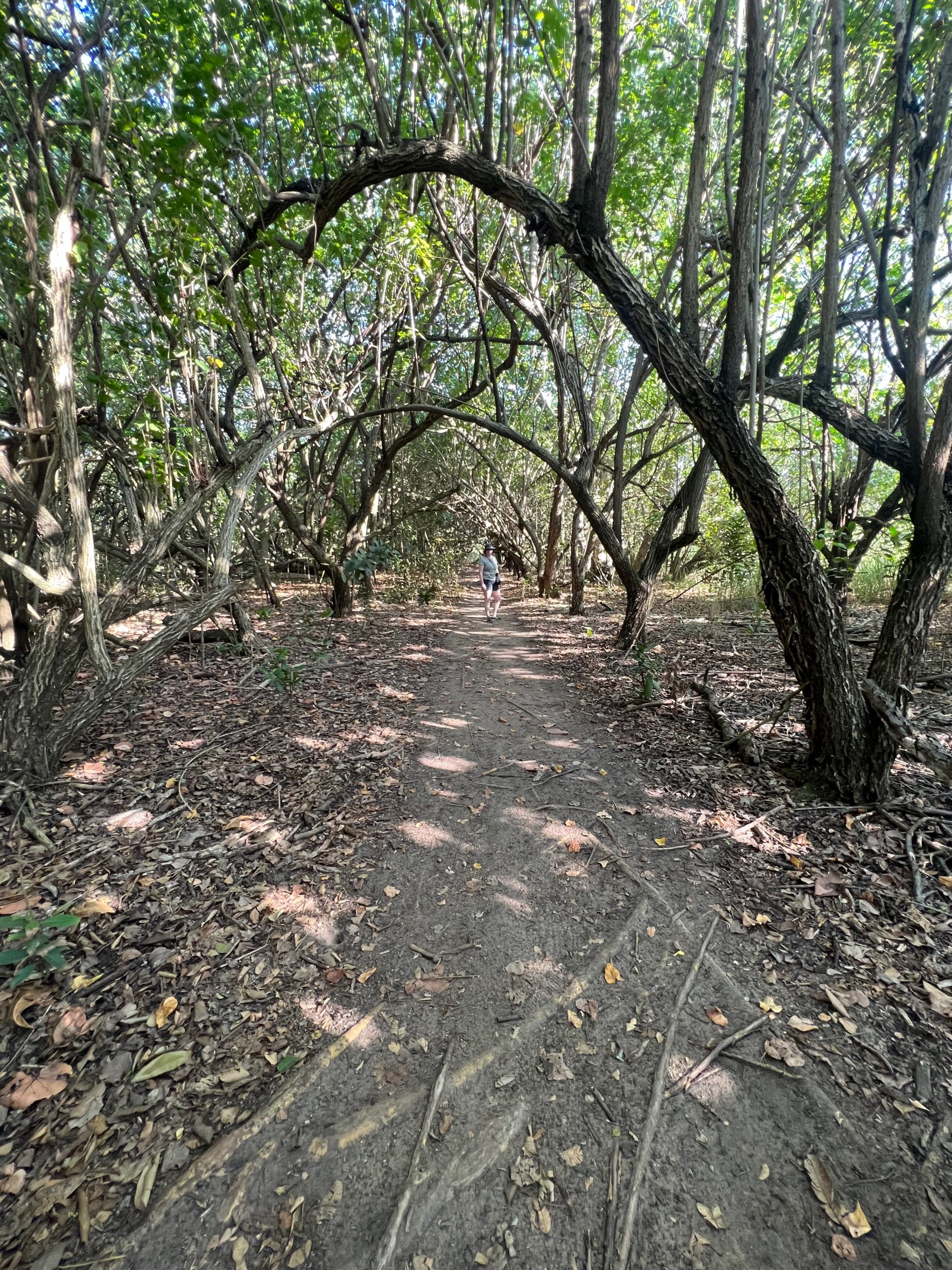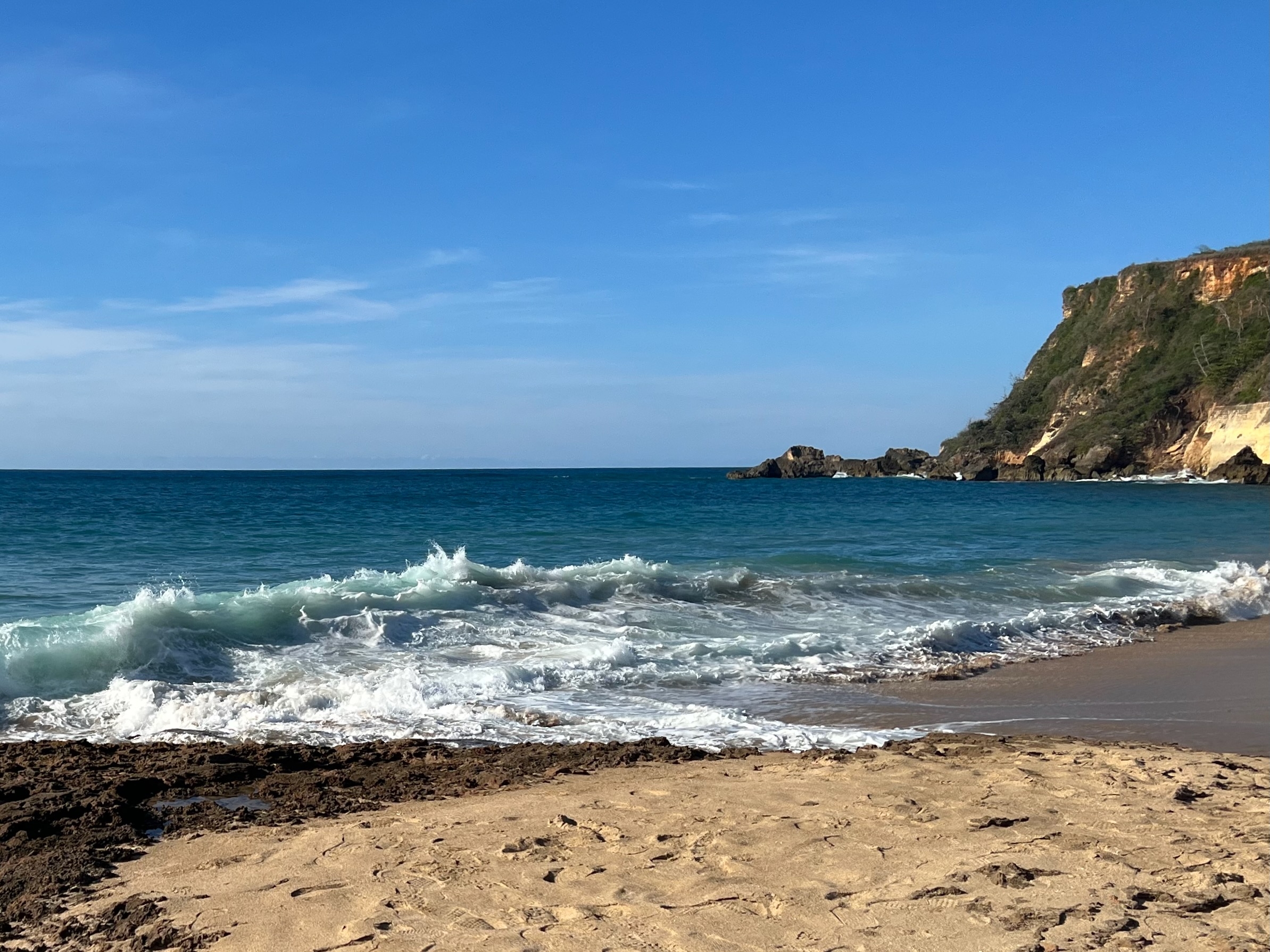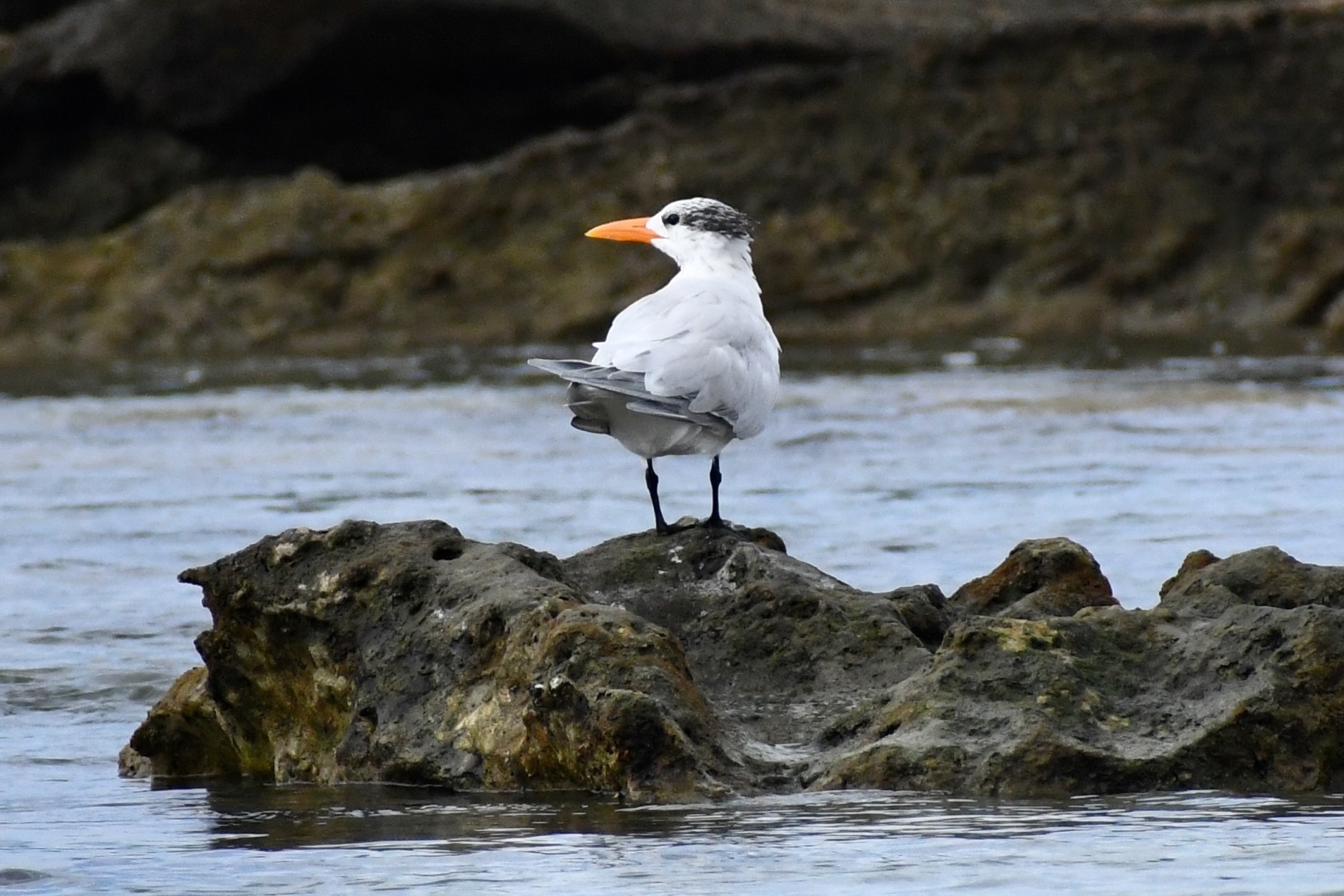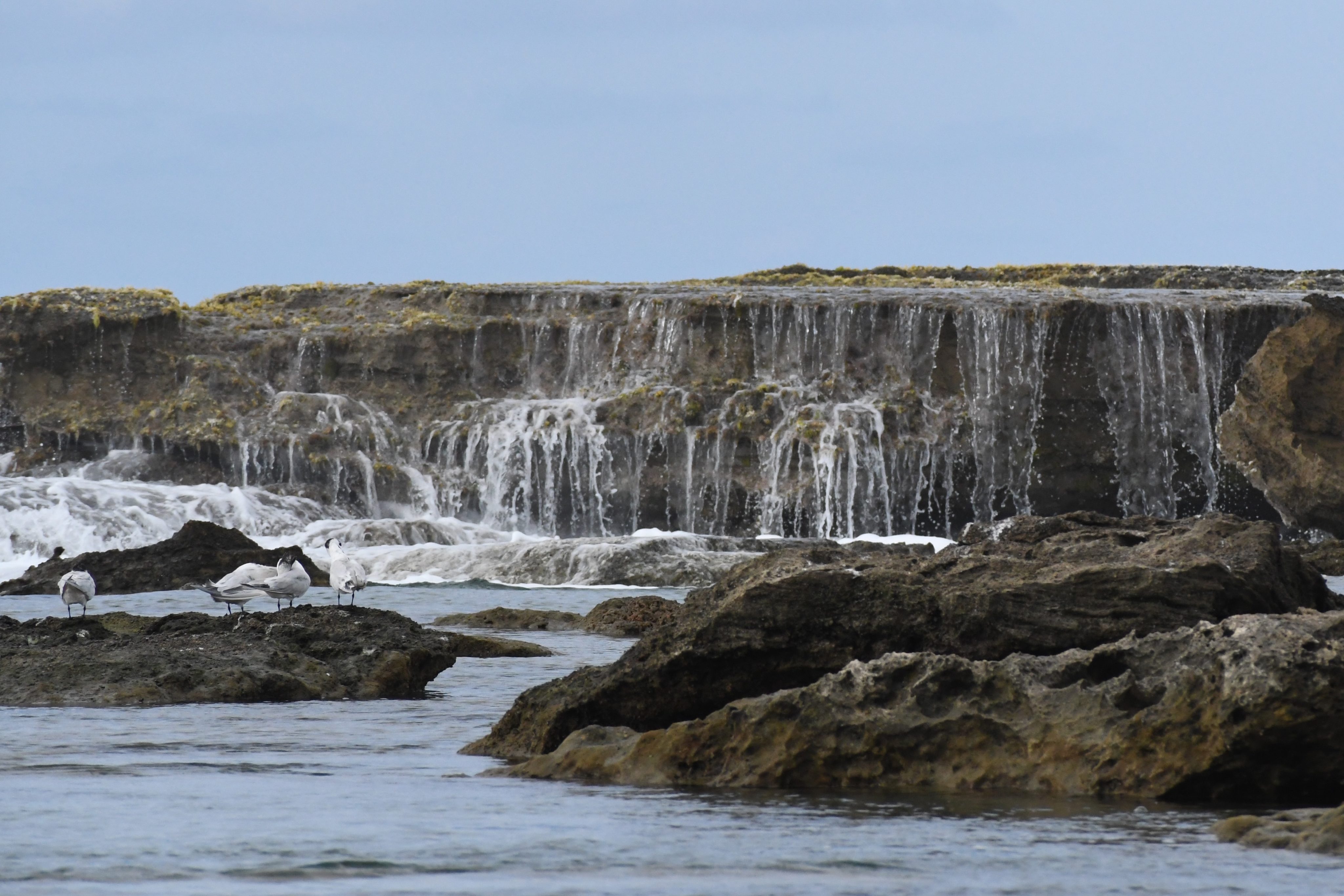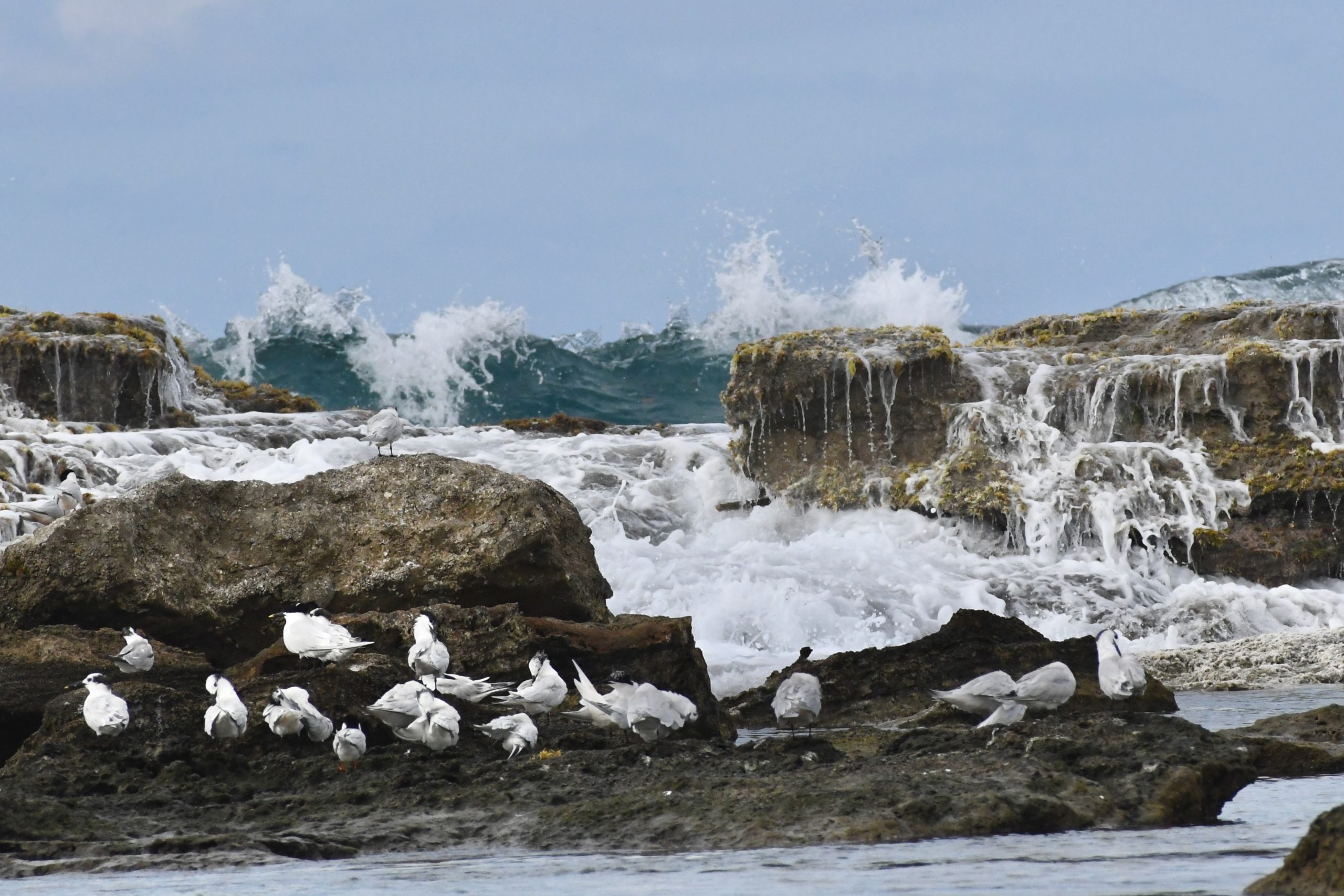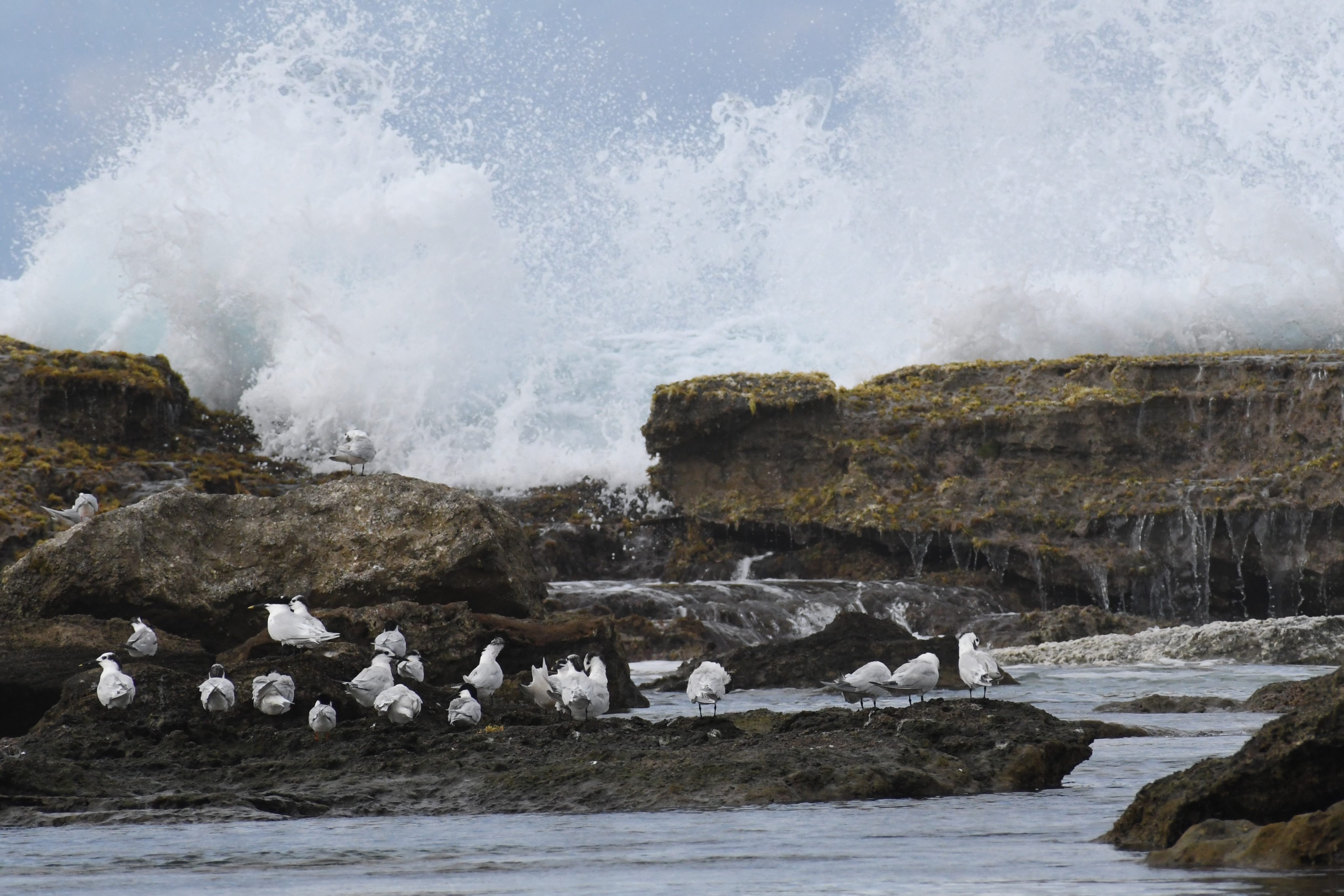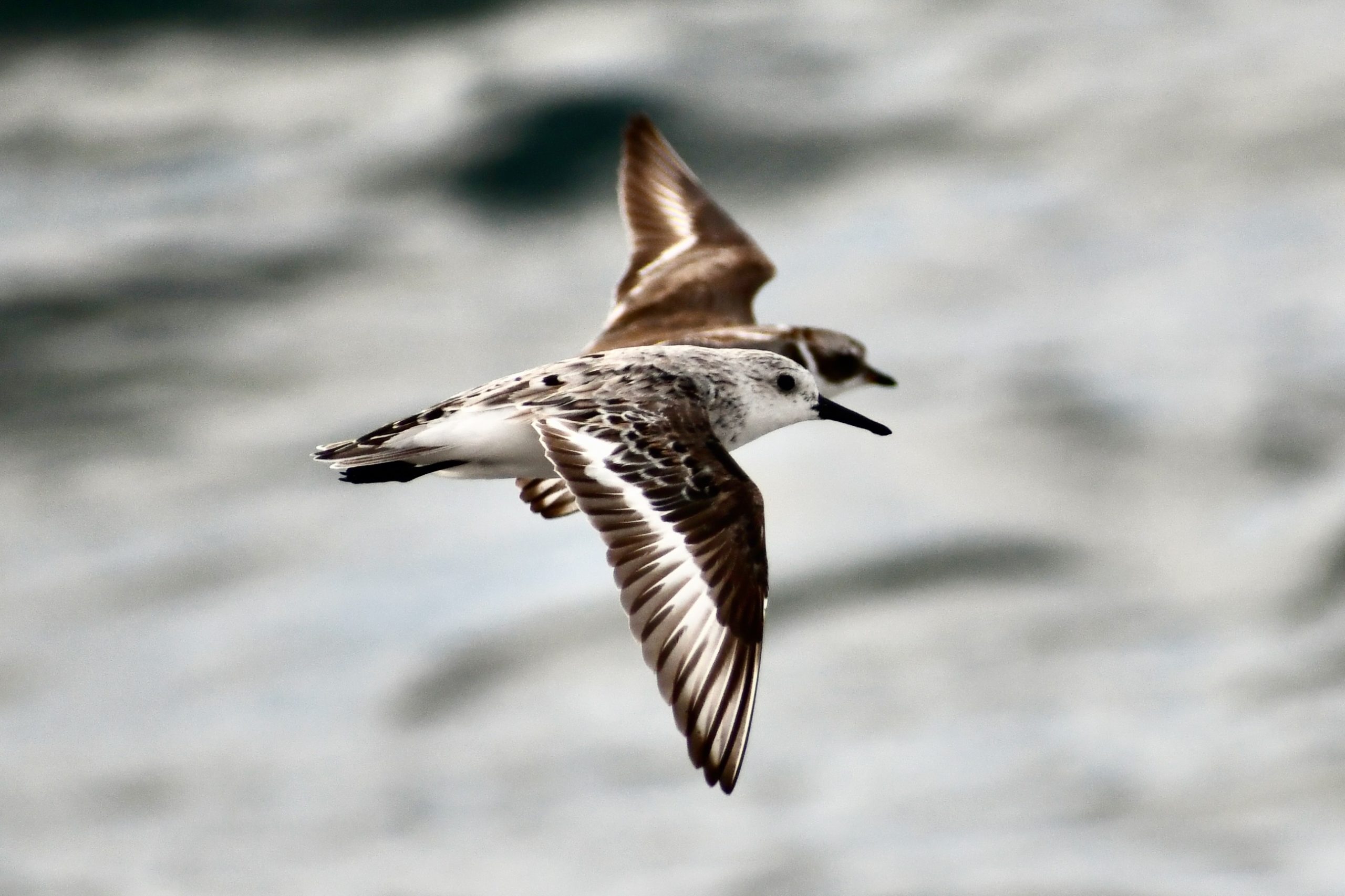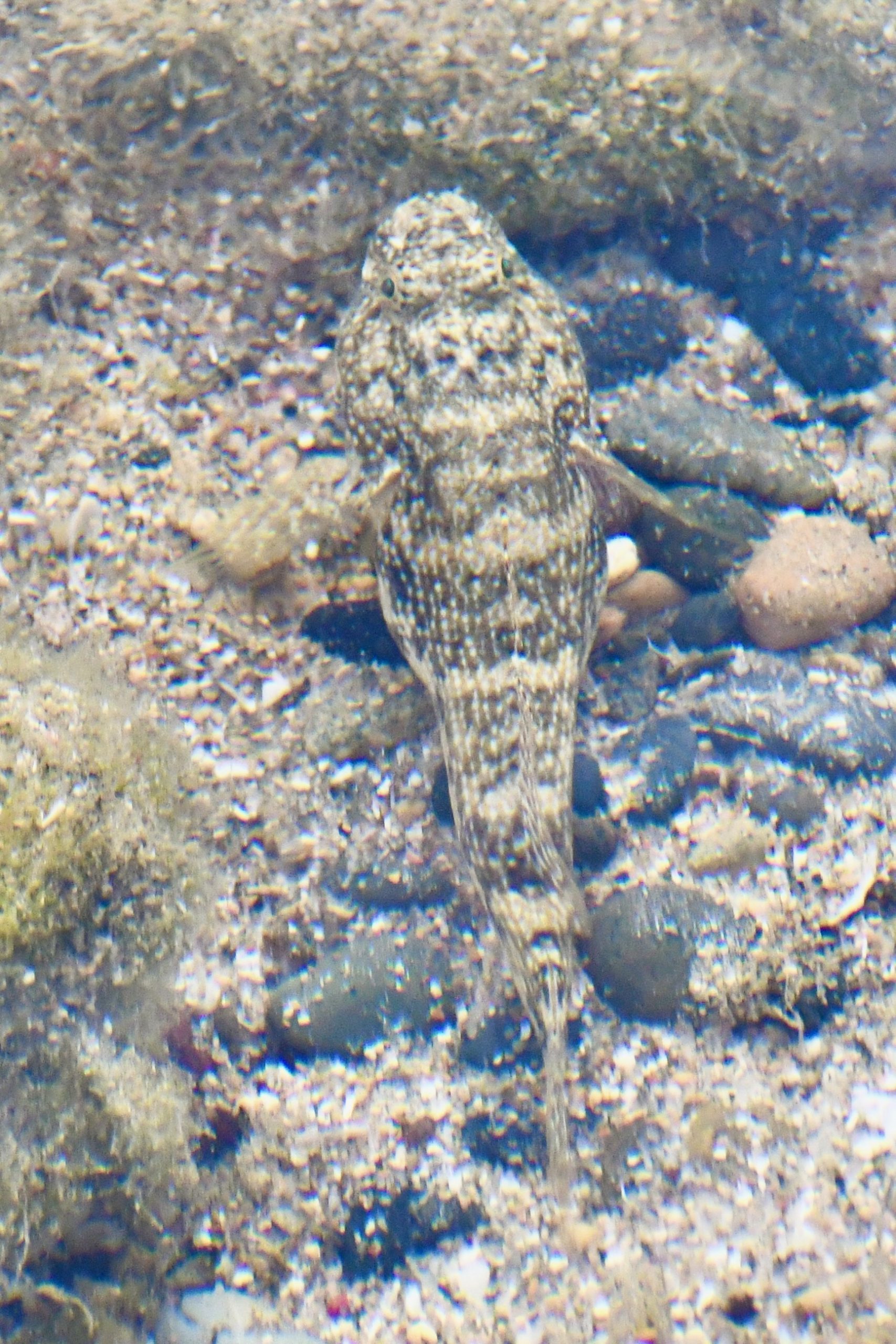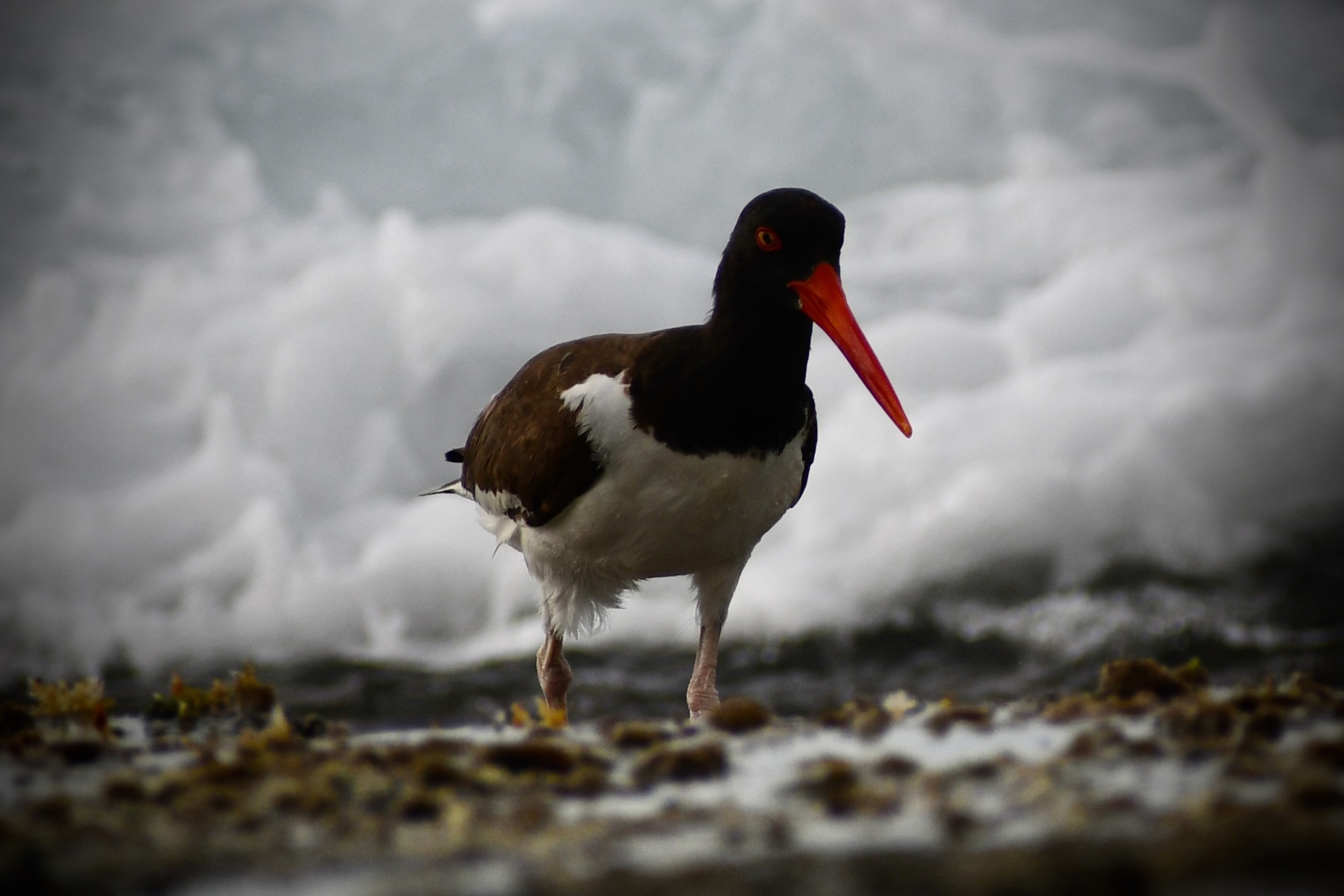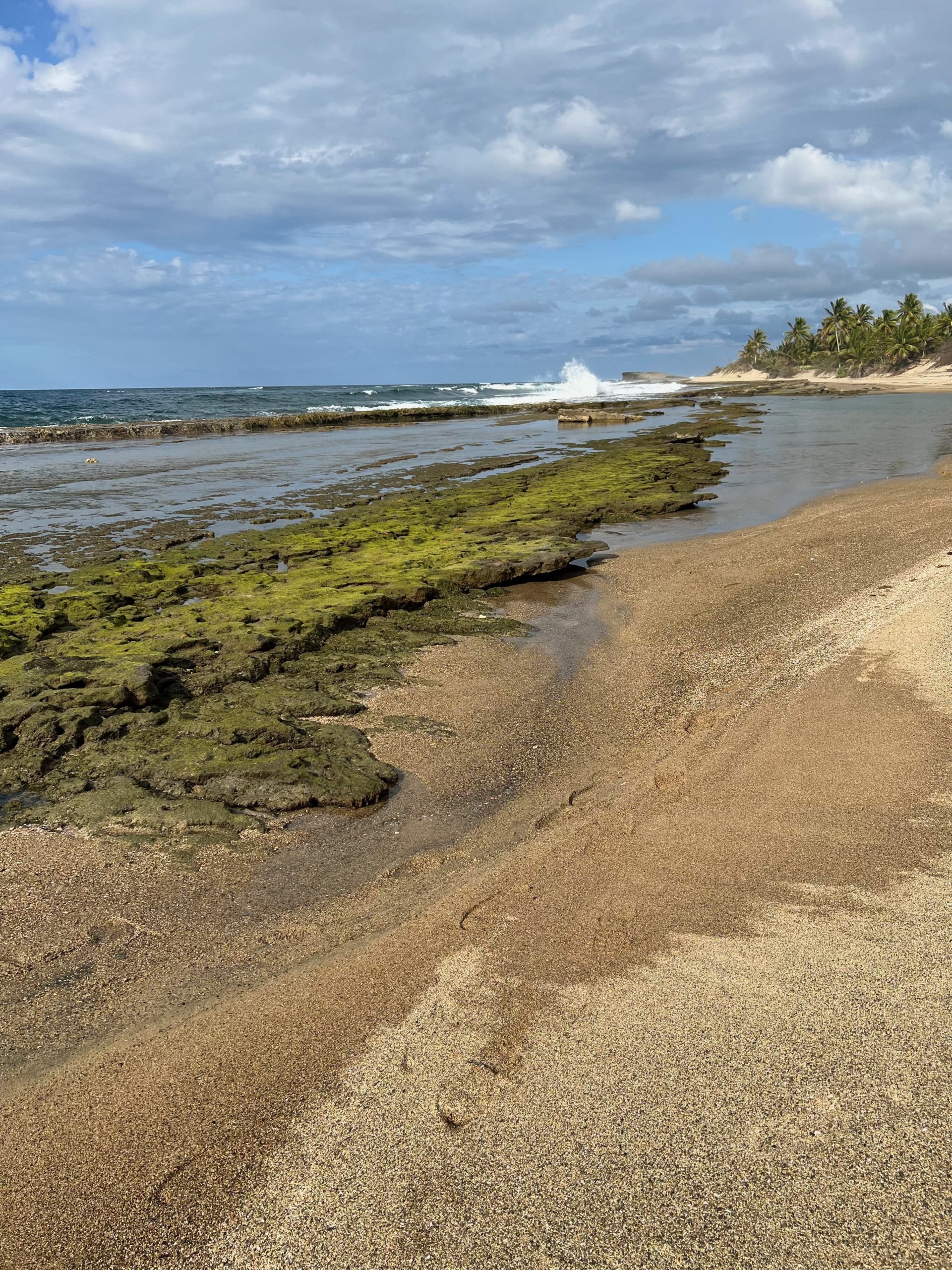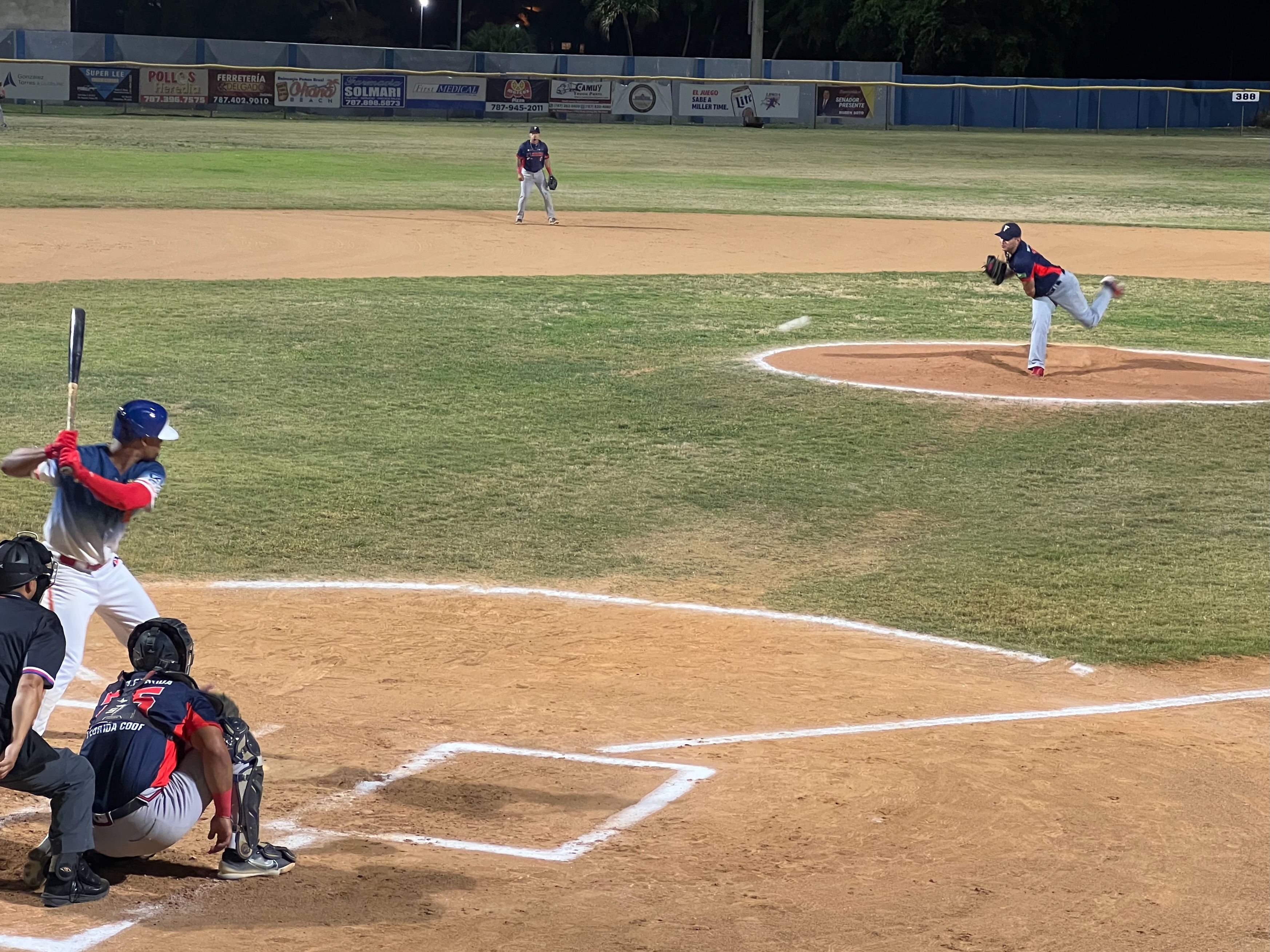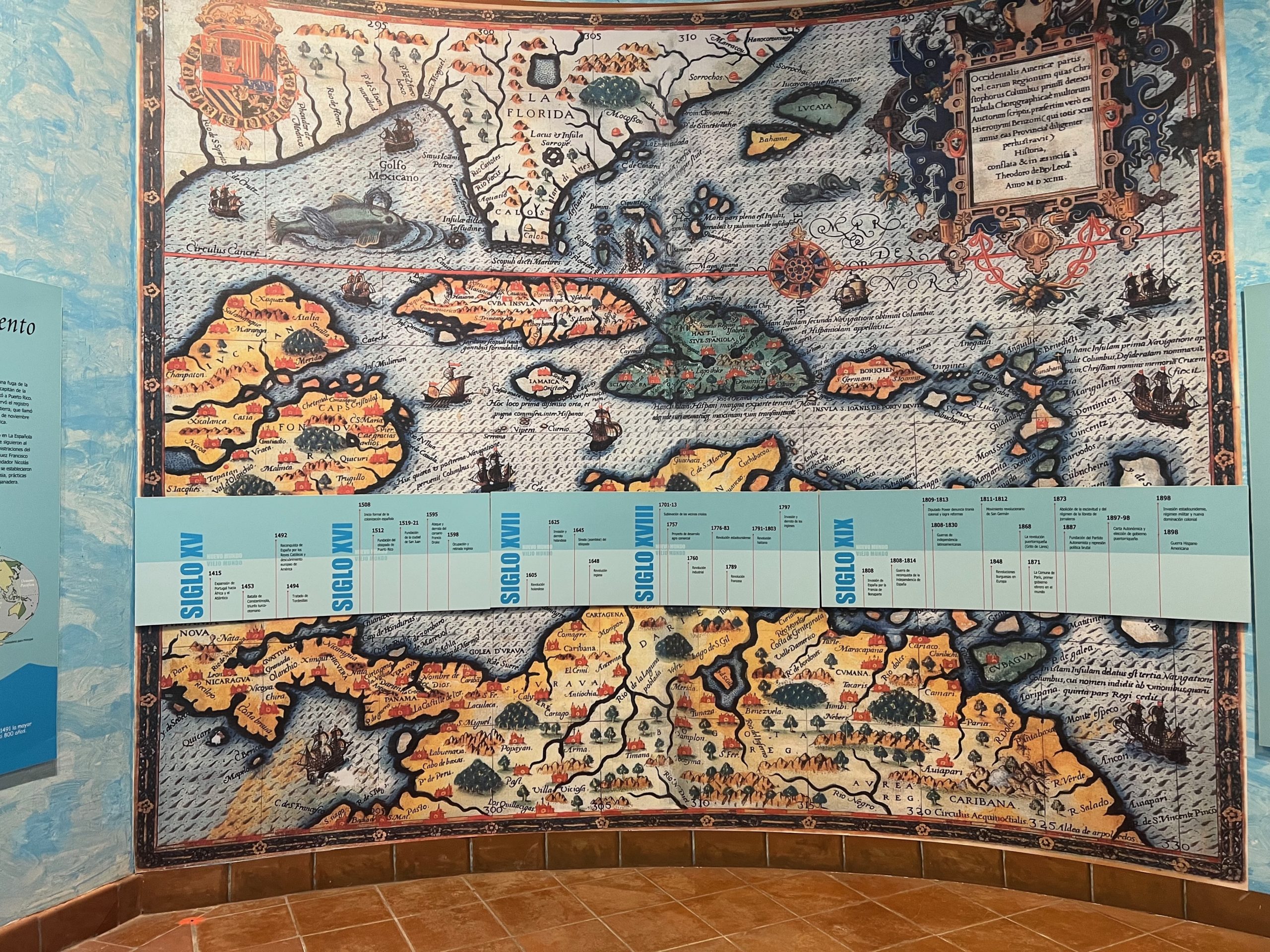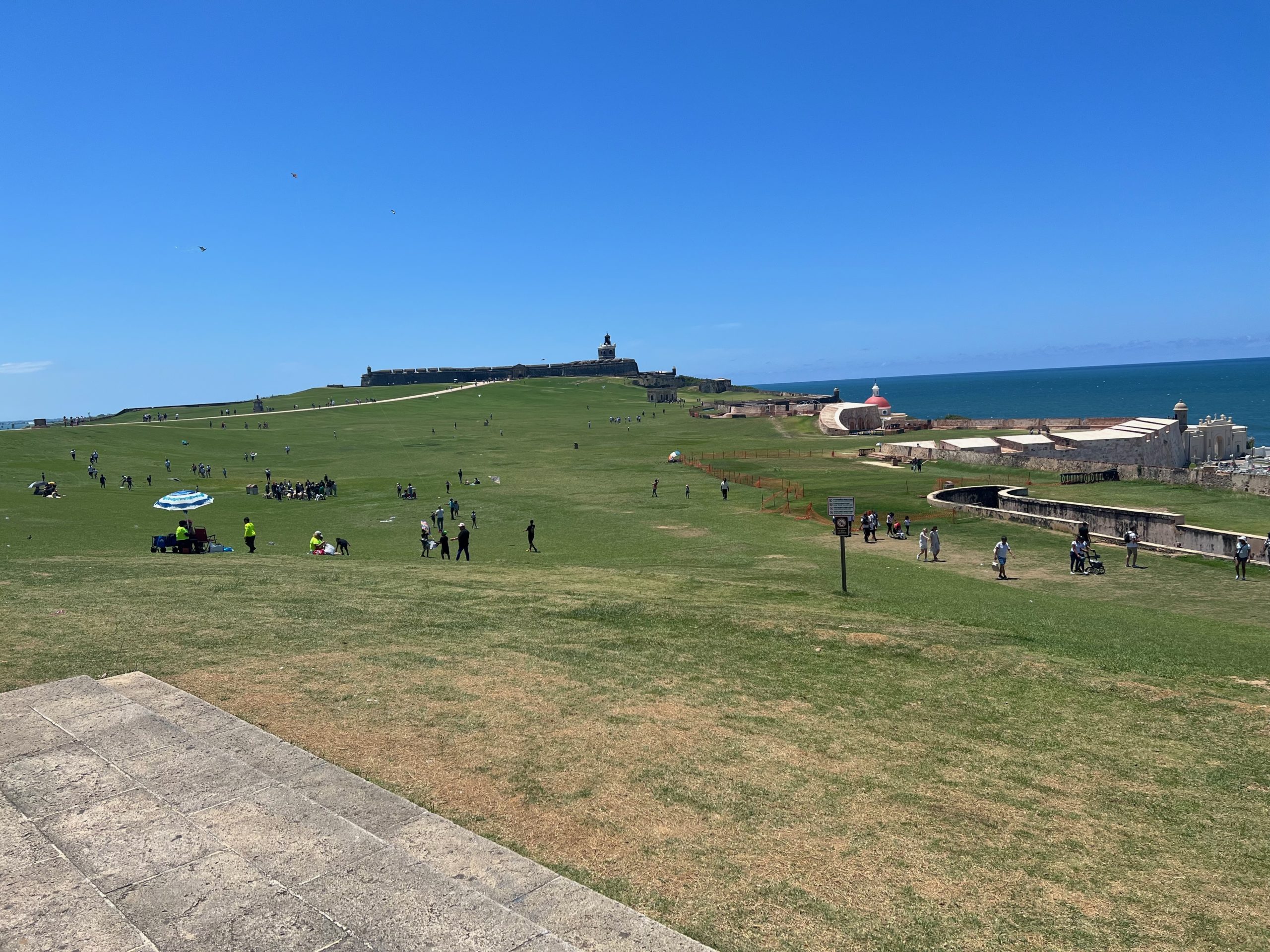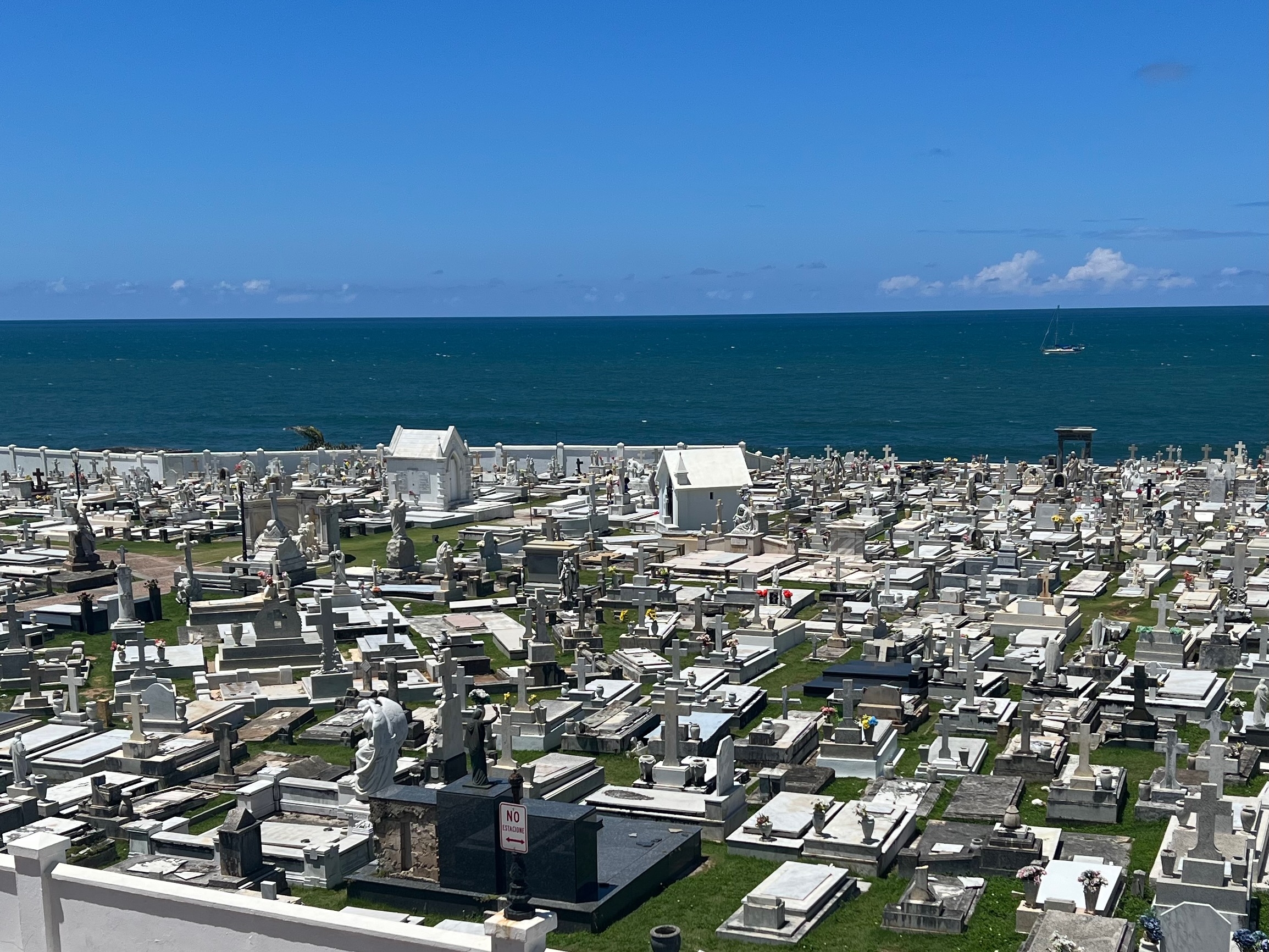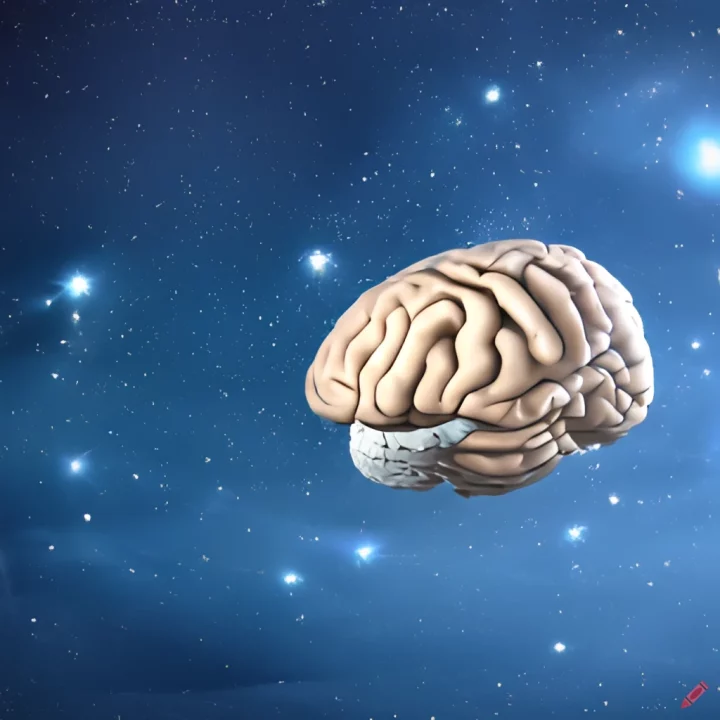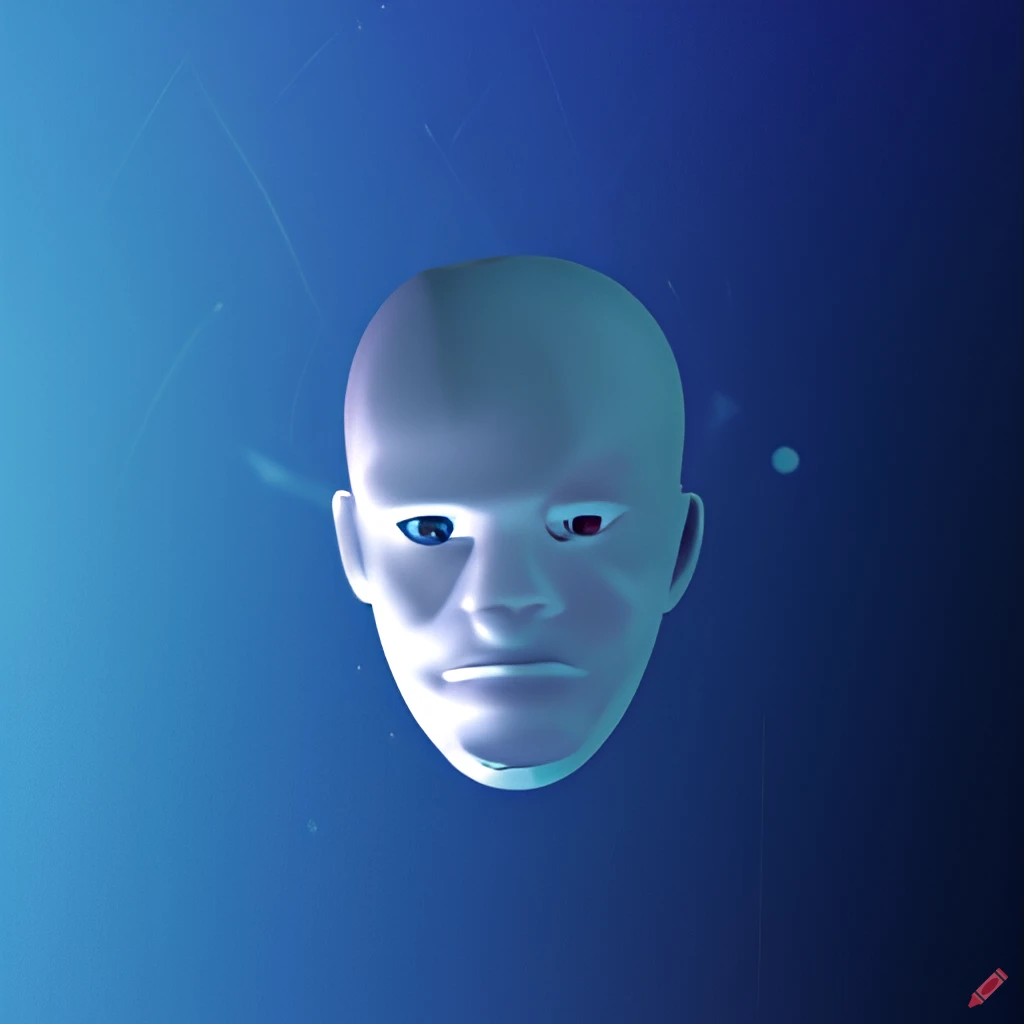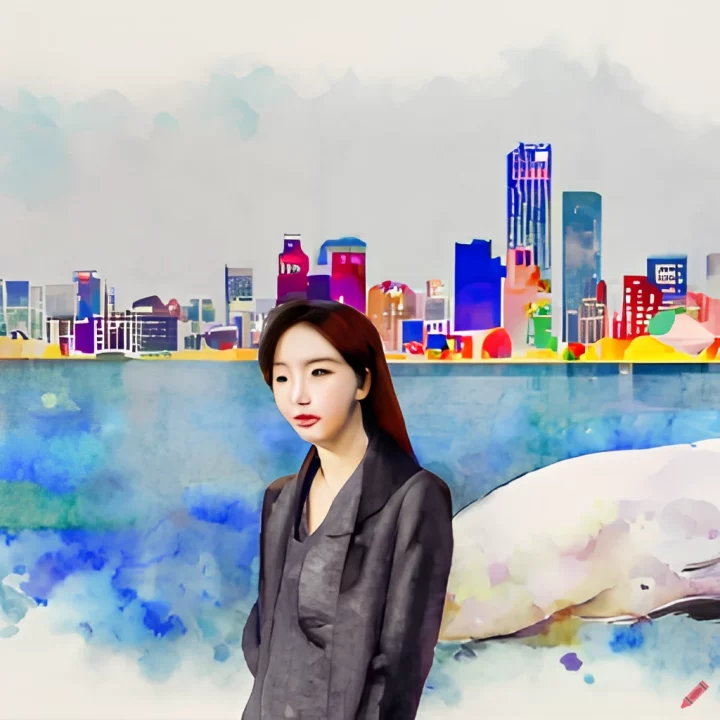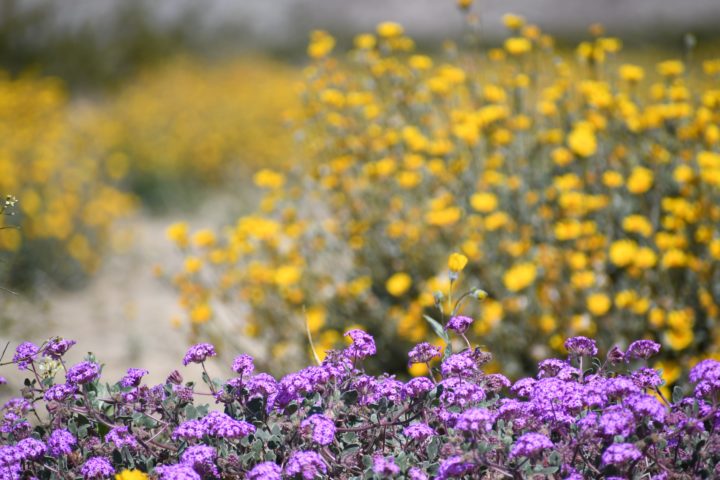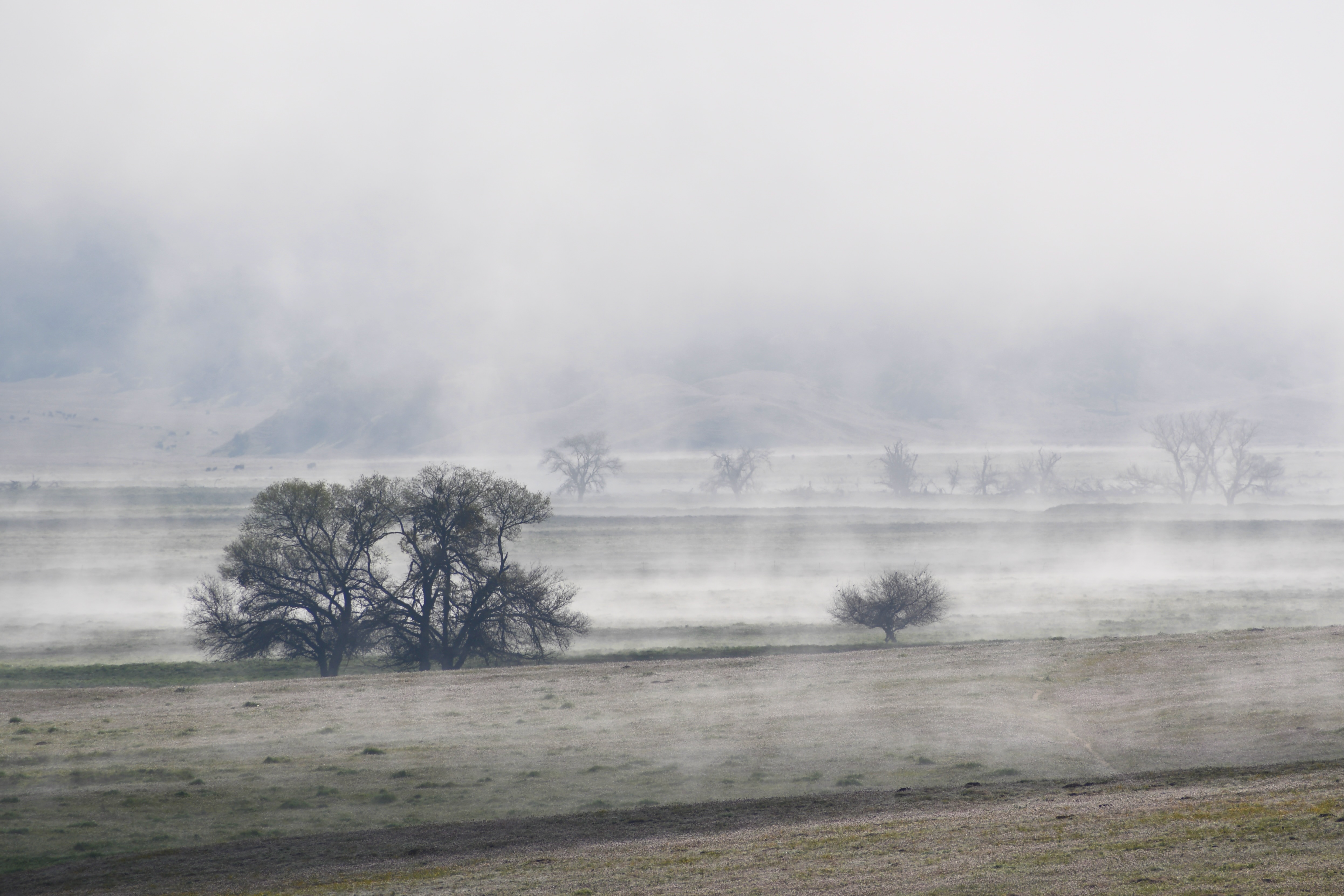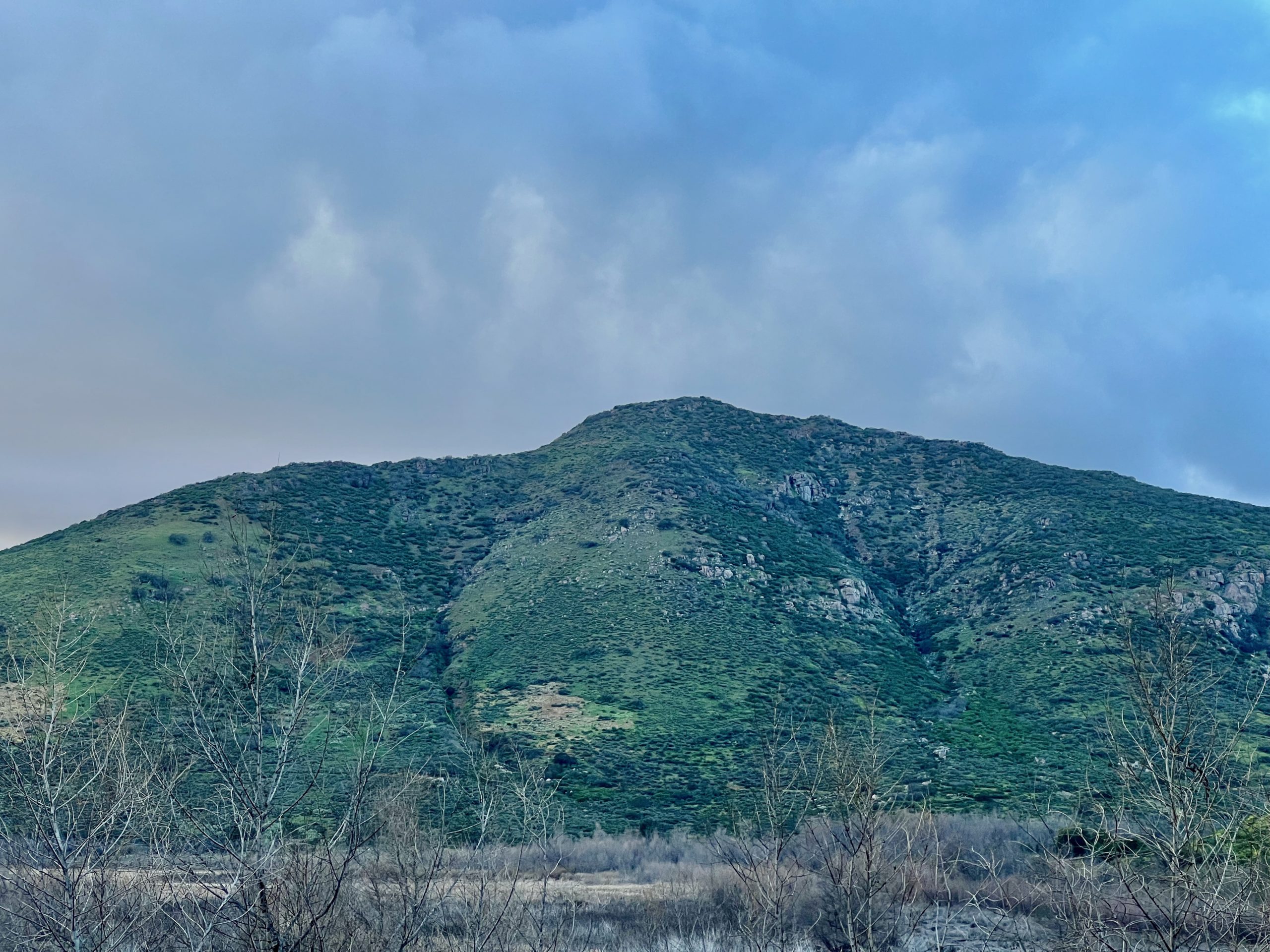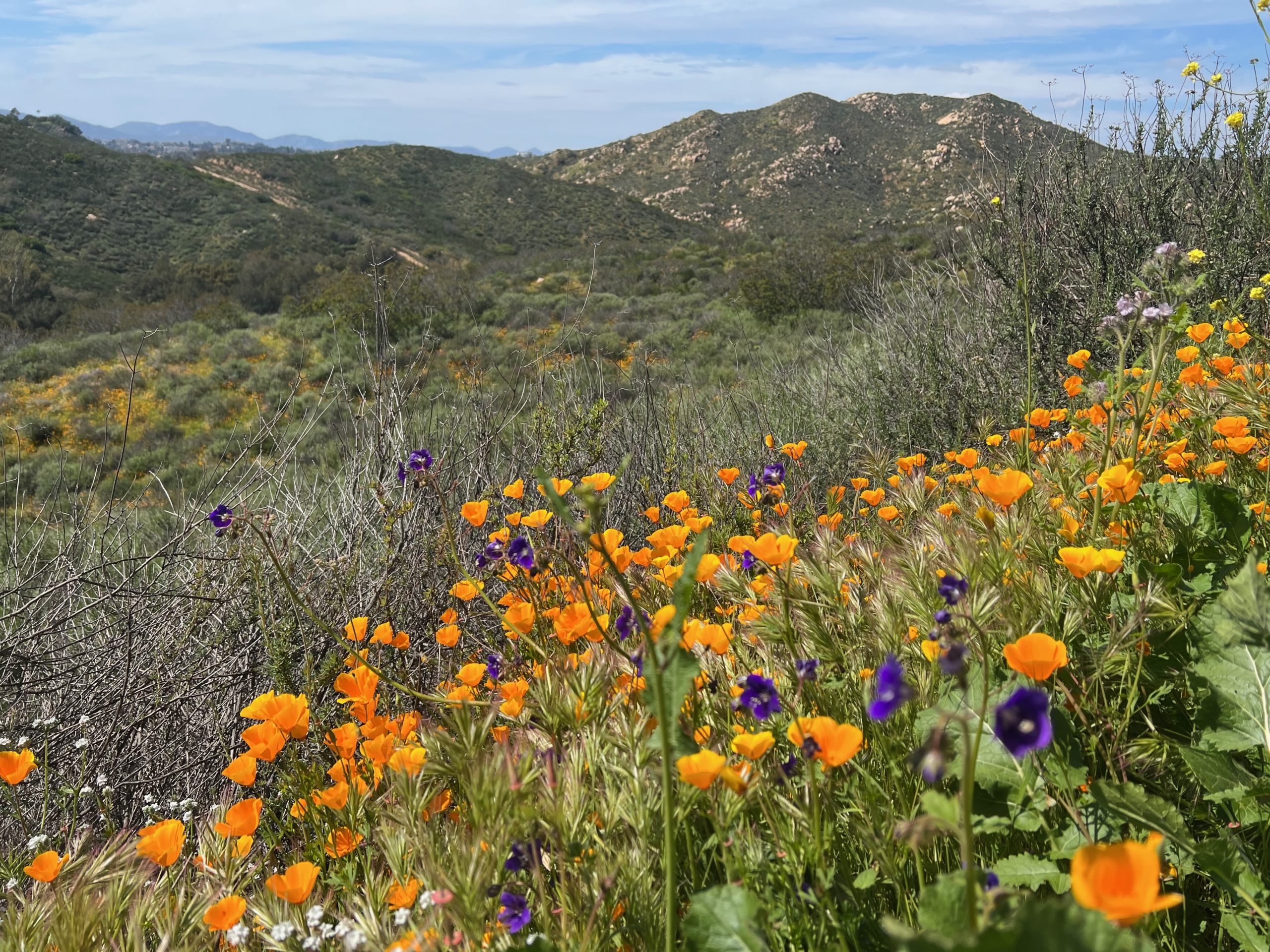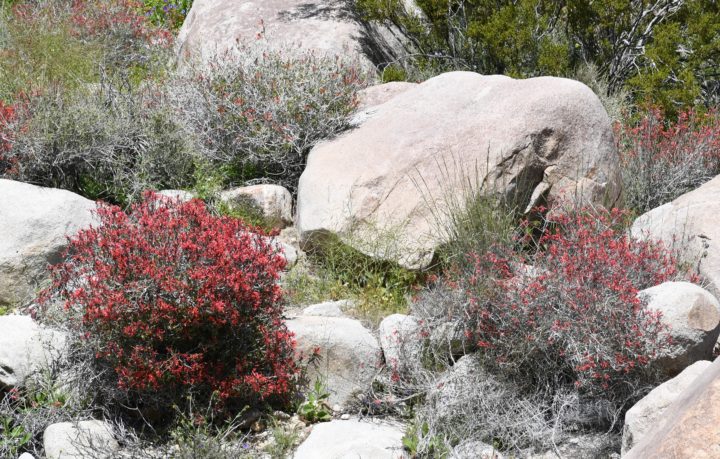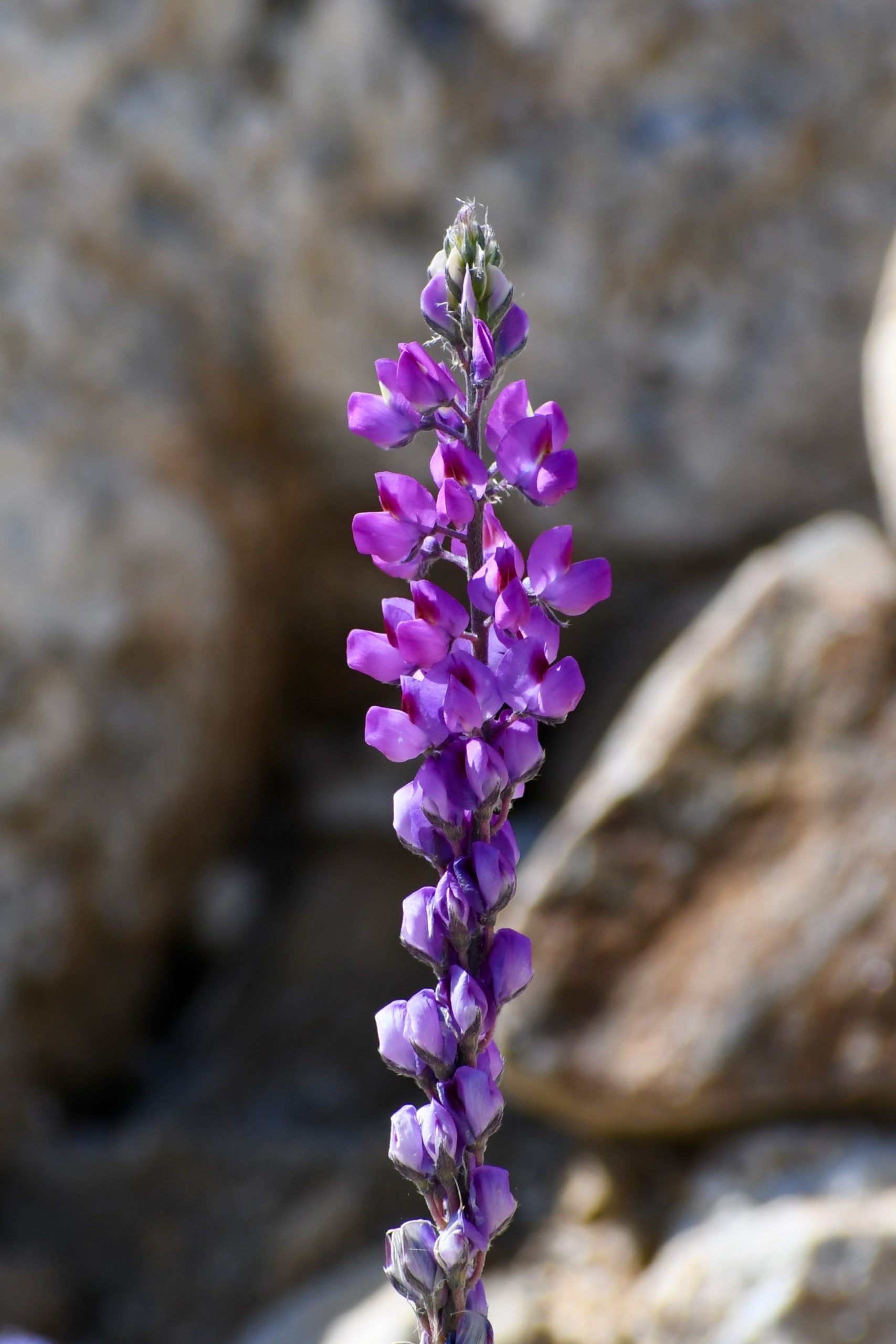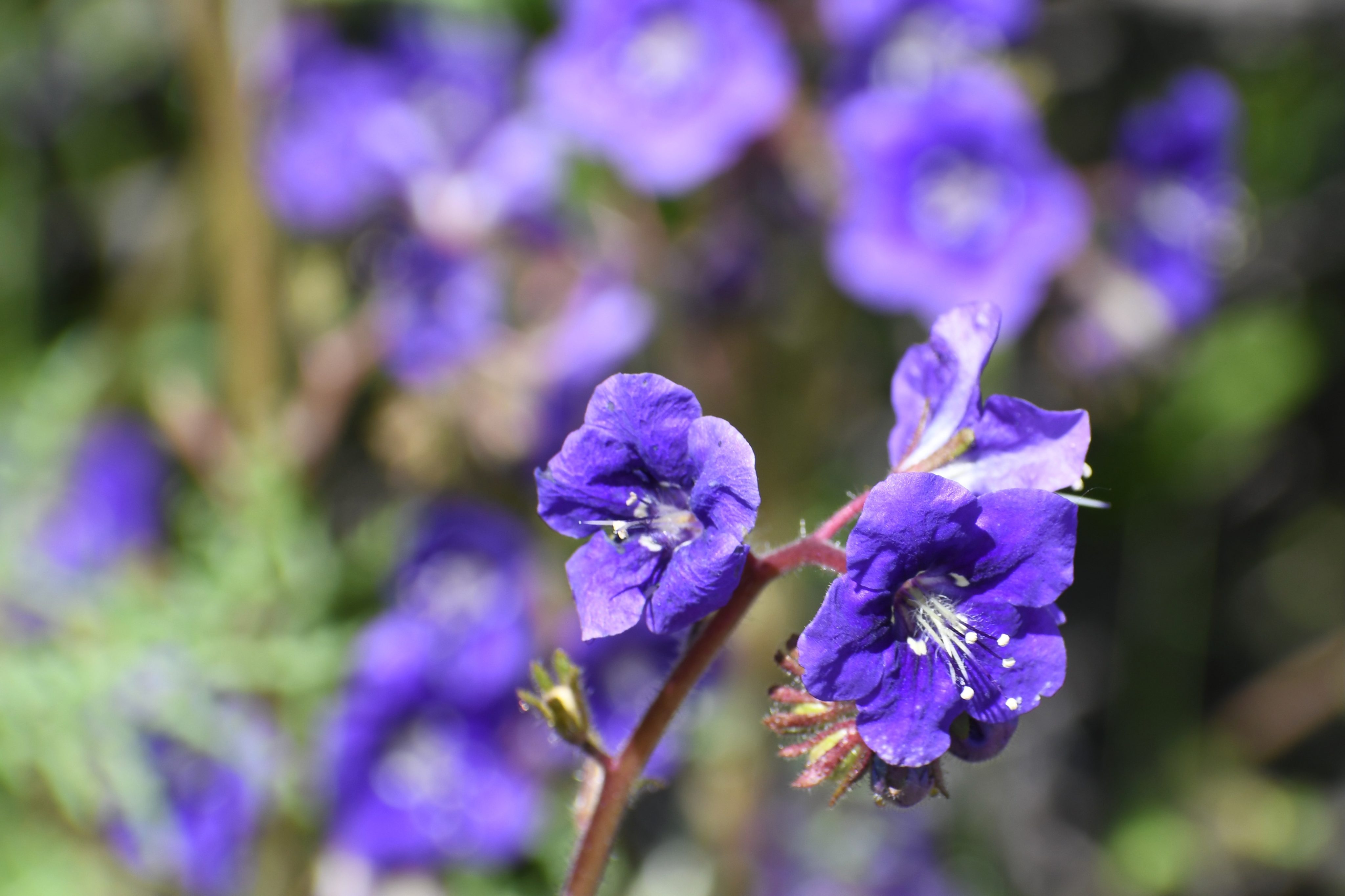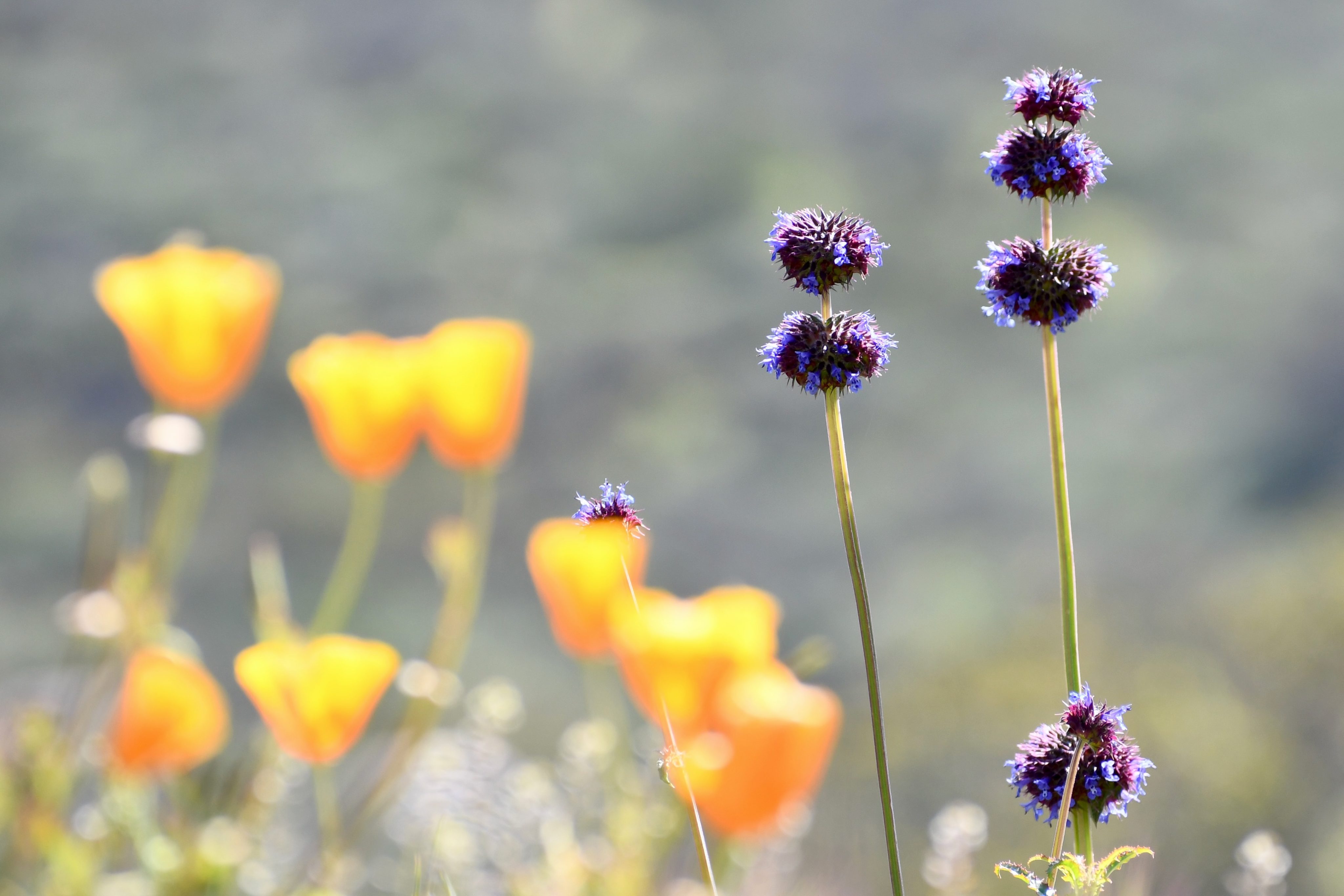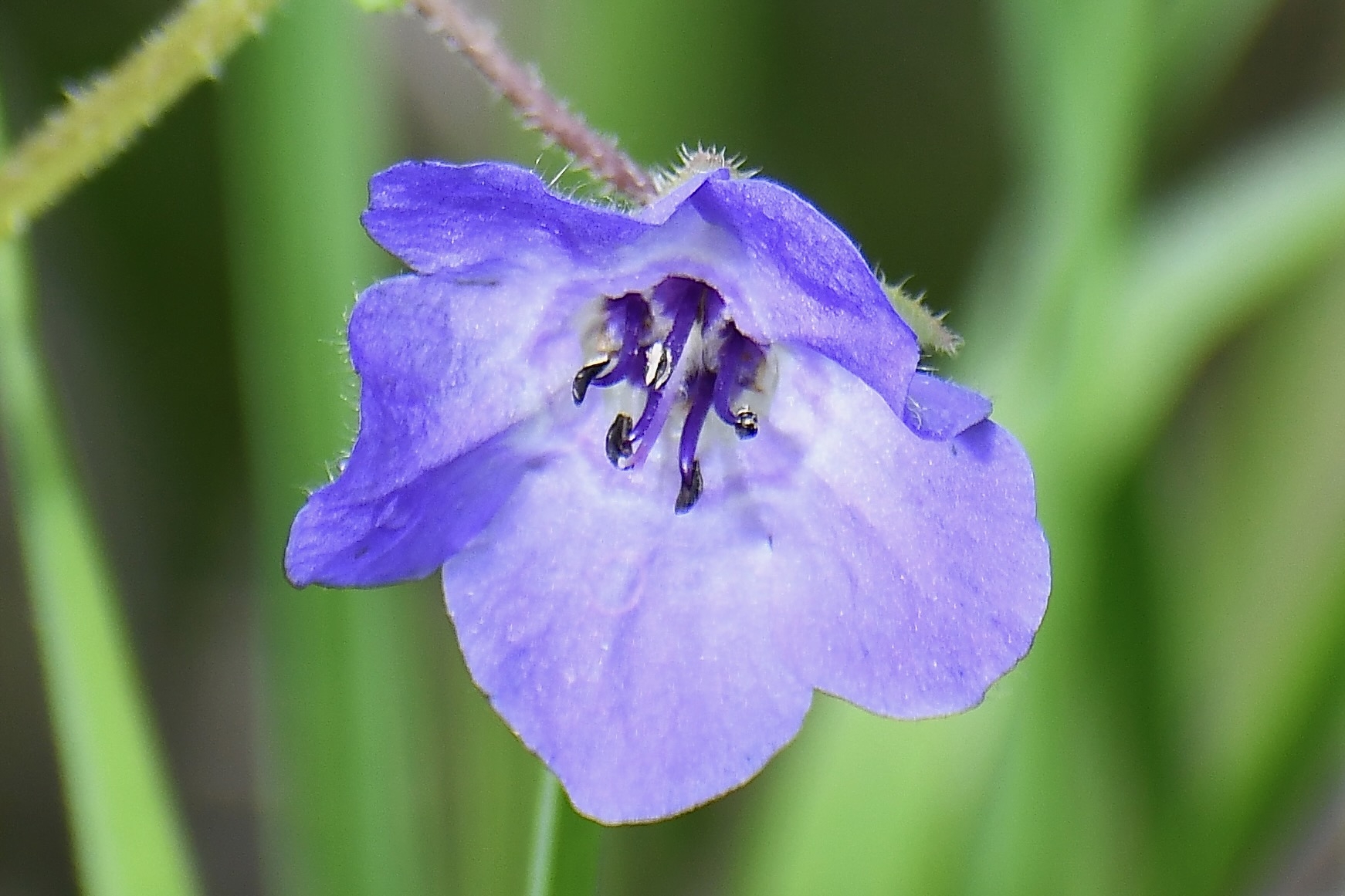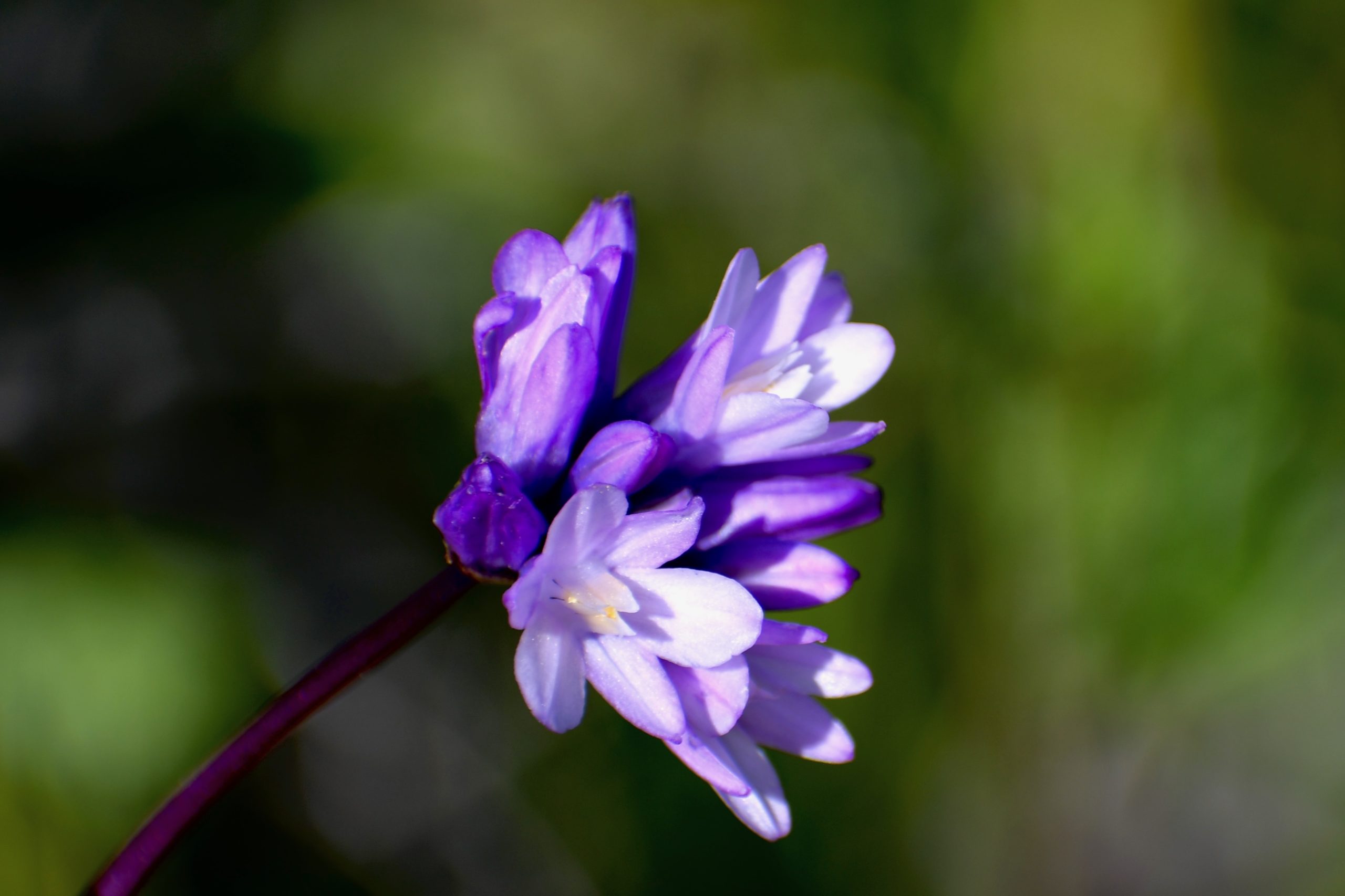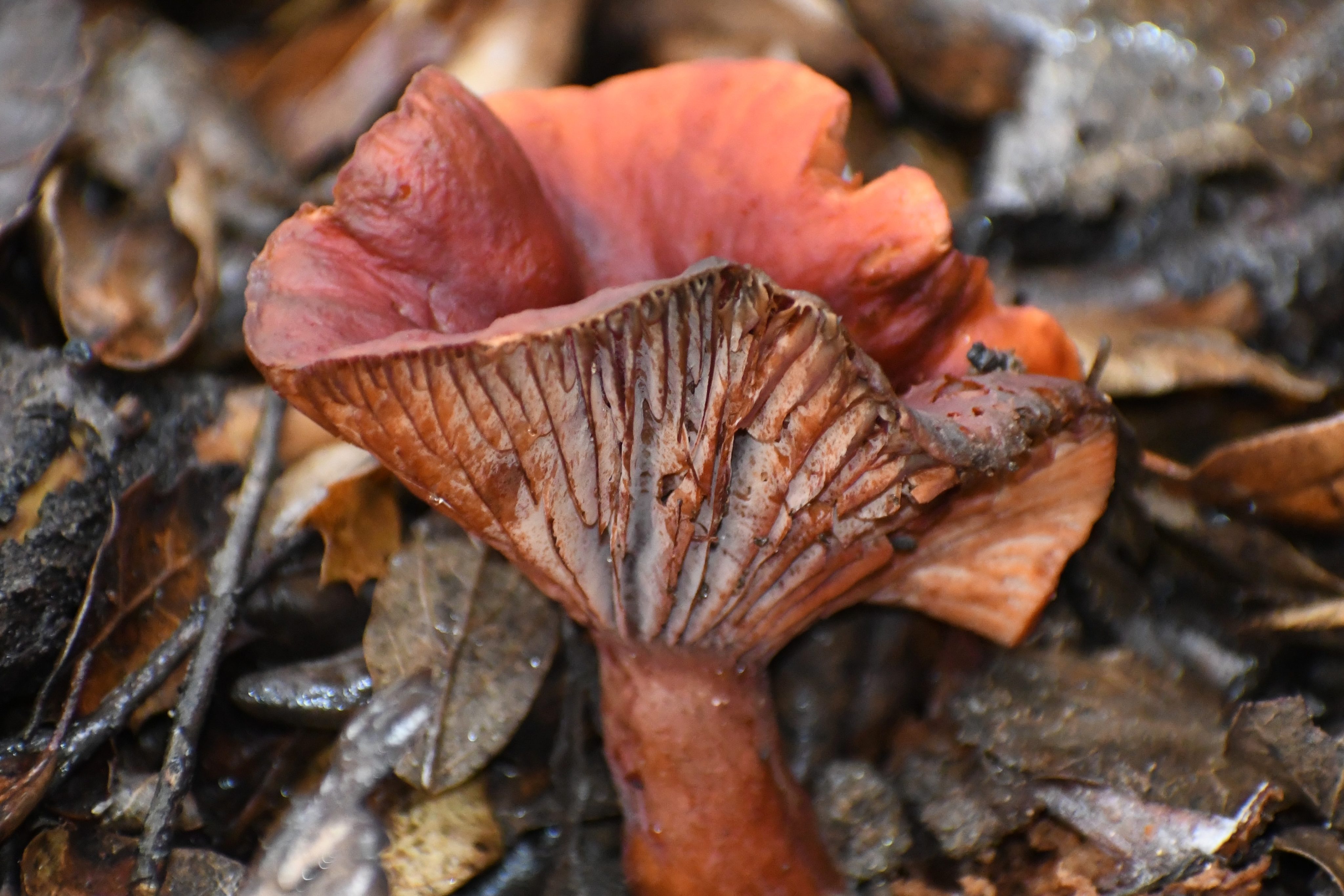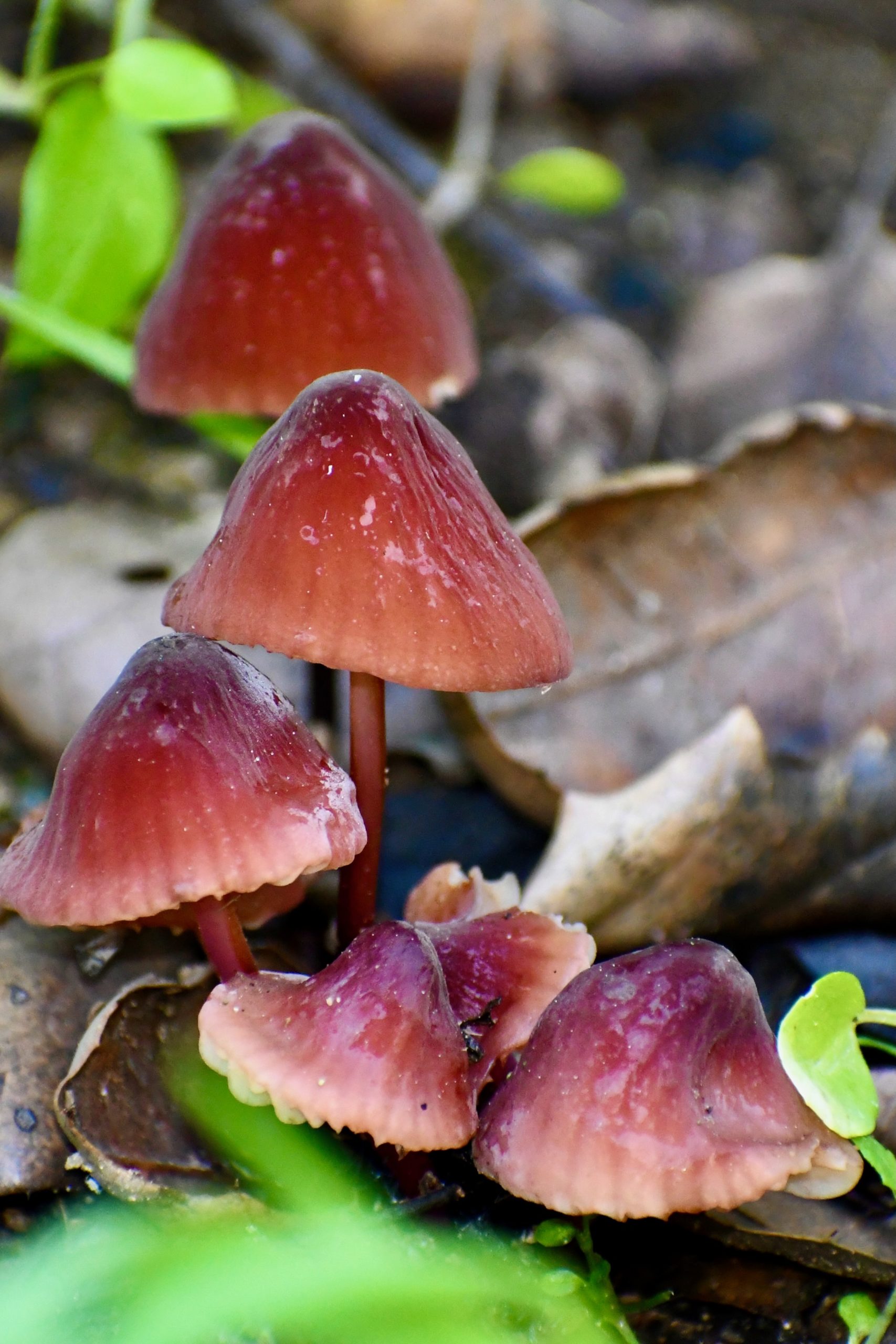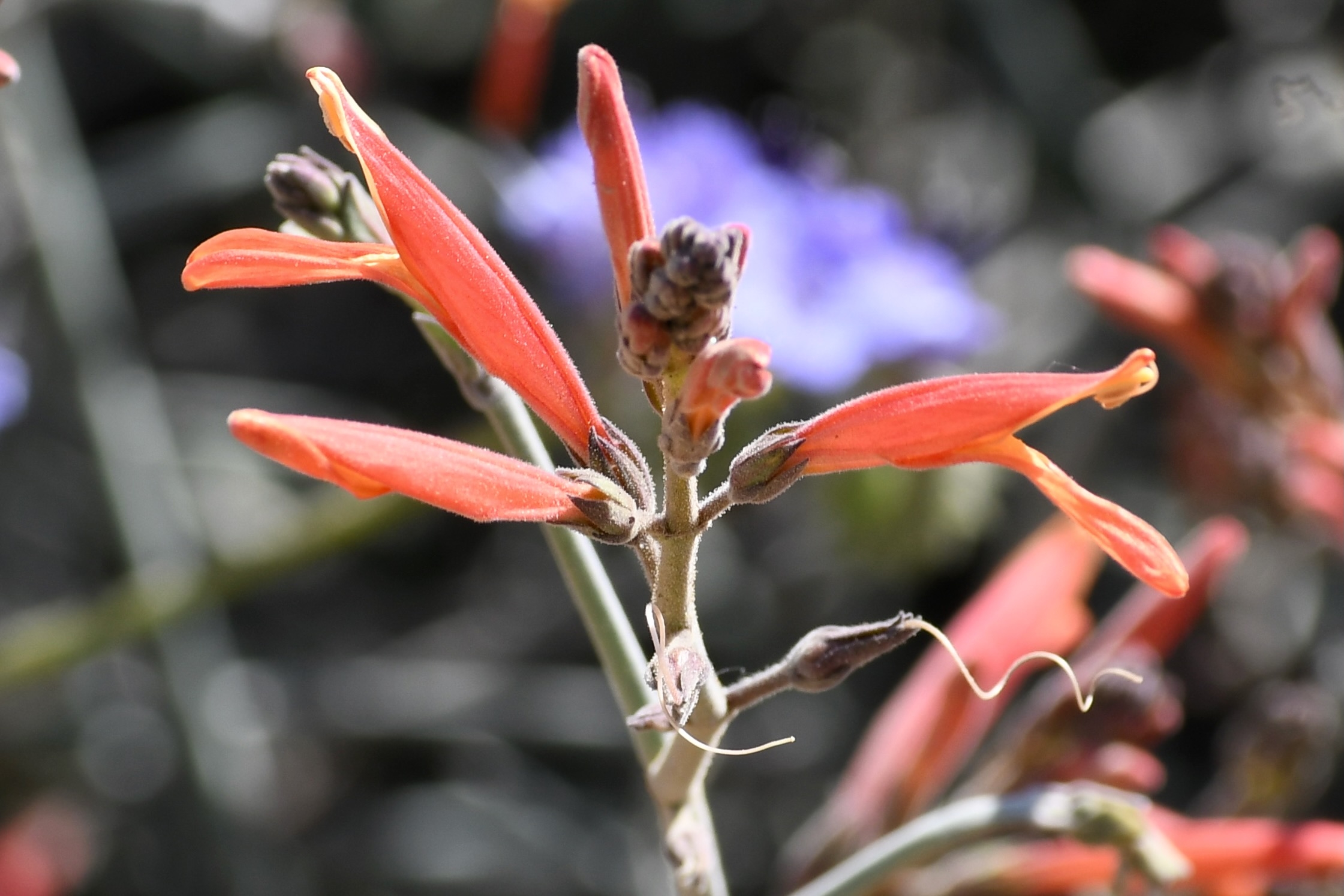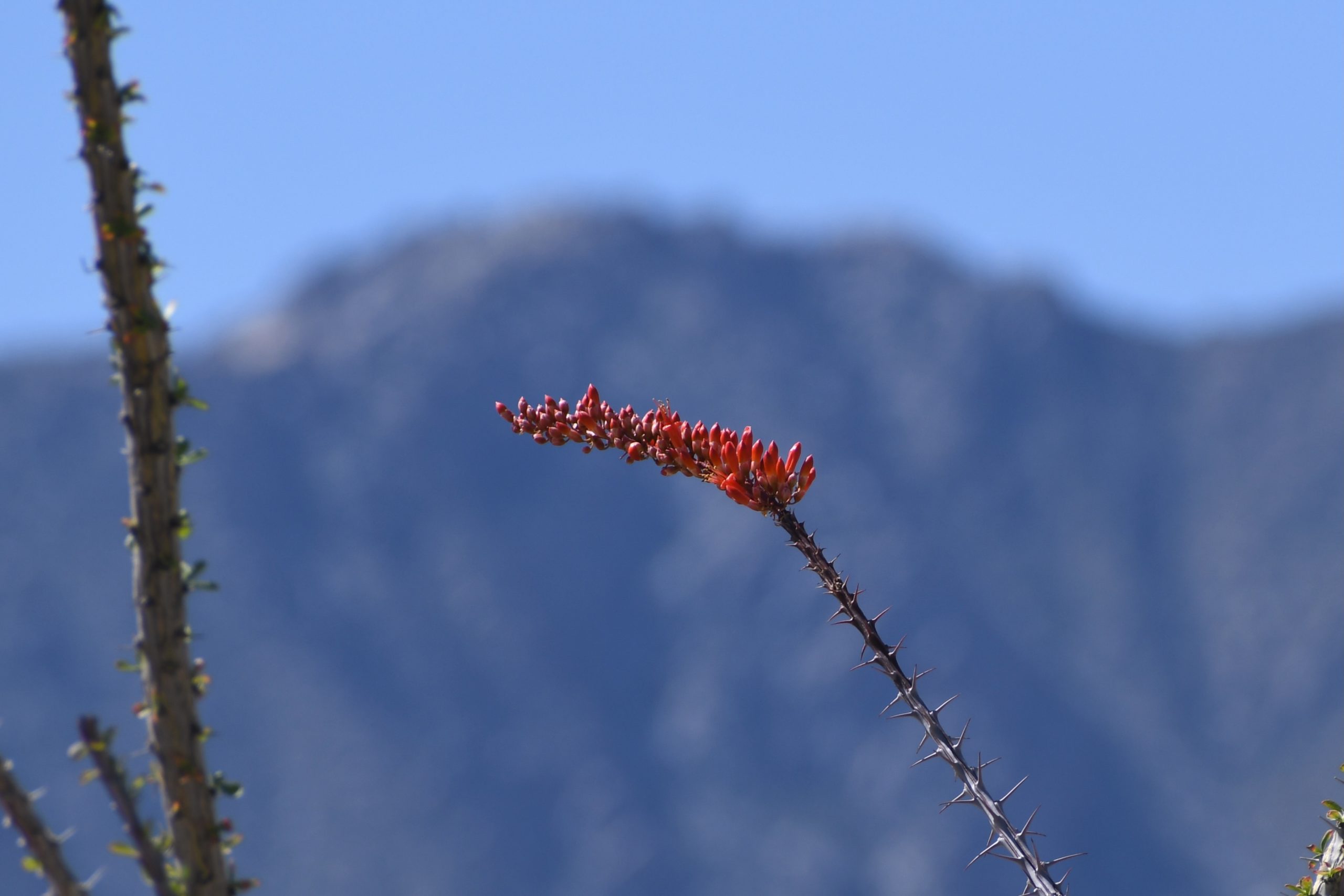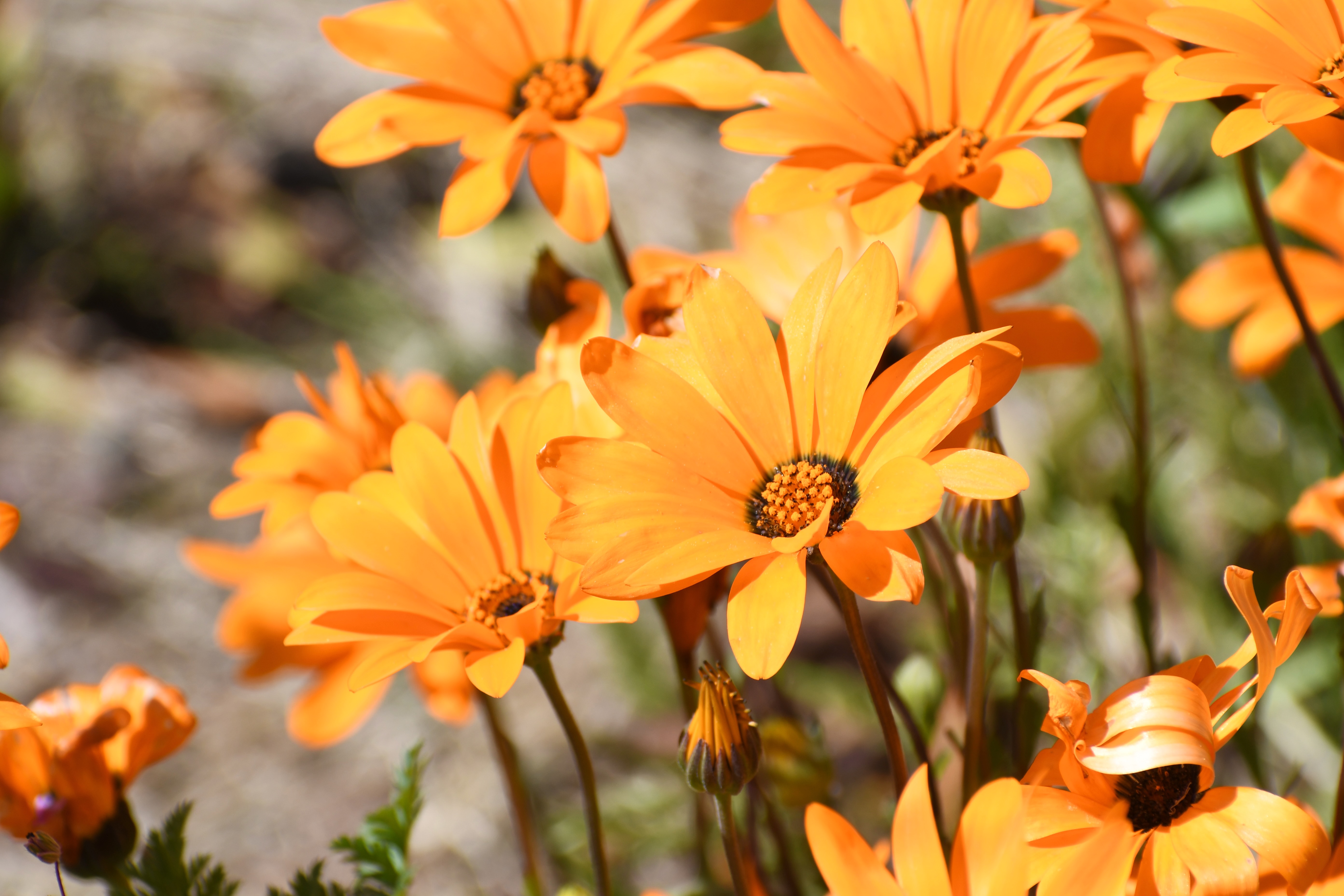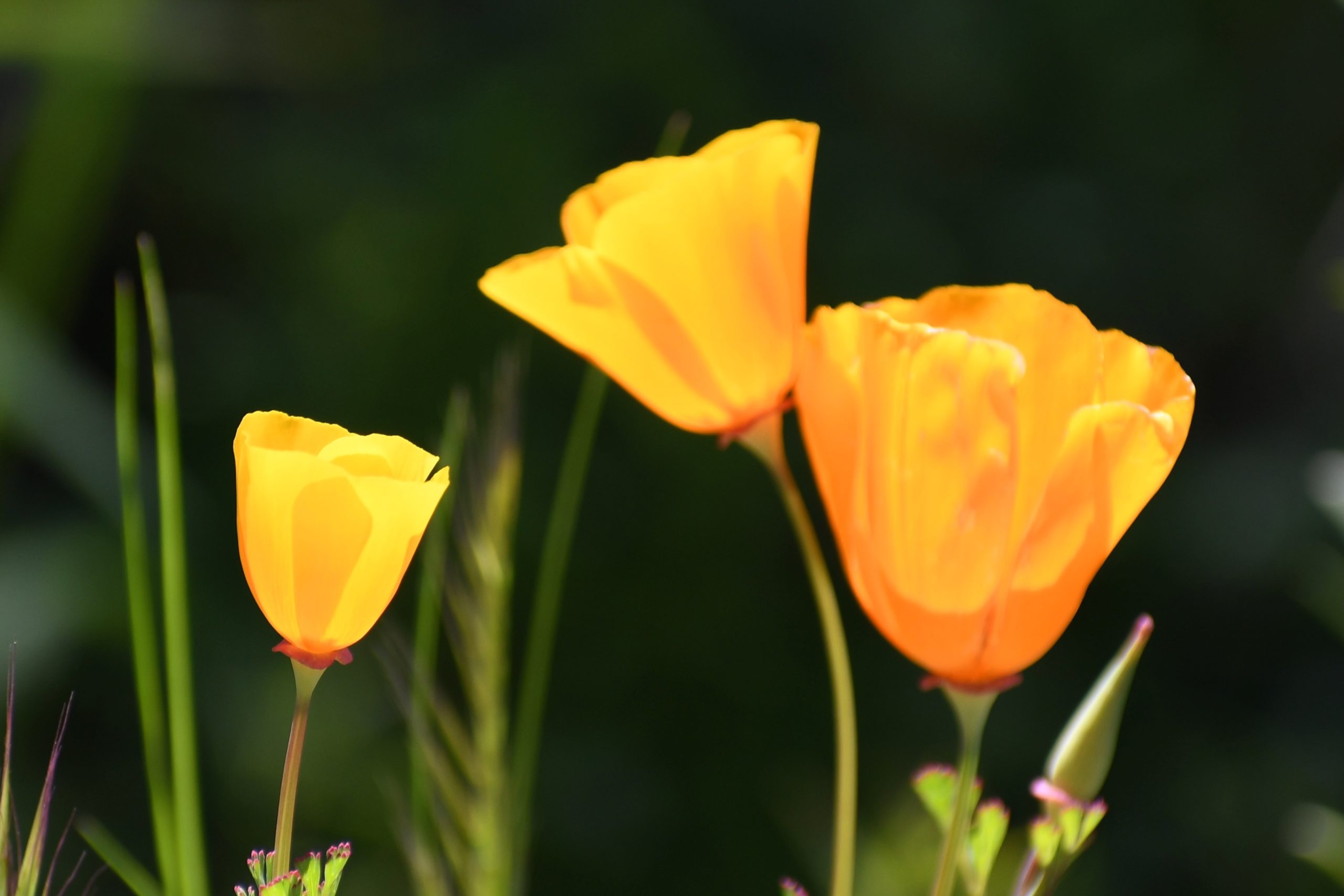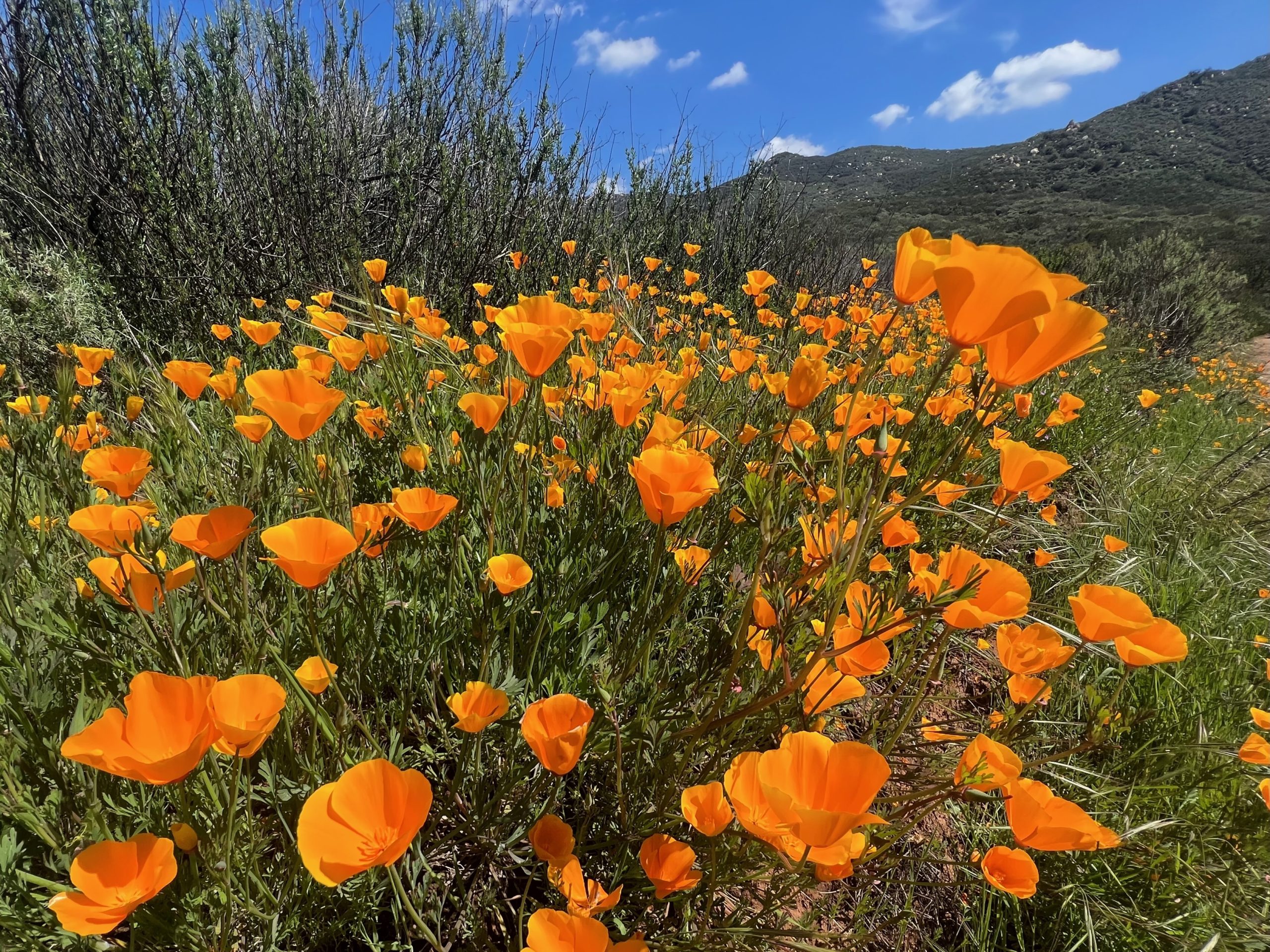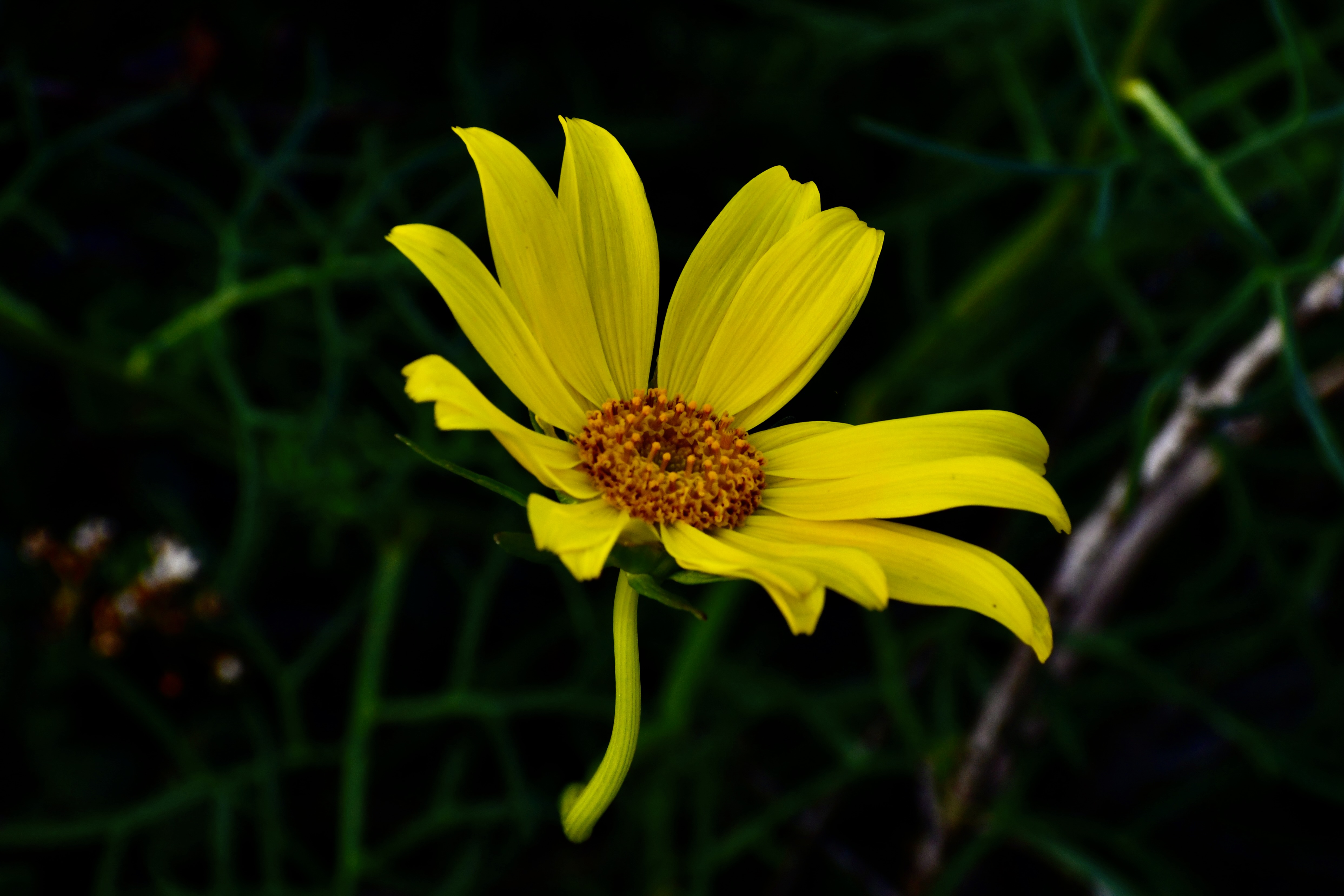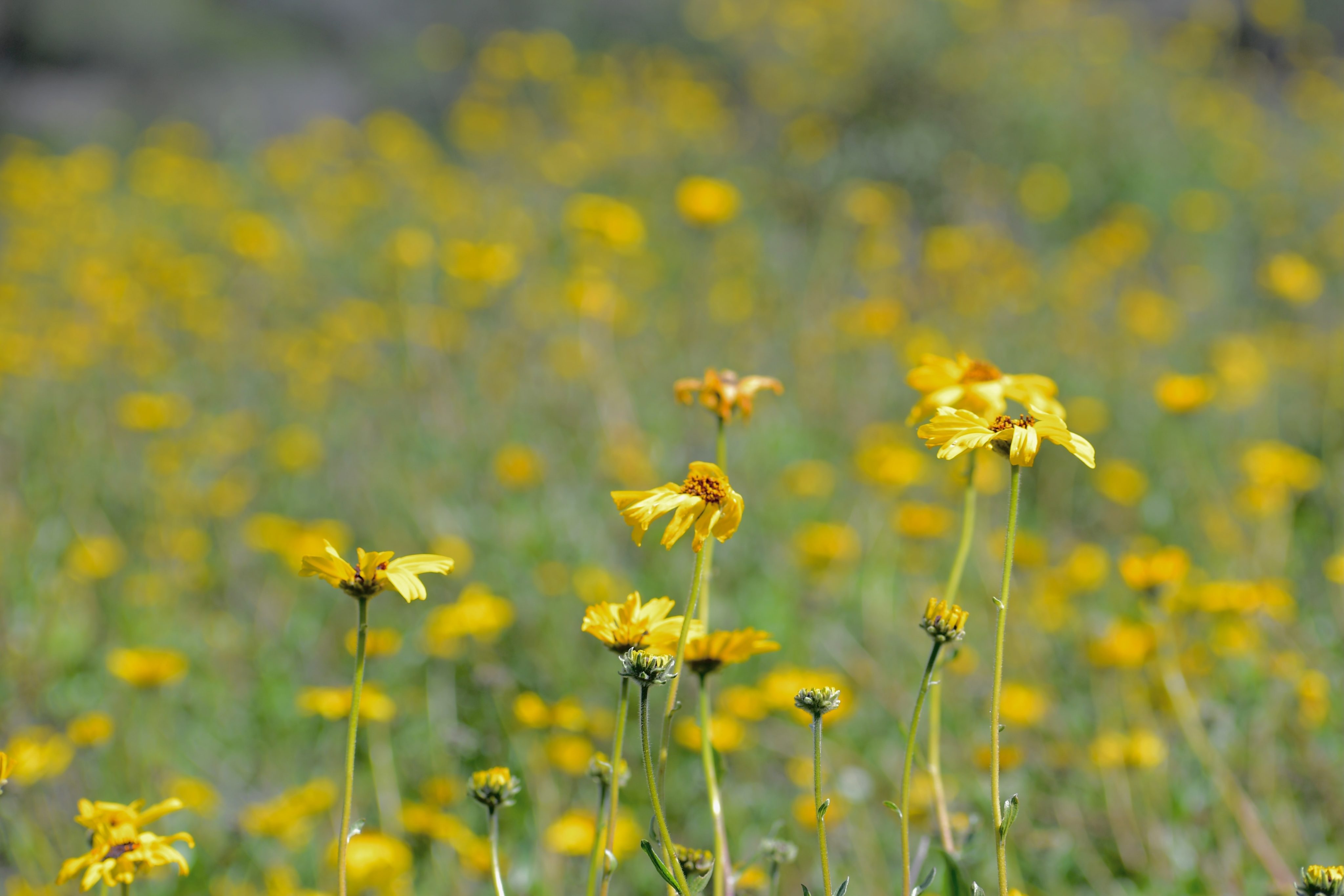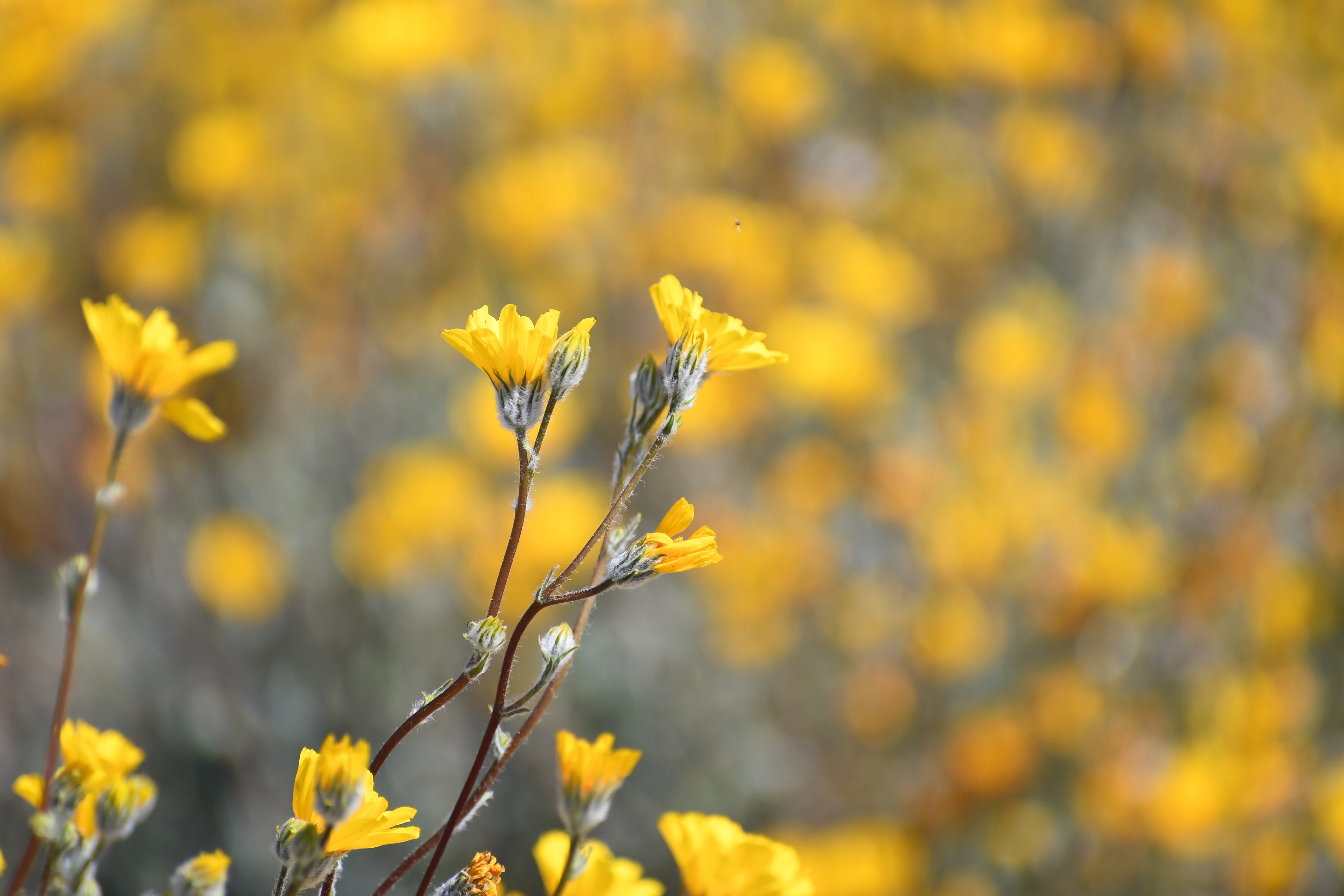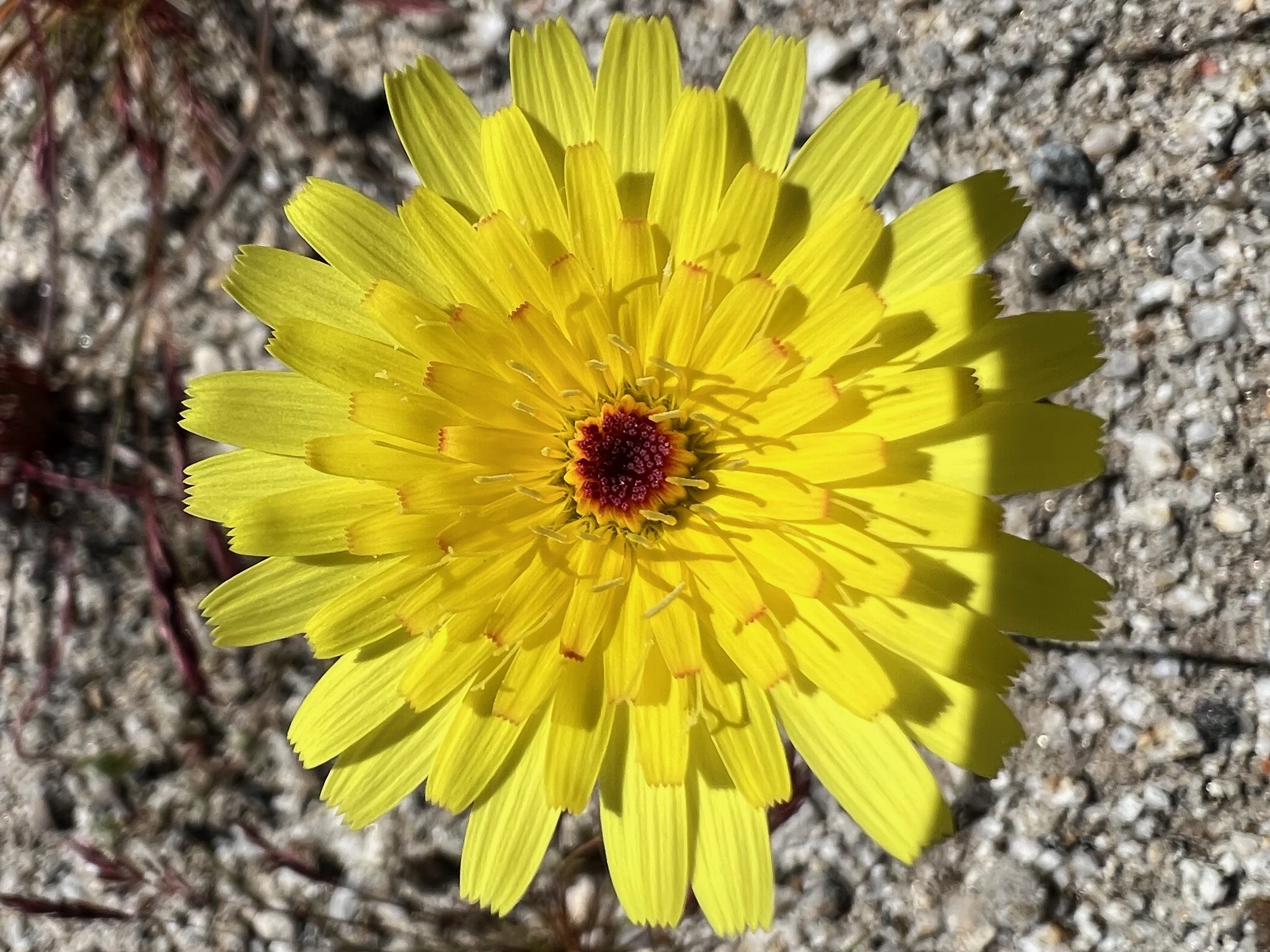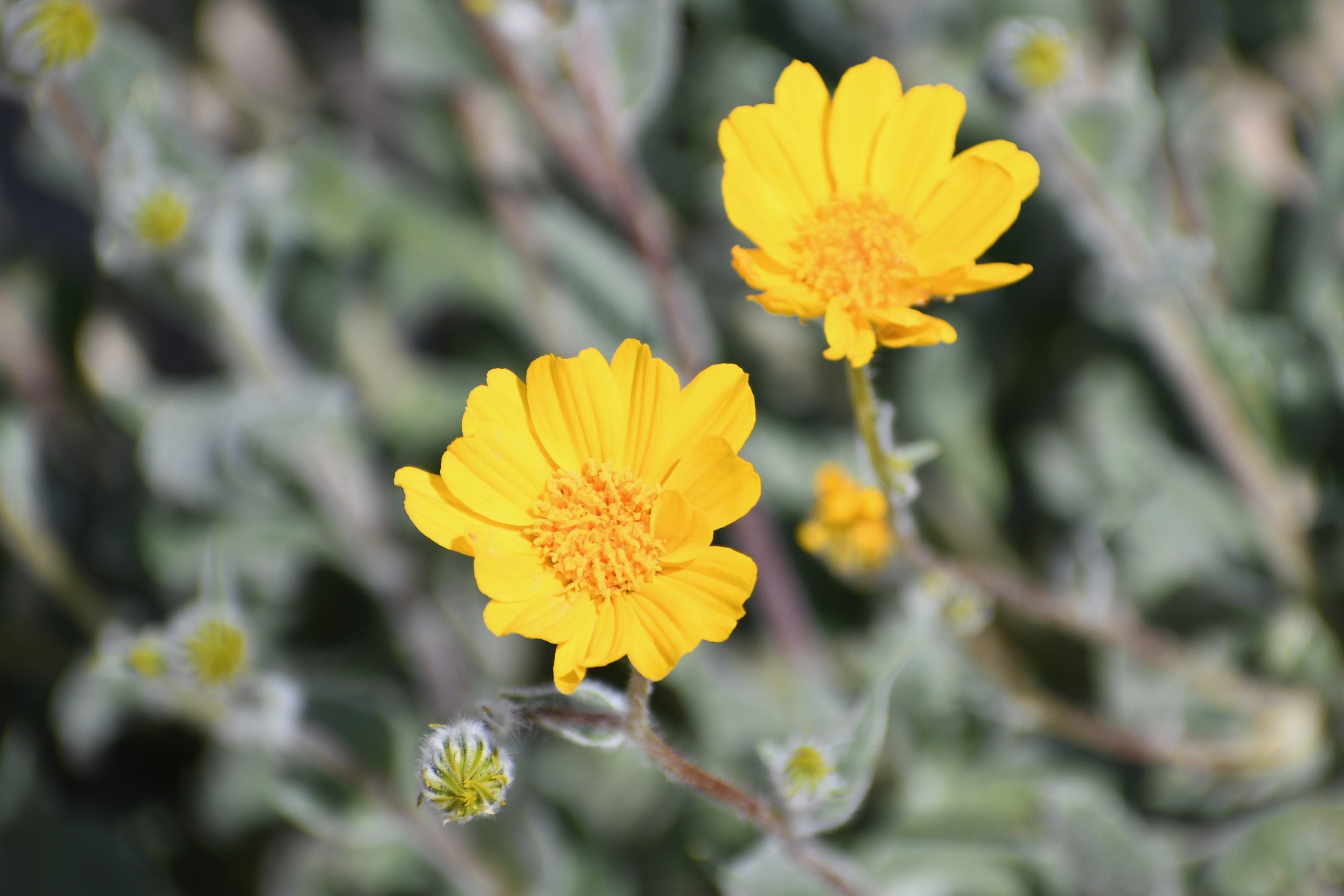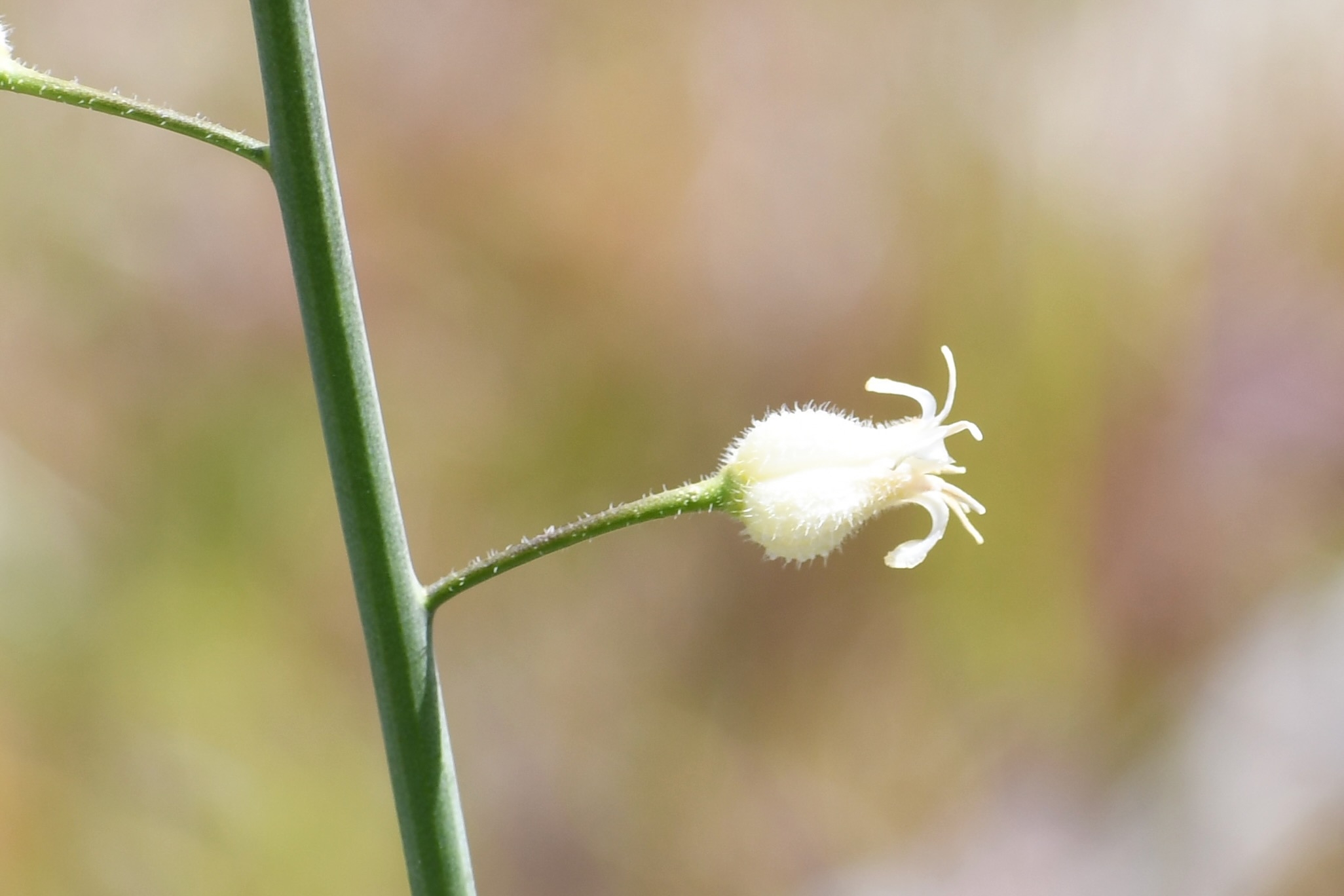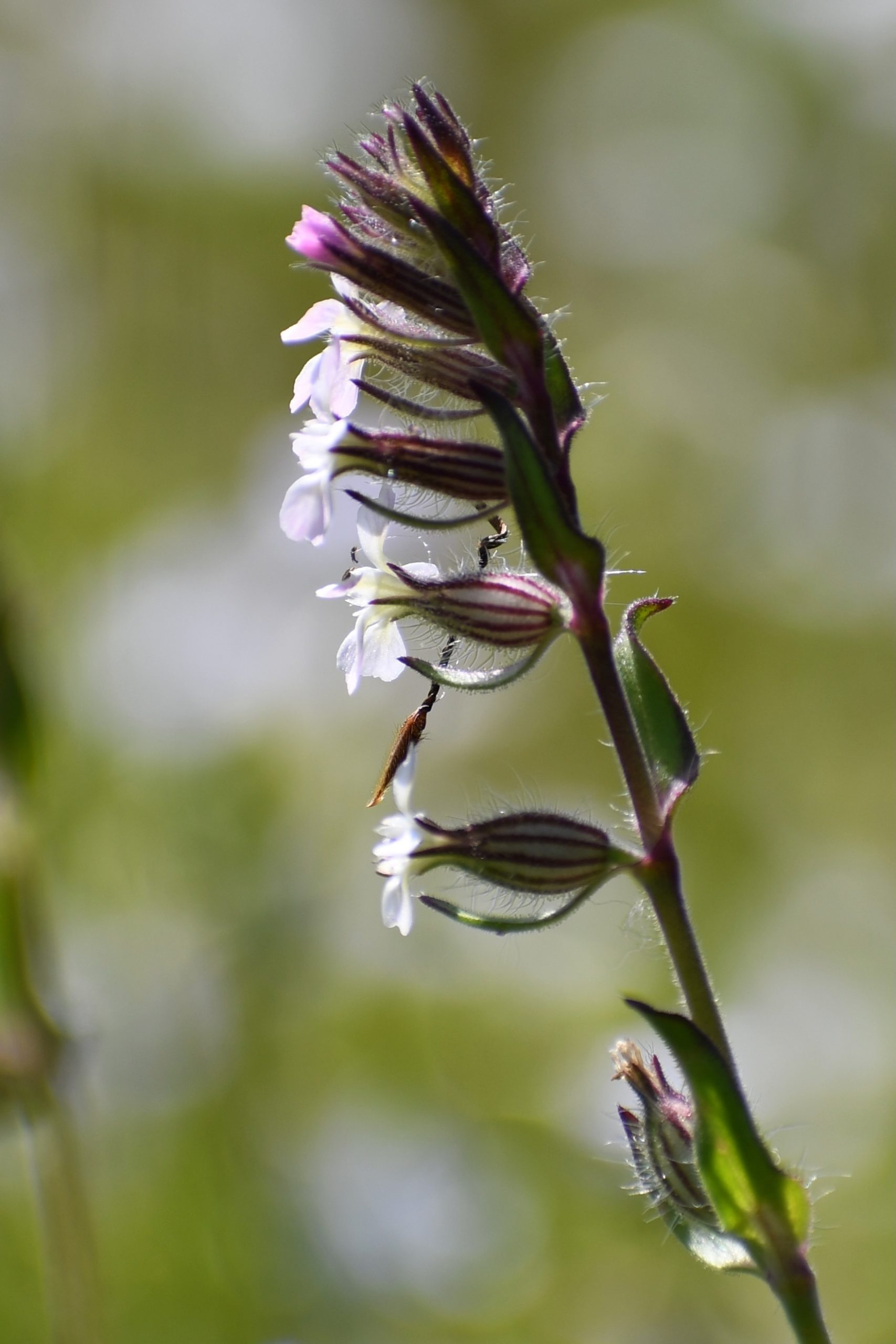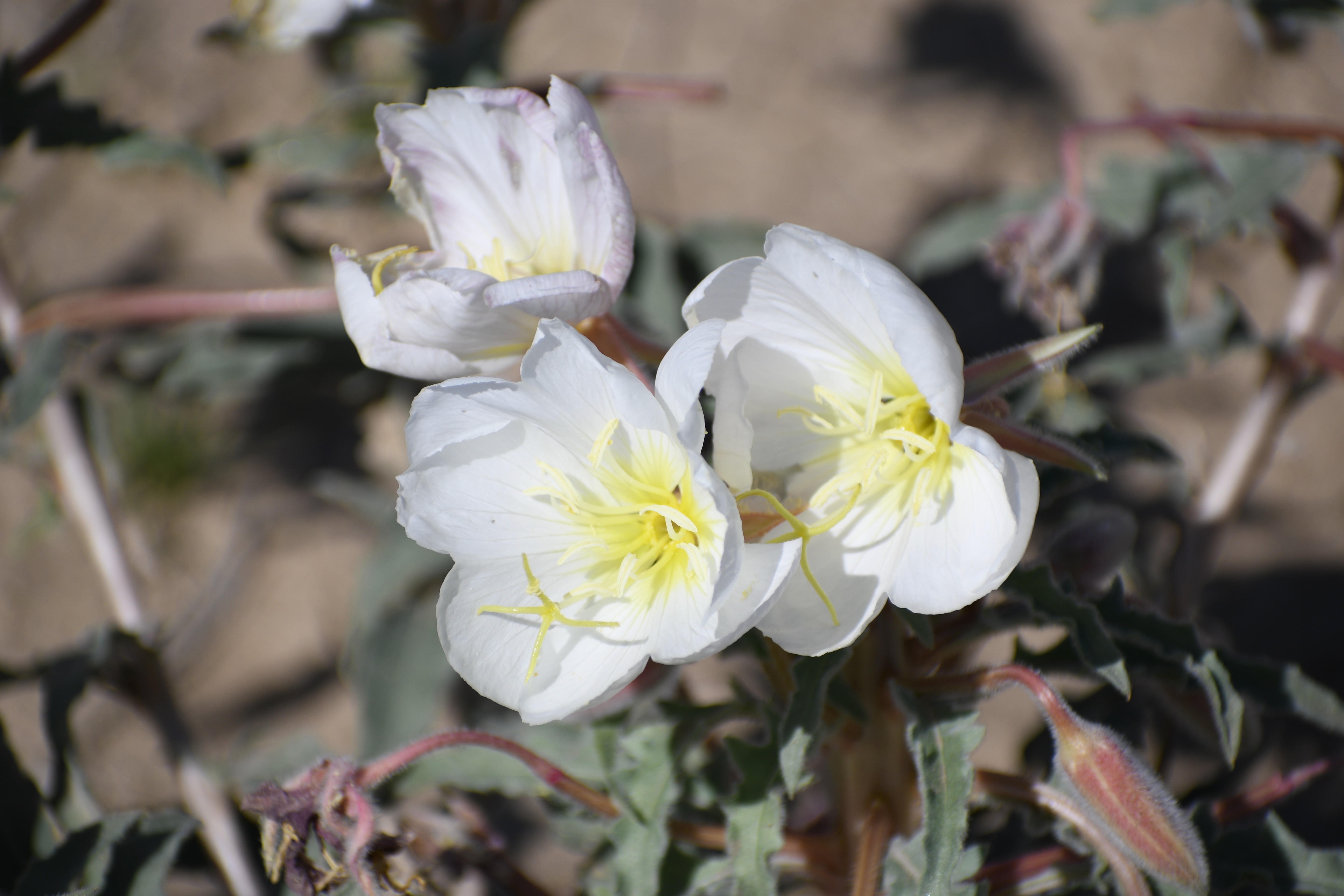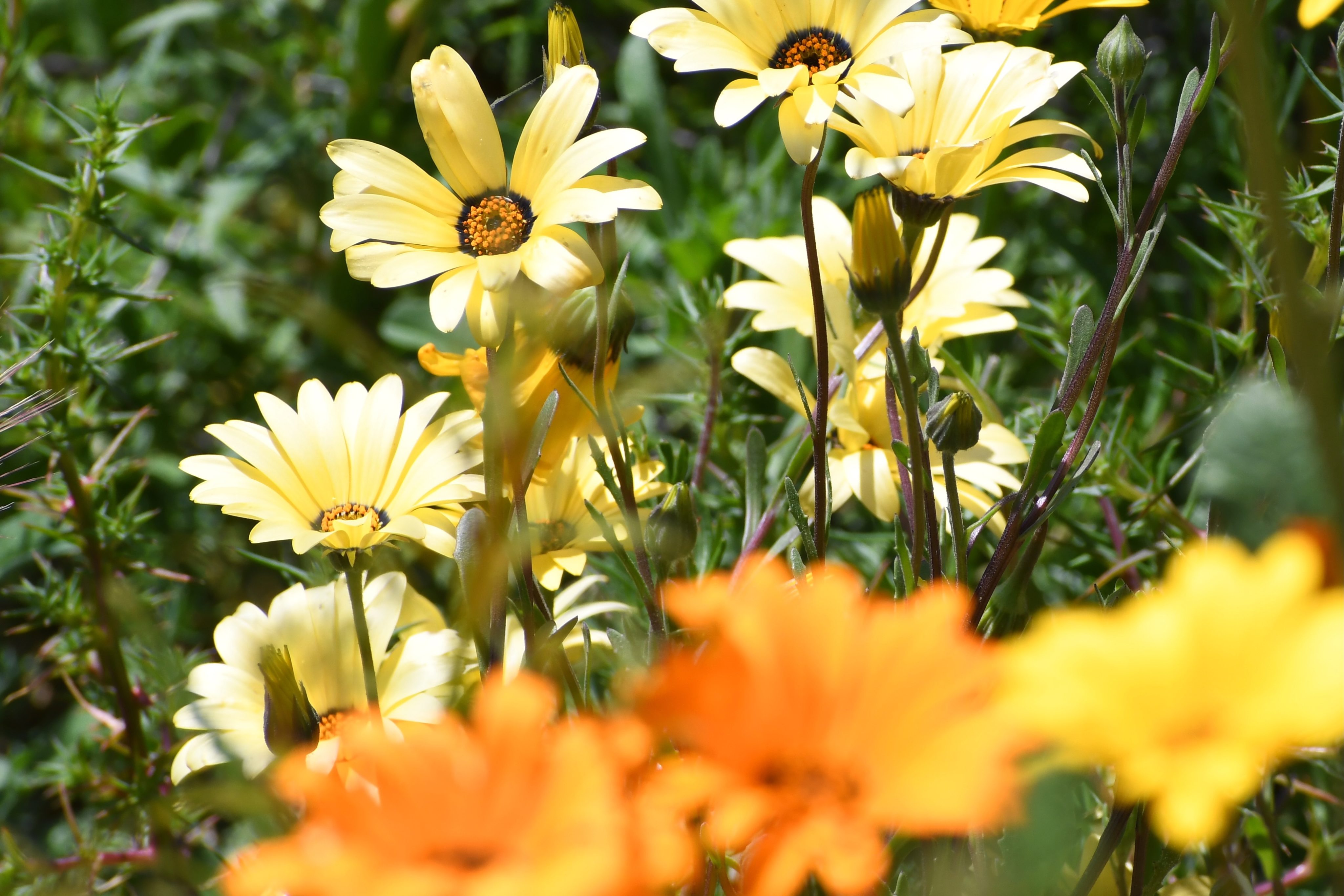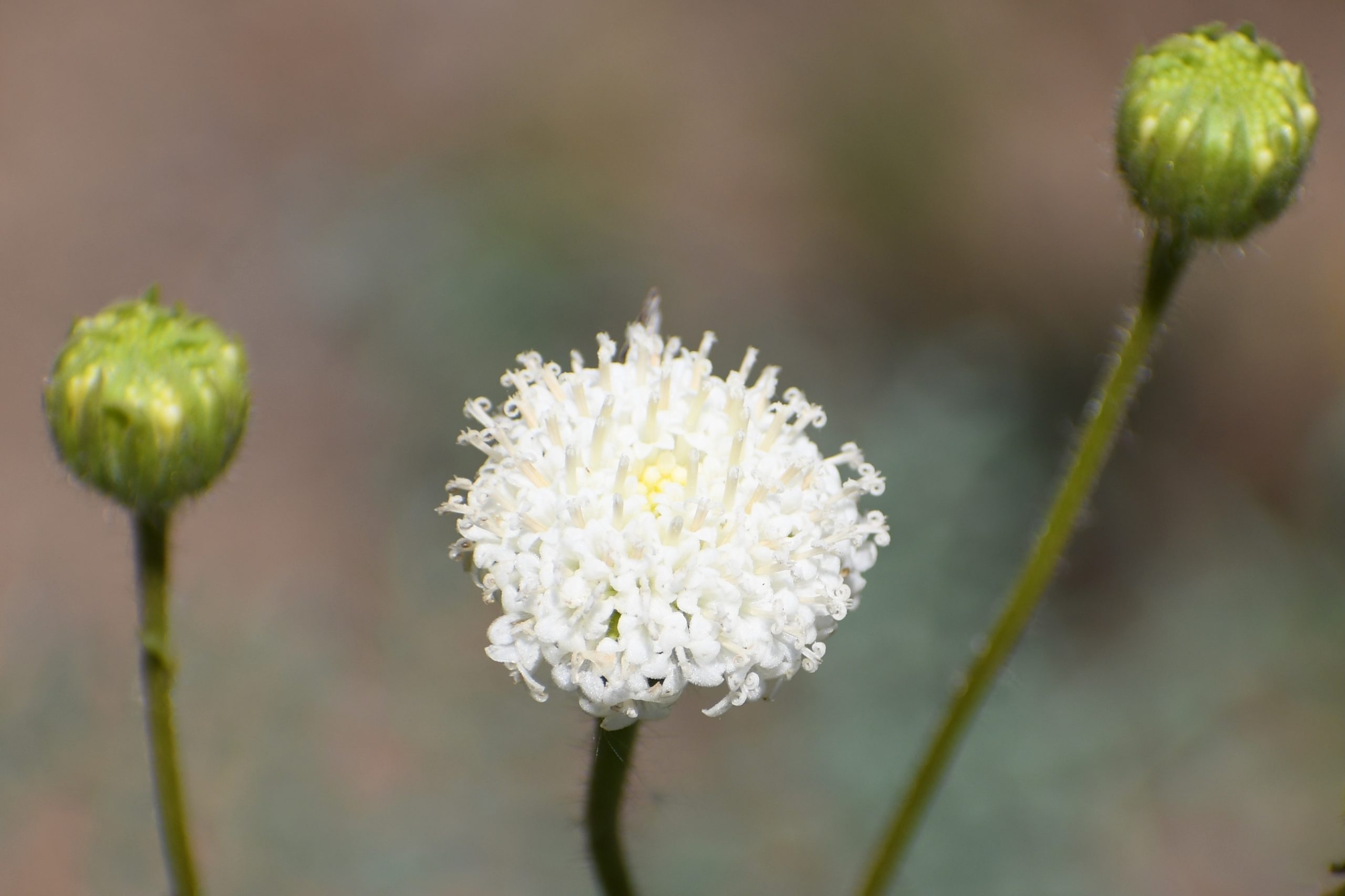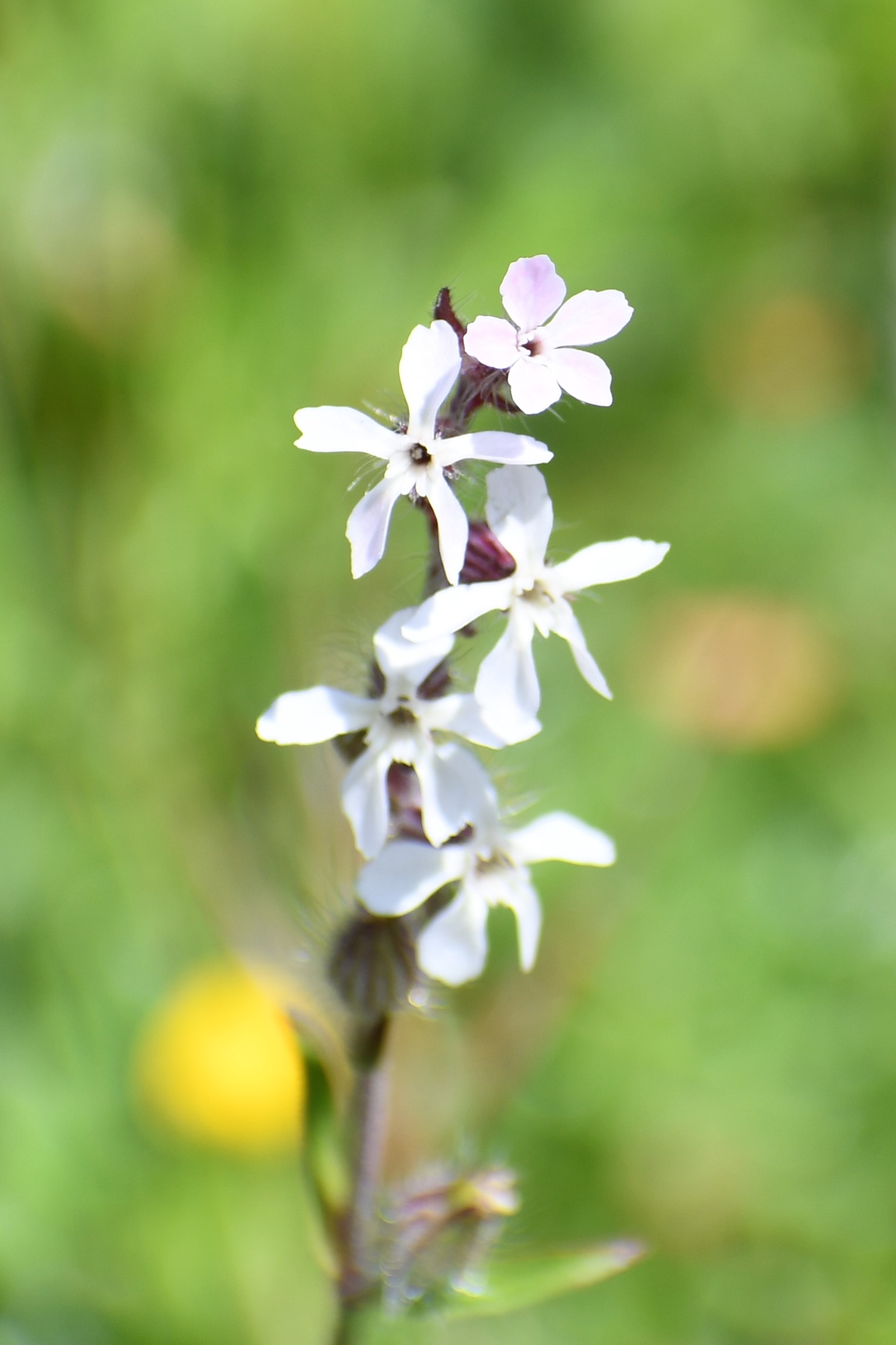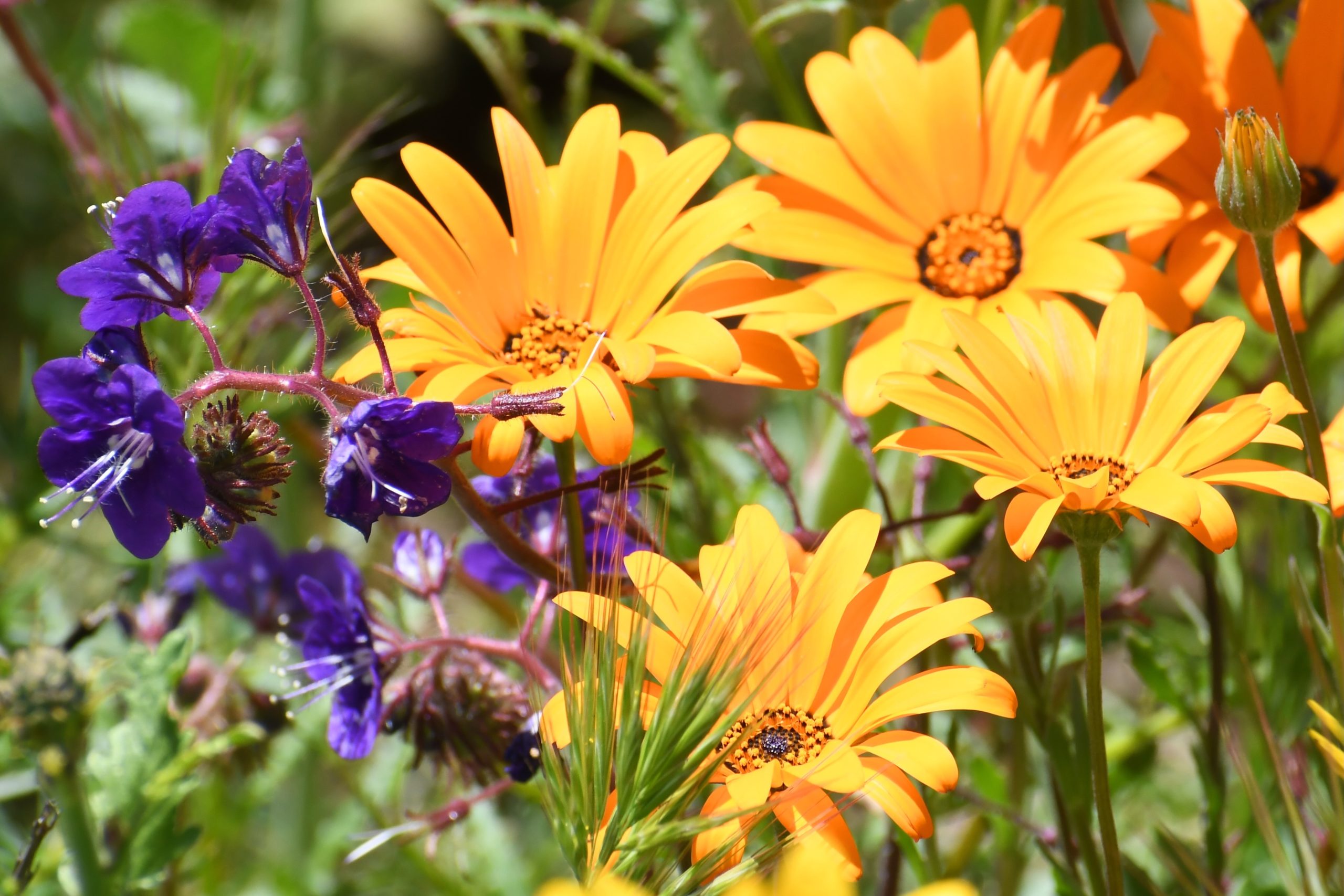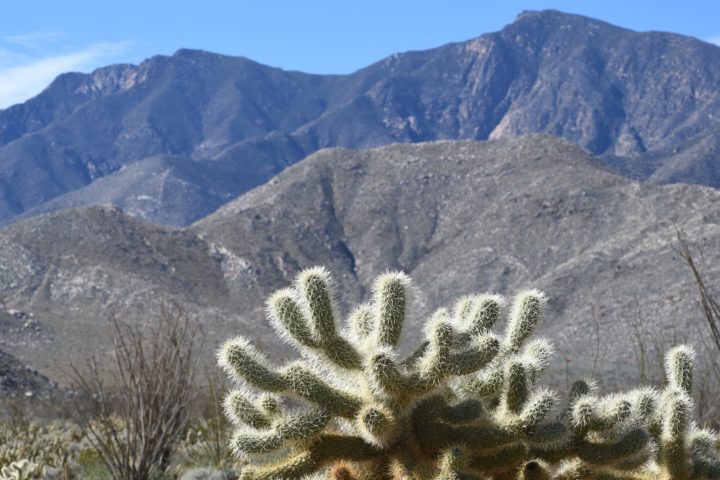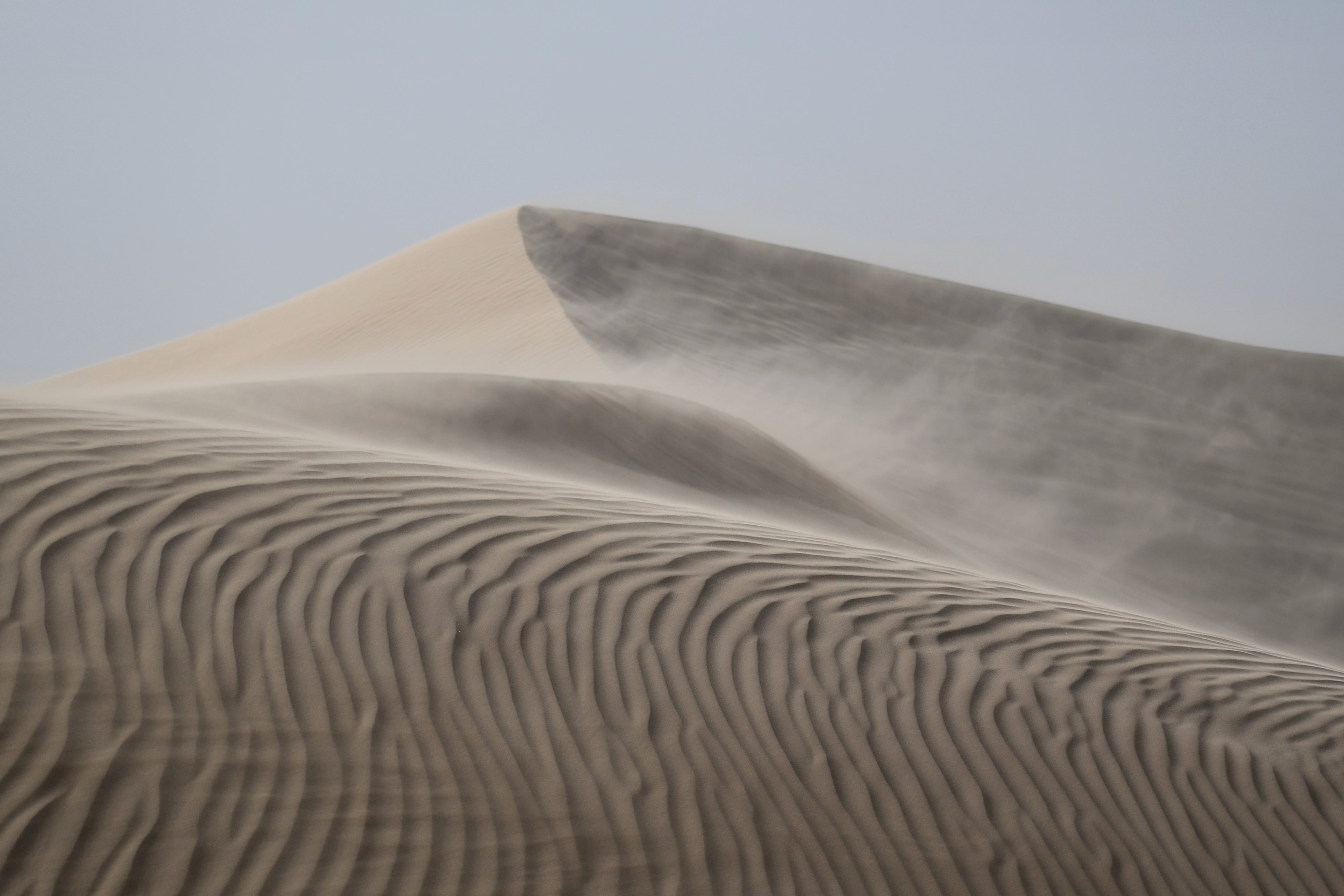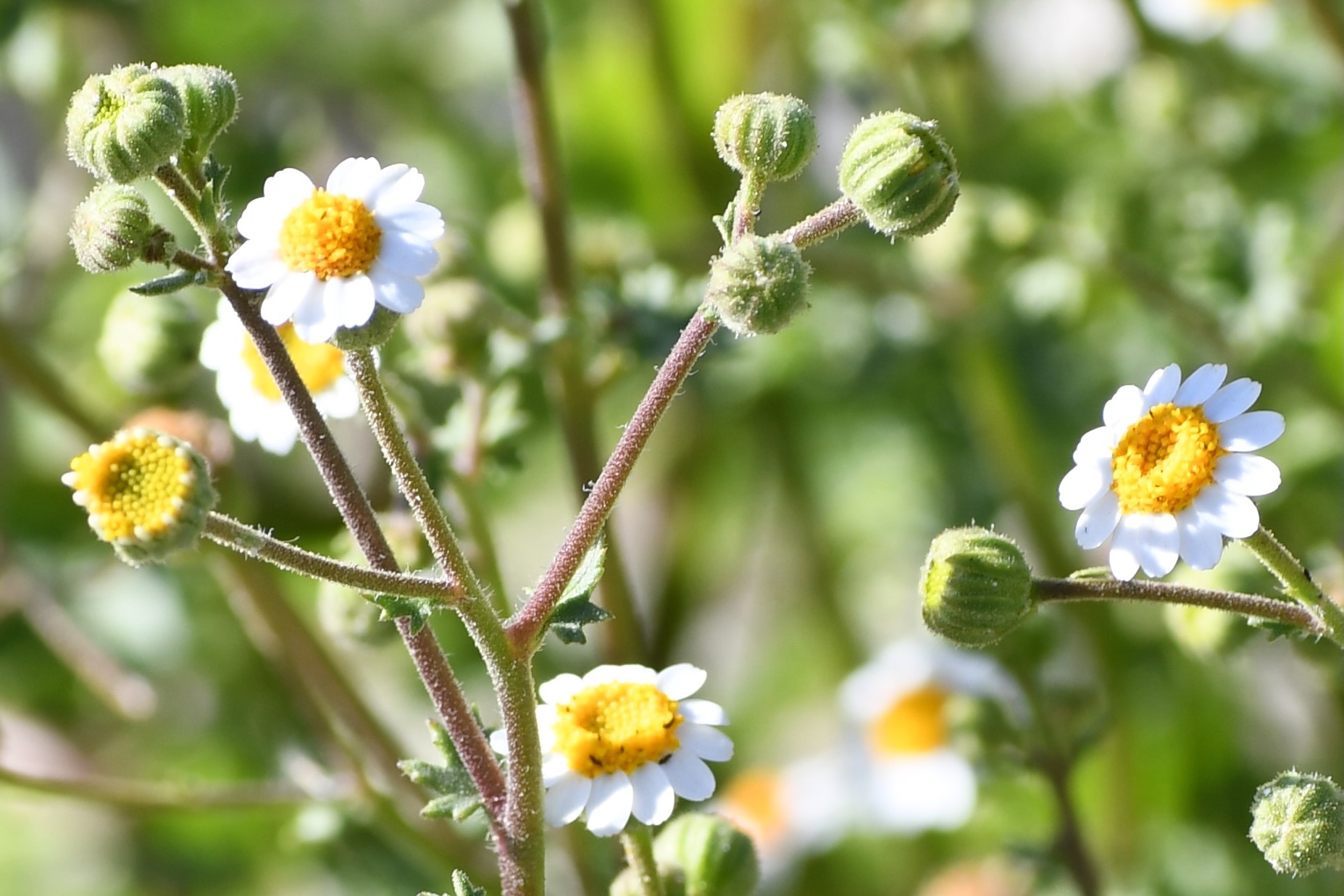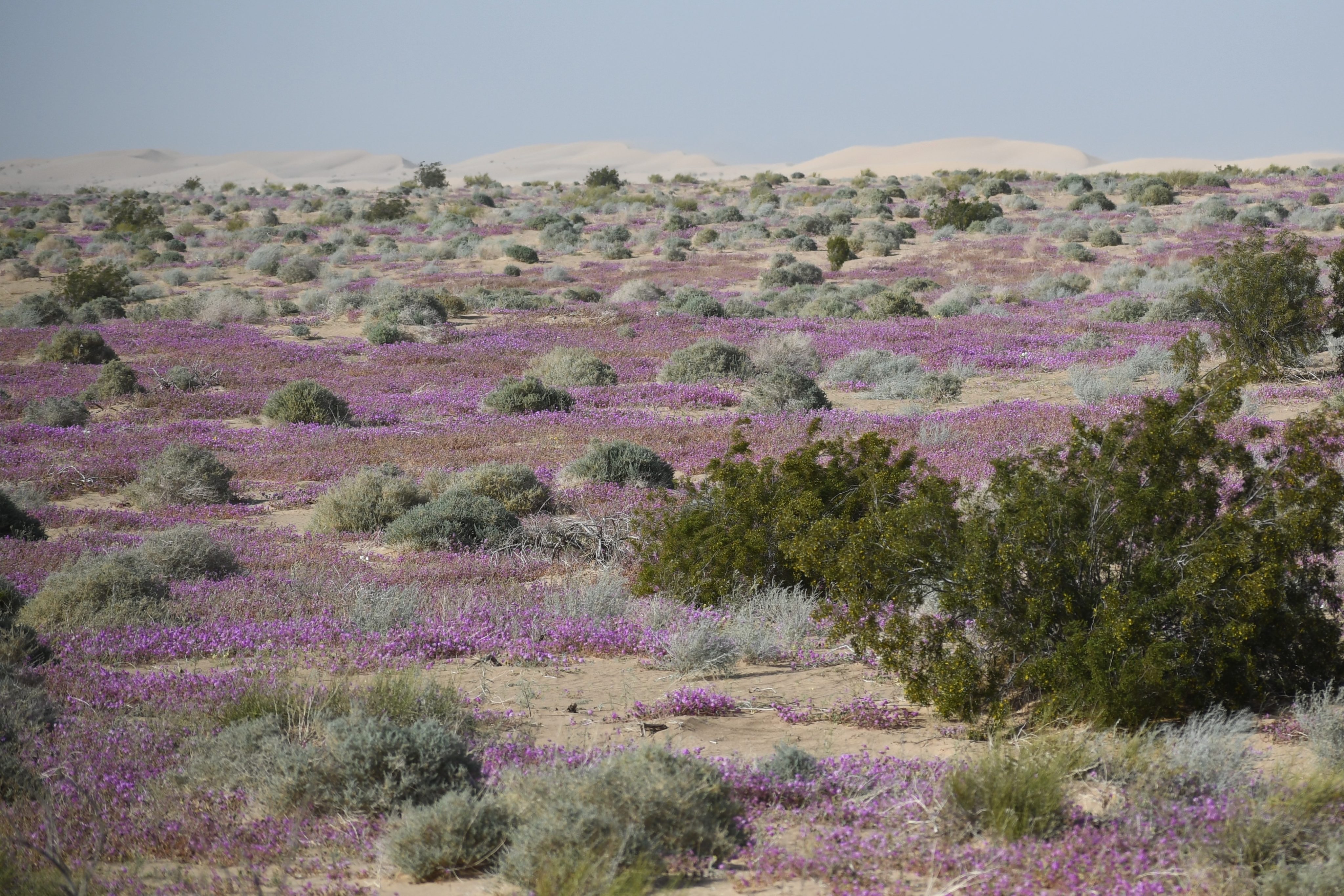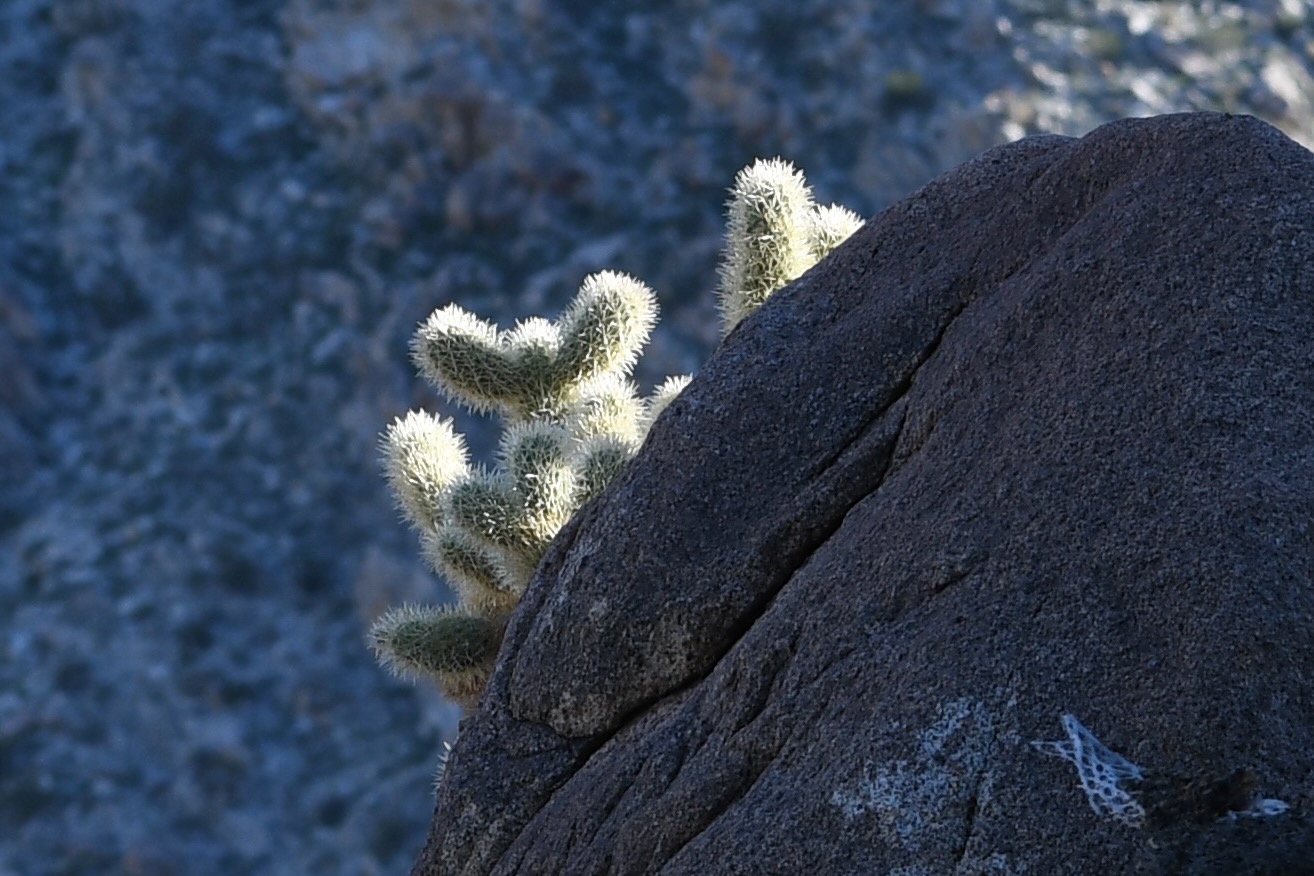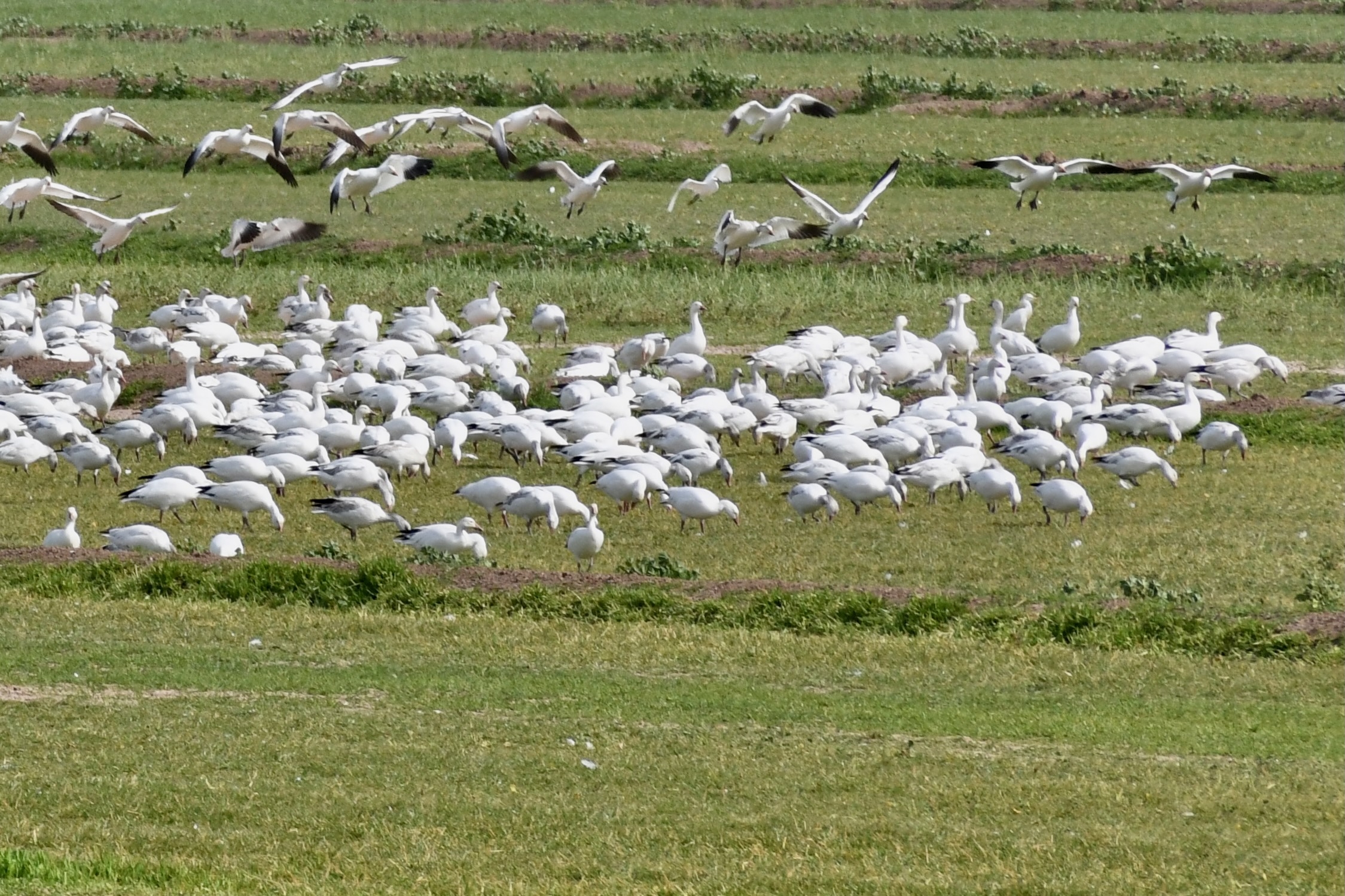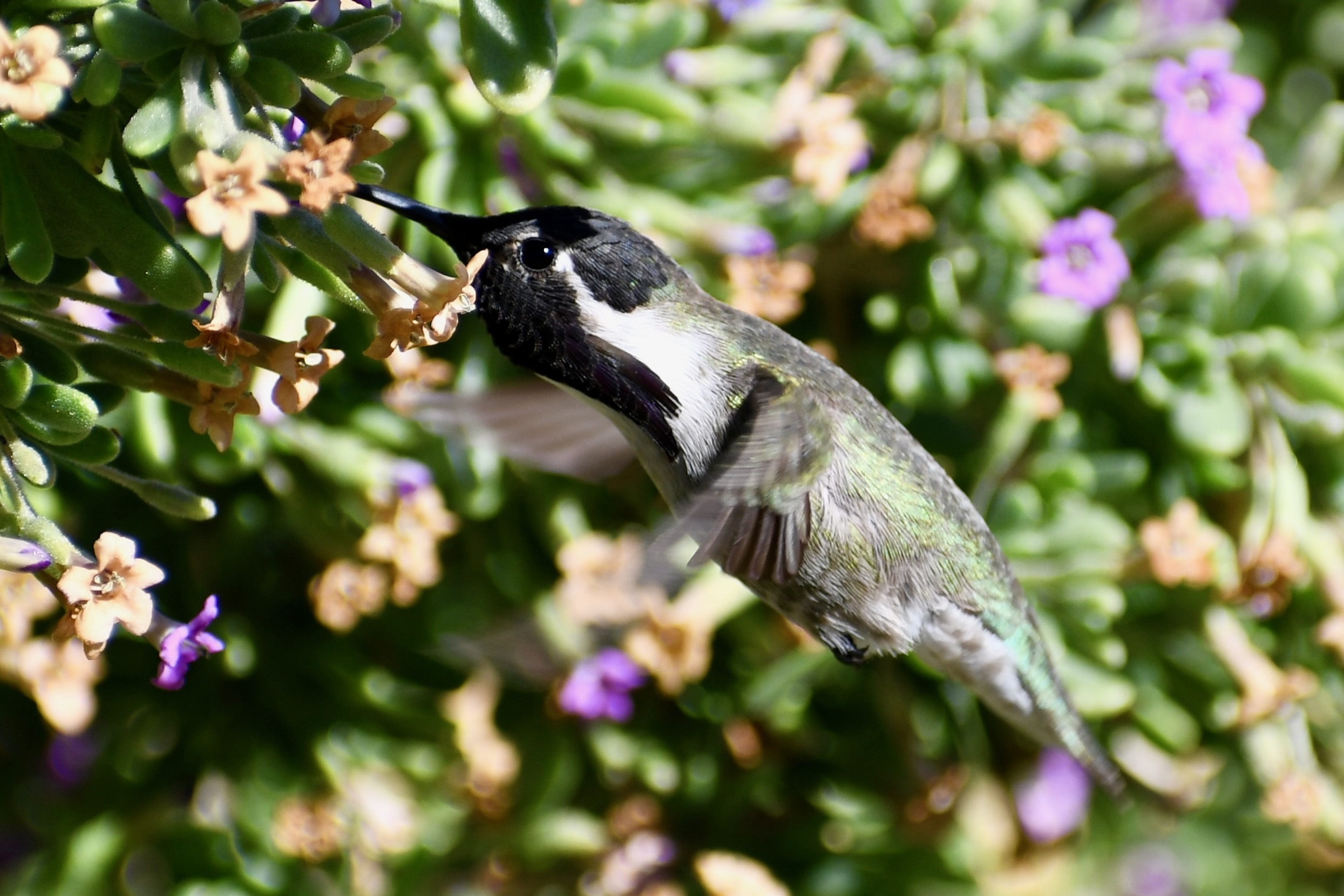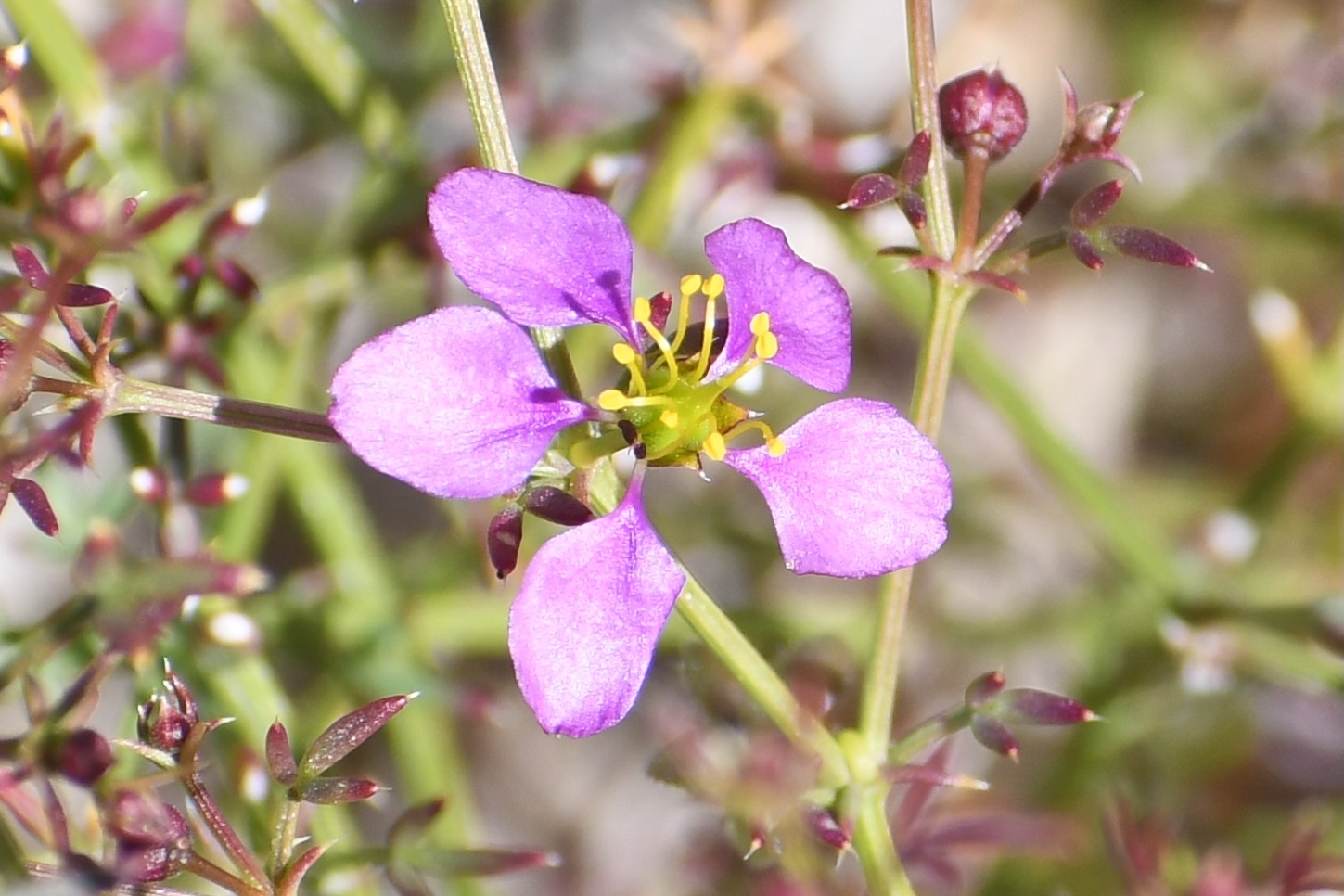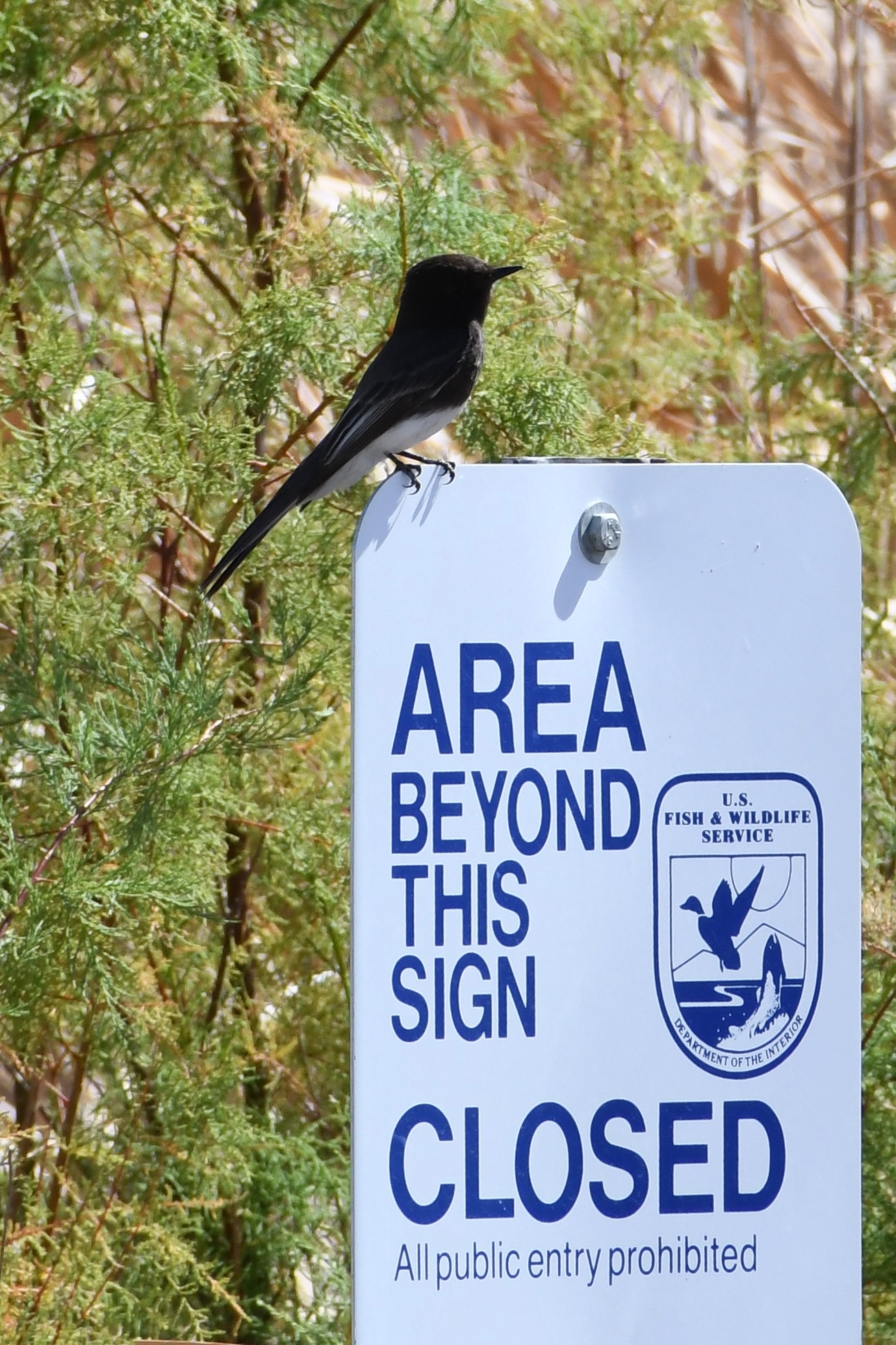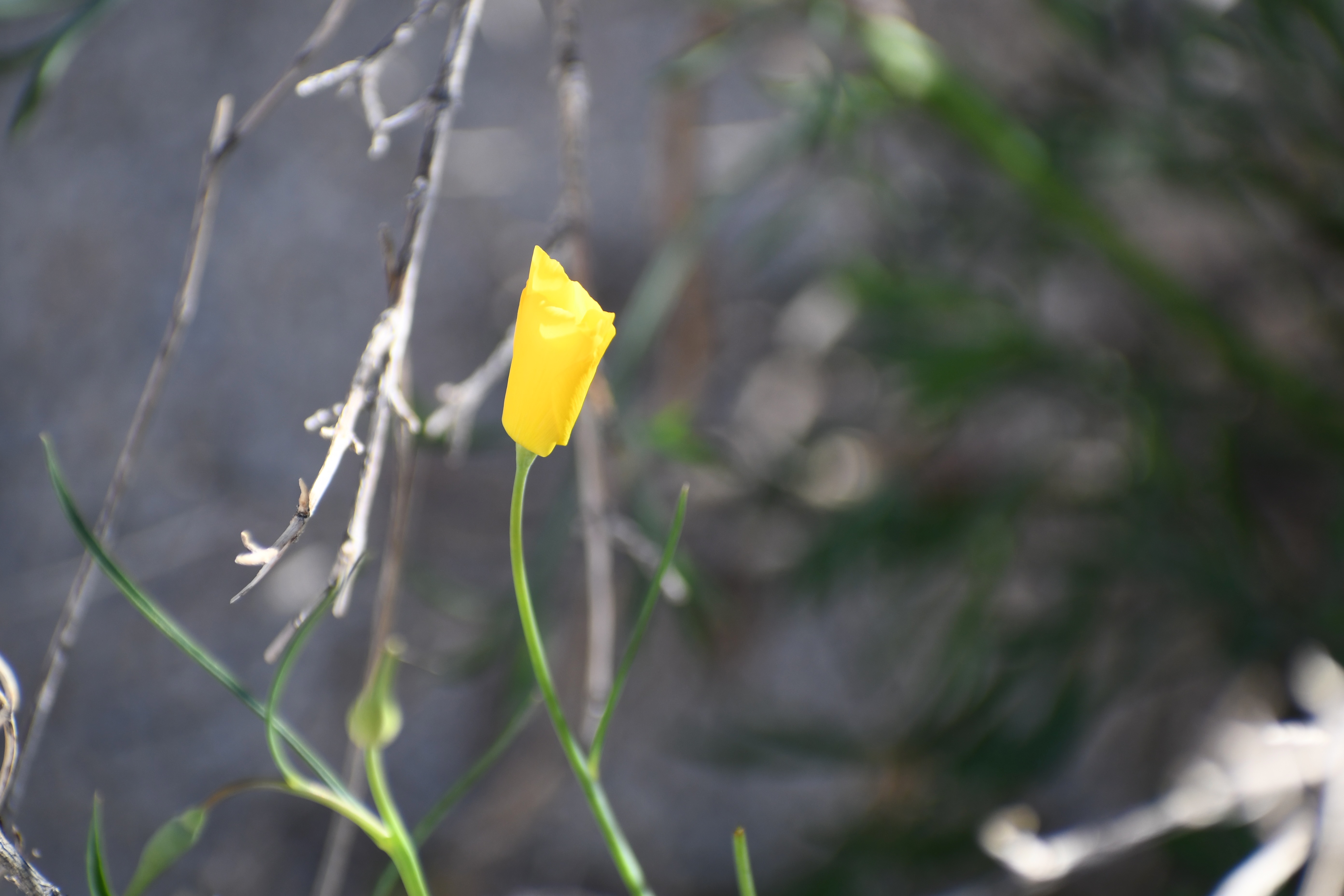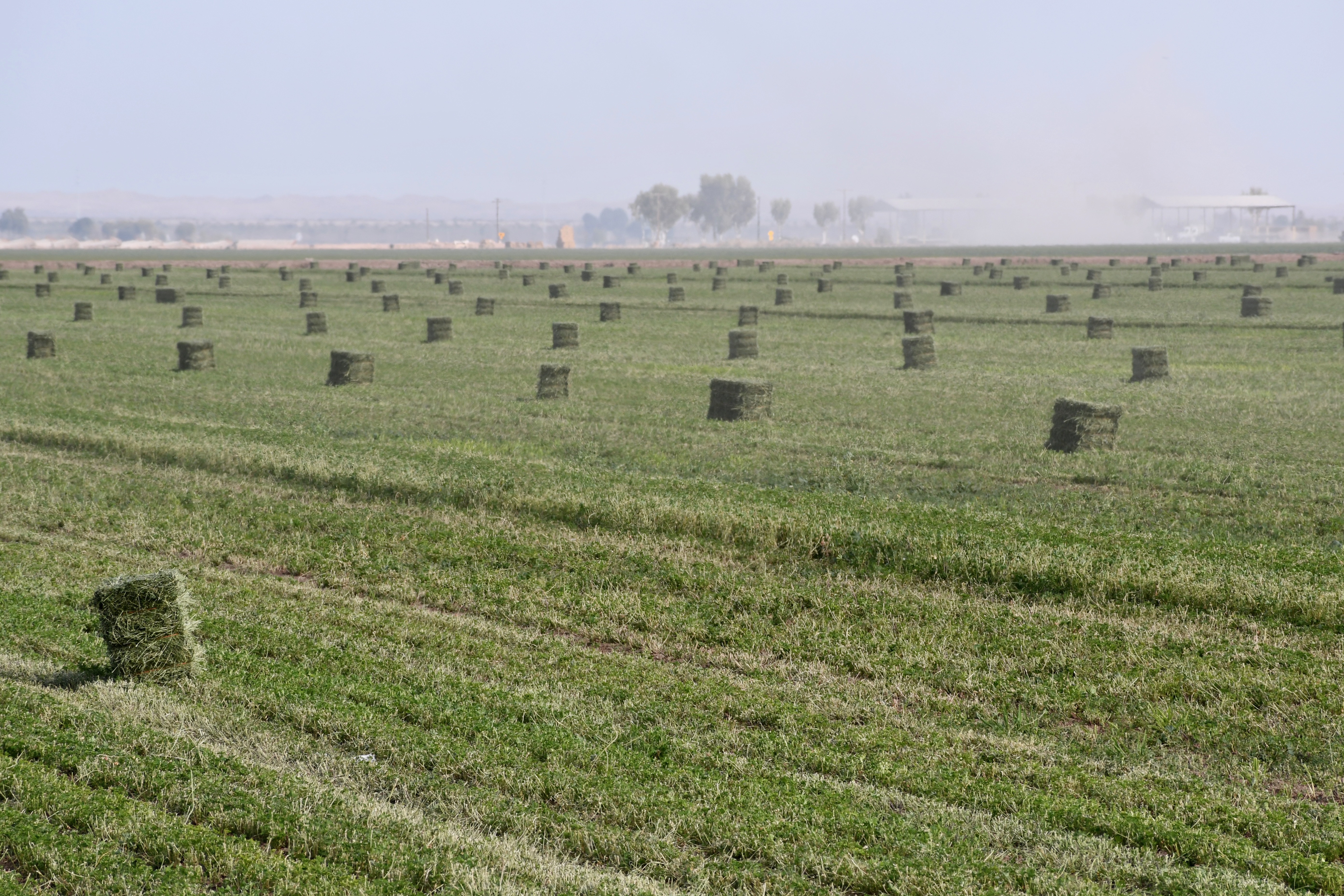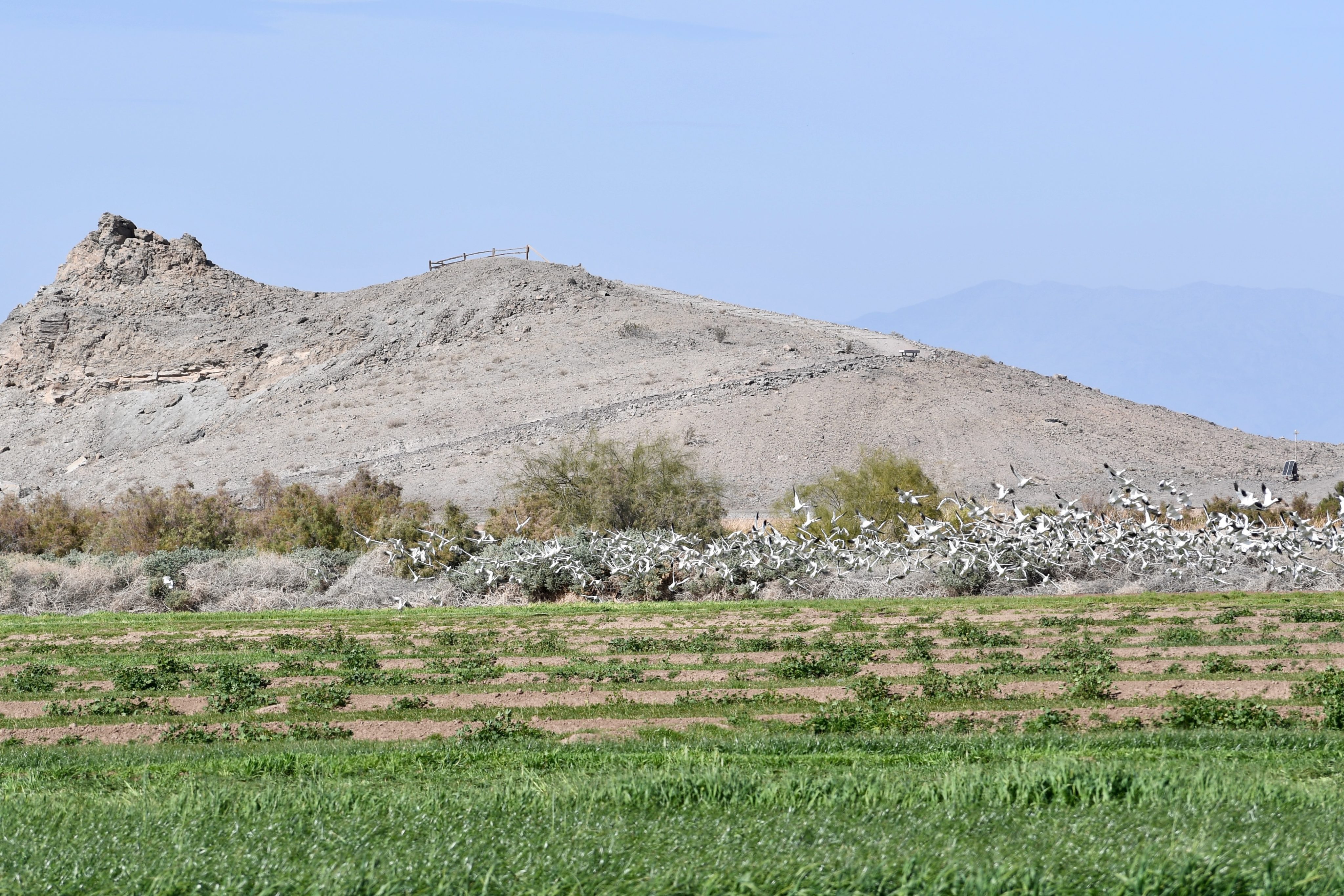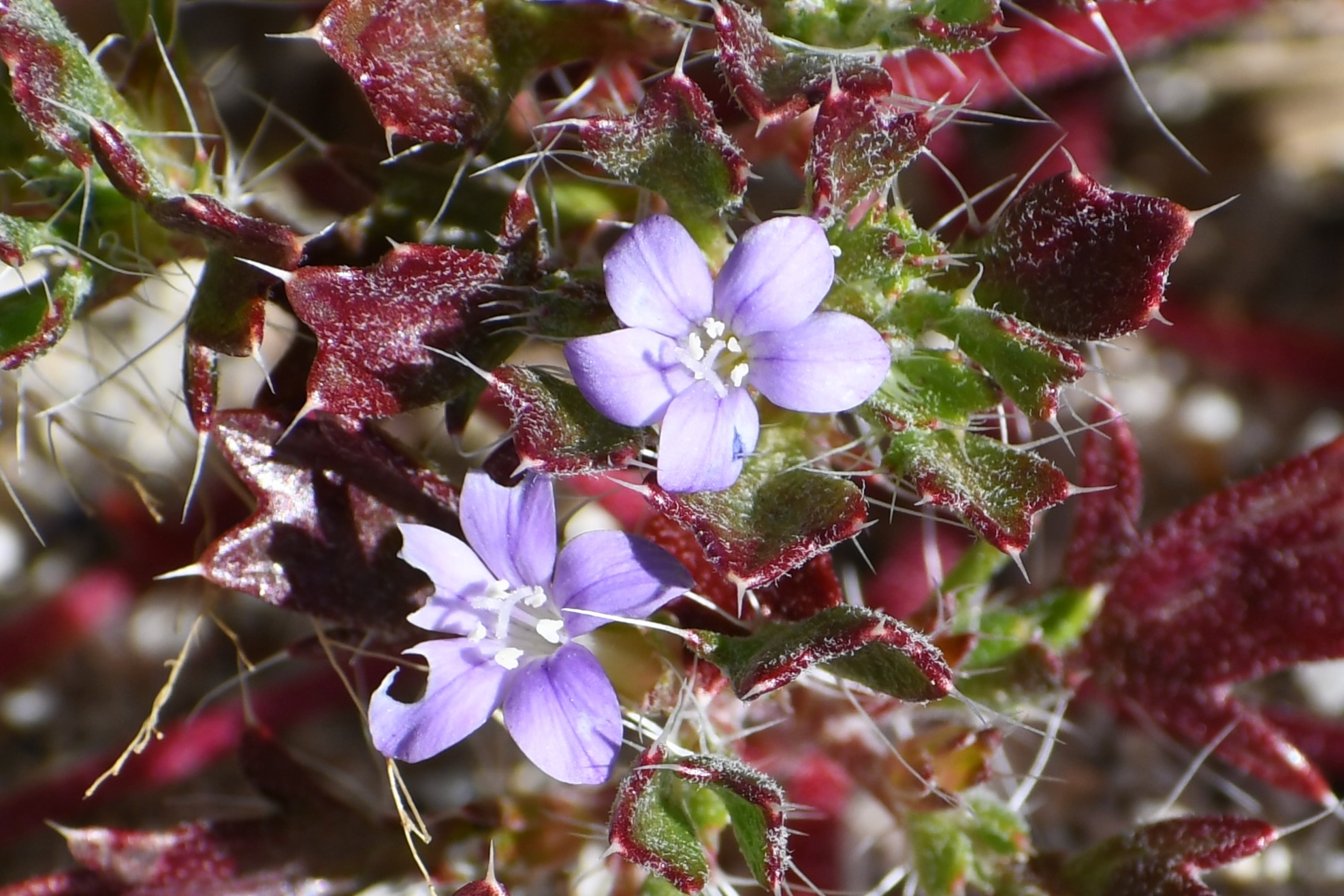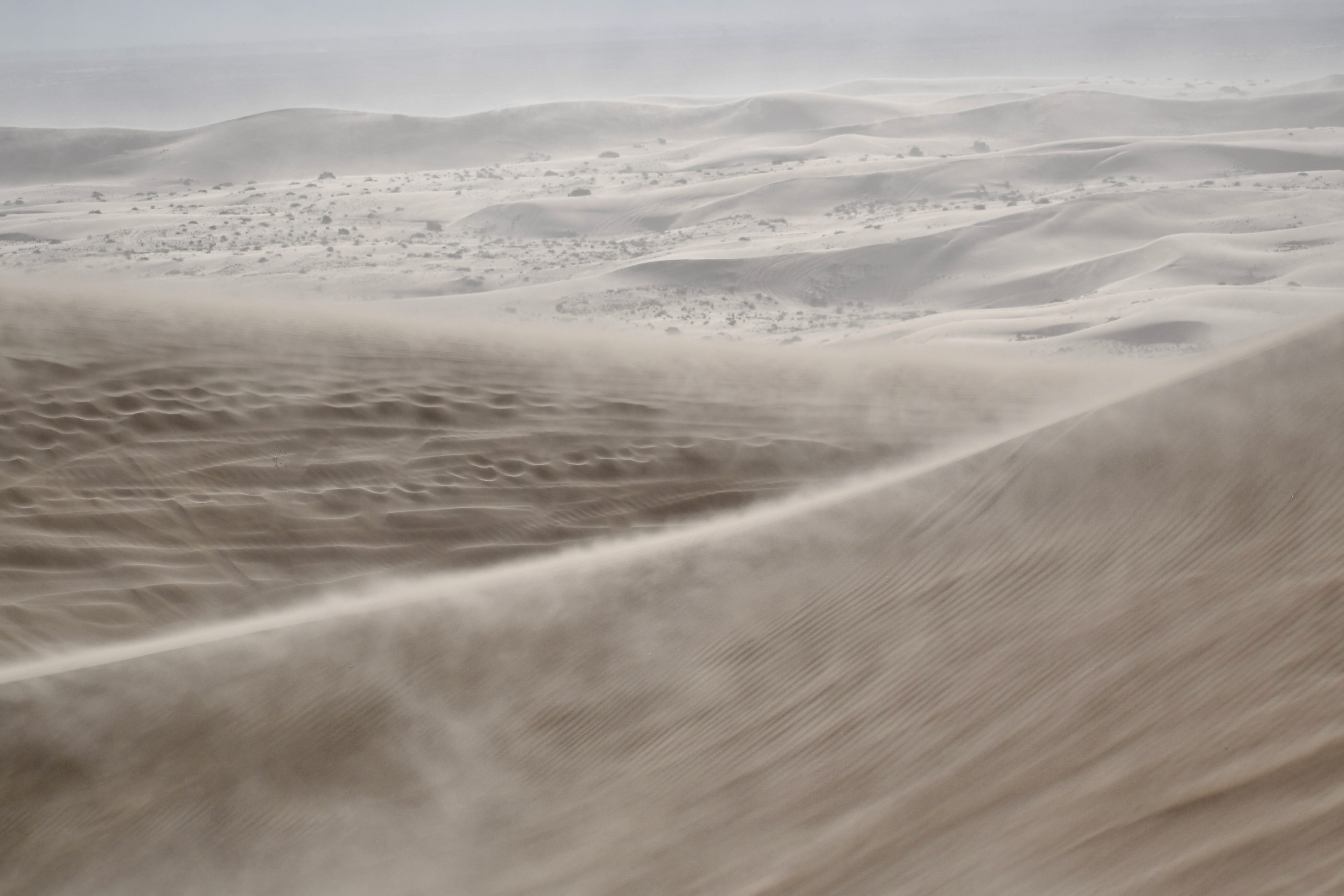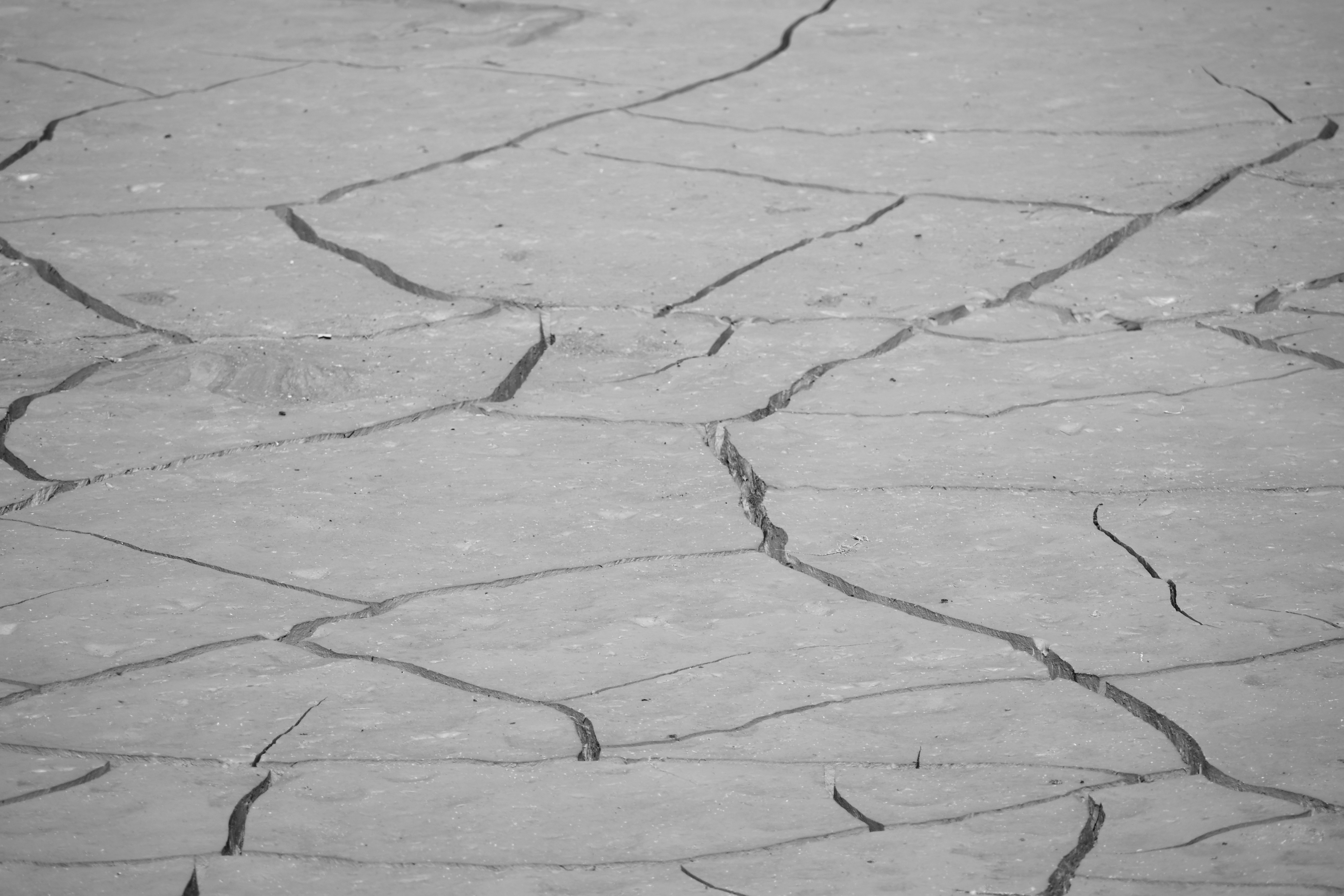Spoiler Alert: If you plan on reading “Remains of the Day,” you may want to save this for another day.
It’s not my habit to use earbuds while I hike. It defeats the purpose. But I want to finish an audiobook, “The Remains of the Day.” So when my lens cap undoes its clasp and its tether detaches from the body of the camera, and falls to the ground, I don’t hear or notice it.
I’m a quarter of a mile up the trail when I try to remove the no longer present lens cap from my unprotected lens. It was there when I started, but I could have dropped it anywhere between here and the car. Judging by the empty parking lot and walking on an out-and-back trail, I figure I have a better than 90% chance of finding it on the return trip to the car. There is no one else on this trail to take it. So I let it go, resolving to be mindful not to bang the camera around with its exposed lens and to recover the lens cap on the way back.
I’m not sure what prompted me to pick up the “Remains of the Day,” and I’m not even entirely sure why I continue to read it. The story is about a butler: not a man who works as a butler, but a man who IS a butler. It reads like a handbook for the craft of the butler narrated in the first person. Is there such a word as butlerness, the essence of the position?
On the other hand, Kazuo Ishiguro’s writing is compelling. I unabashedly acknowledge it qualifies as craft. The cadence, tone, interactions, and meticulous descriptions of thoughts and perceptions are rich, unrelenting, and consistent throughout the book. But is it a story? I am starting to wonder.
In his ongoing recollections, Mr. Stevens recounts several encounters with Ms. Kenton, who was part of his staff. She caused professional and, in the most subdued of ways, sexual tension between the two. The two servants never once reveal their first names to each other or even to the reader. When they overcome the sticking points in their professional relationship, they share some brief informality together in the evenings passing the time by sipping tea together in the kitchen. Still, he is uncomfortable with it and quickly dispenses with this inappropriate activity at the first opportunity to terminate it. Formality is the protocol of the butler, and the butler is never off duty, even when he is.
Subdued might be an overstatement. The K-drama thirty-second love stare scene screams sexuality by comparison. In case you are unfamiliar with what that is, the love interests in the K-drama stare into each other’s eyes but never actually kiss, touch, or even exchange words, and later deny that such a moment occurred. When I watch these scenes, my Hollywood brain threatens to explode, demanding satisfaction, shouting at the two, “Shag each other rotten already!”
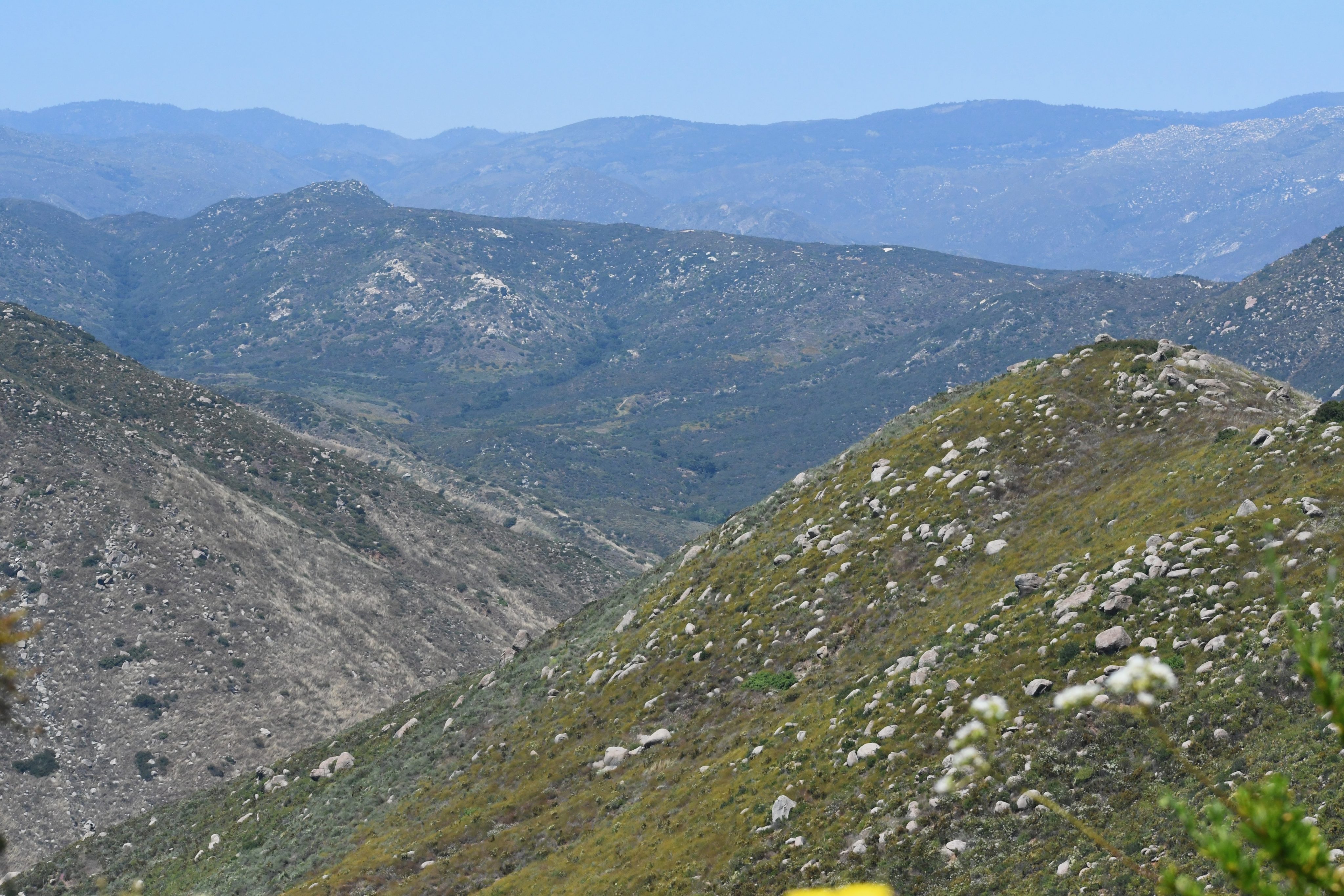
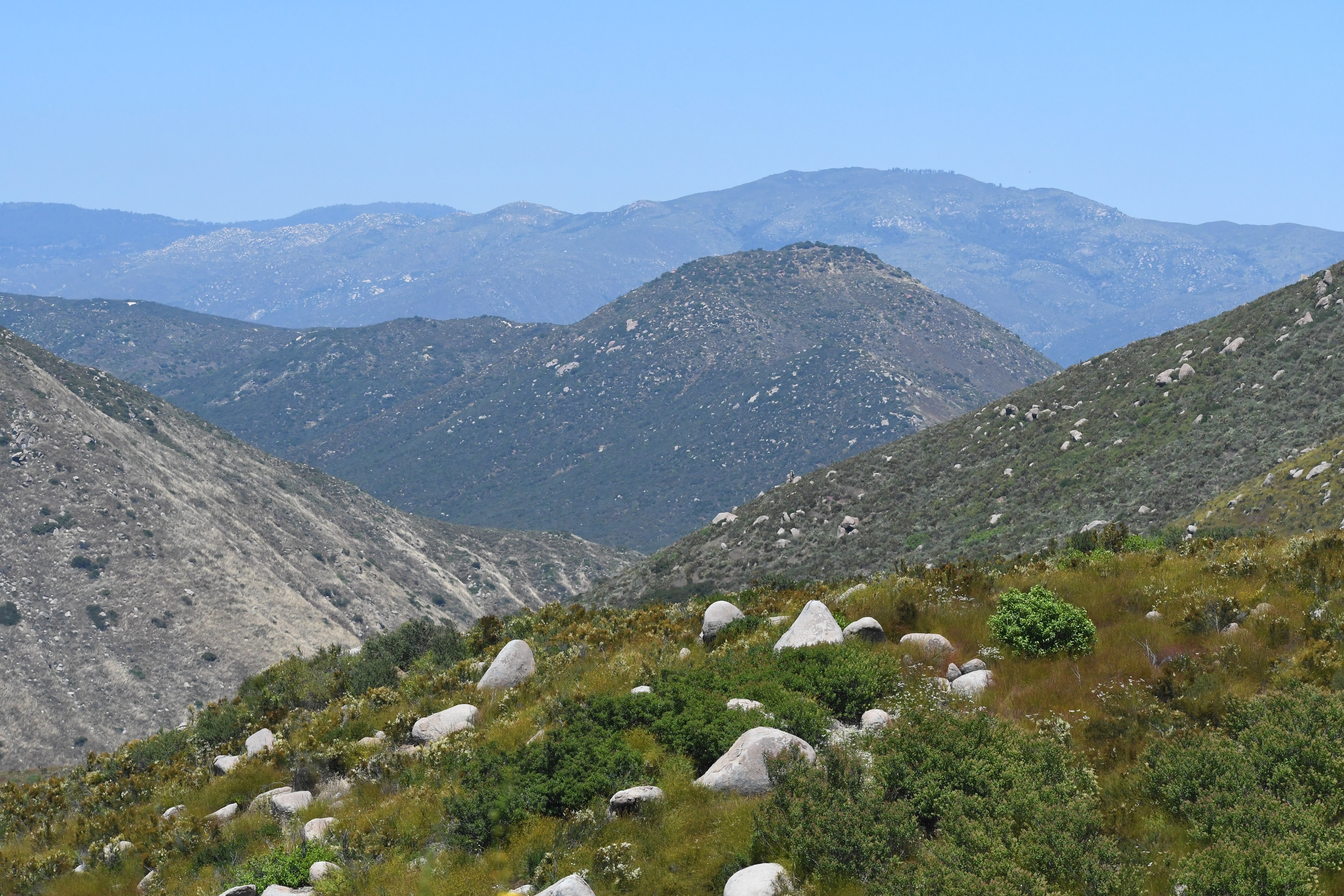
The hike slogs on like the book. The trail is seriously overgrown, partly from the super bloom, but also, I suspect, because this trail is low use. It might be especially low use today because it is Father’s Day. All the more reason to hike it. The North and South Clevenger trails are on Route 78, about five miles east of the Wild Animal Park. The South Clevenger Trail is the drier of the two. Both take you up the side of the canyon walls to scenic vistas. The road, the orchards, and the isolated buildings that have claimed the ridgeline are never far from sight. But if you look in the right direction over the rugged terrain, you might think you are in the Nevada desert somewhere.
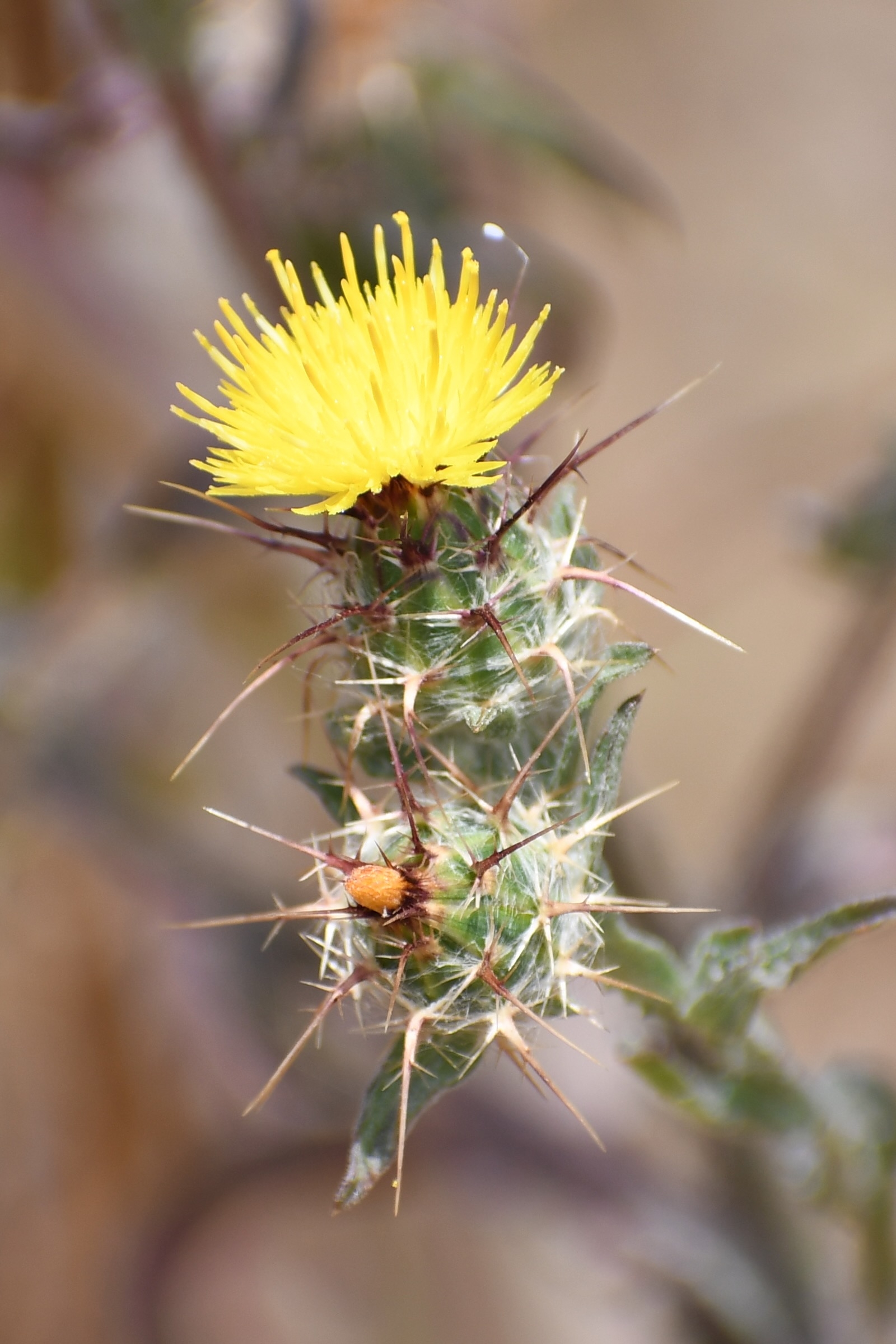
I use my hiking poles to push aside the overgrowth rather than using them to propel me up the seventy-five-story, two-mile climb. The temperature is in the mid-eighties, and today is one of the few days I’ve worn shorts all year. The starthistles prick at my exposed legs. A starthistle has a pretty yellow flower on a ball-shaped bulb with pointy spines resembling a party favor packaged in a miniaturized medieval mace. Blossoming deerweed with its tiny red and yellow pea flowers grows out over the trail closing in from both sides and sometimes from the top. I duck under overgrown bush mallow pushing through with my hat, hoping I don’t pick up any ticks. There is no relief. The trail is overgrown, brushing against my body and poking at my legs the entire trek.
As I listen to the audiobook, I wonder if the overgrown trail is a metaphor for the density and ponderousness of the book. Or perhaps it is the other way around. The butler, Mr. Stevens, is on a road trip to the English countryside, but his stops are brief interludes for deep dives into his memories of his lifetime of service. The pacing is deliberately slow, and what passes for action is off-camera, so to speak. Mr. Stevens stands just outside the doorway for however long he must in case his services are required, not specifically knowing what transpires within. A butler must be attentive precisely when it is demanded and invisible otherwise. (It sounds like the role of a father.)
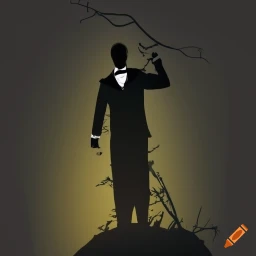
The essence of the great butler is dignity. It doesn’t matter that his father is dying or that his master makes a horrible staffing decision or the world is crumbling around its feet with the onset of World War II. Mr. Stevens maintains his dignity, which for a man of servitude, is the opposite of what you or I construe as the execution of the concept. Dignity for a man of service is never giving in to one’s own thoughts and sentiments in the performance of duty. Dignity is staying faithful to your superiors. Dignity for anyone else is maintaining and defending one’s views and opinions in the face of inconvenience and adversity. One butler’s strength is another man’s weakness.
Speaking of adversity, with the heat and the elevation gain, I stop for a drink of water. I take a swig out of my water bottle but notice something floating inside. Upon closer inspection, it’s a drowned spider with its eight articulated legs folded into a point like a cephalopod. It looks a little fuzzy, too, like fungus has already started to attack and decompose it. It reminds me of a sci-fi movie with alien specimens floating in tanks of tarnished water deep in some Area 51 secret bunker or lab. I hope the water I just drank isn’t contaminated enough to kill me. Inside my head, there is not a lot of dignity going on. I share my thoughts with mother nature in a most undignified anti-butler way, “How the f**k did a spider get inside a sealed water bottle?”
I think of a spider on my bathroom sink a few days ago. When I turned on the light, I startled it. It dashed for the cover of my toothbrush but then changed its mind and tried to hide under the toothpaste. It was a speedy, dark brown spider. Usually, I try to catch and release (outside, of course), but this one was too quick, and I didn’t have a suitable container to trap it with. So I smashed the bugger and flushed him. The life of a spider is an uncertain thing. Is this a haunting? A punishment for my failure to set the spider free in the great outdoors? Is the collective spider community conspiring to exact its revenge?
The hike is only four miles round trip, and even with the heat, I can endure a little thirst. So I press on to the high point and my turn-around point of the trail, marked by a massive white granite rock. As I ascend, Mr. Stevens has finally arrived at the last stop on his six-day trip. Only upon his arrival do we learn that the purpose of the trip is to visit Ms. Kenton, who left her employment some twenty years ago. He reconnects with her, responding with concern for some melancholy remarks she has made in her letter correspondences. Even in an outside-of-work informal context twenty years later, they continue to address one another formally. We discover that Ms. Kenton left the employ to get married and have a family. In the not-so-big-reveal, Ms. Kenton acknowledges at the bus stop just before her departure into eternity that she left because she had feelings for Mr. Kenton. Although Mr. Stevens expresses something like regret, it is clear that he is incapable of love. In his deep memory dives, his one moment of thought for her comes when he pauses outside her room, knowing that he made her cry. He described the paused moment as an eternity but stated it was probably only a few seconds. And then he continues on his way never to otherwise acknowledge the moment to fulfill his most essential duty of supplying the politically-important guests with brandy.
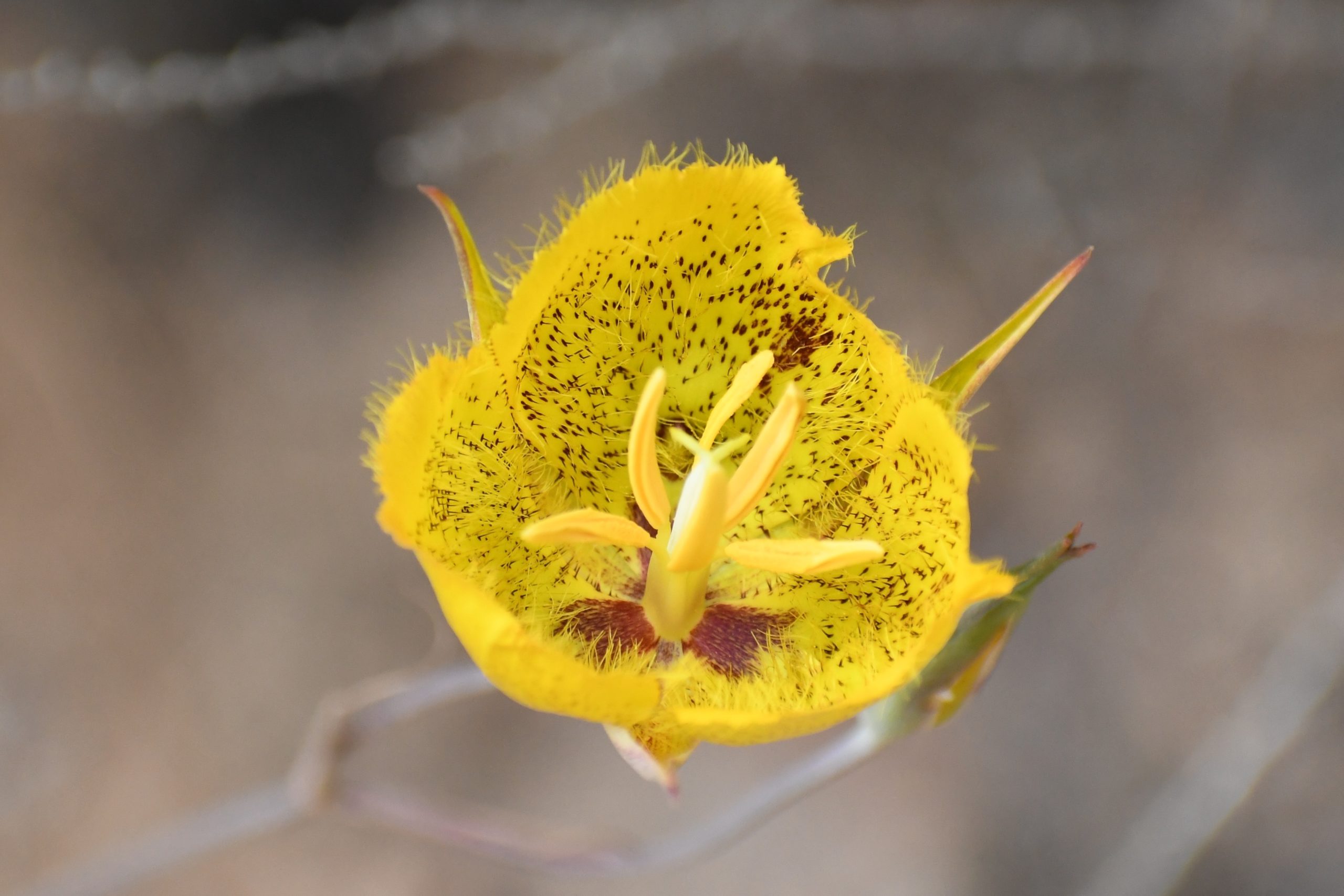
When I reach the high point of the trail, I’m regretting the shorts, the lack of spider-free water, the heat, the overgrown path, and the missing lens cap. But I can’t complain about the canyon view or catching the tail end of the super bloom. All the late-flowering plants are still putting on a show—swathes of deerweed cover the trail and the sides of the mountains. The corkscrew California Centaury plants and the hairy yellow blossoms of Calochortus weedii poke through the stems of chaparral bushes. White inflorescences cover the chamise bushes like a dusting of snow. I shimmy between a crevice in the great white rock to swallow up the view of the orchard below and the hills beyond. It’s all about me—the anti-butler.
Mr. Stevens has no I. Zen believes that the self is an illusion and Mr. Stevens intends to prove it. But the Zen master lives for compassion, not for service. The difference is profound. Mr. Stevens stands behind his master, no matter how poor their judgment. He passes on life’s moments of love and grief. Even when he visits Ms. Kenton because of concern for her happiness, the moment would have passed him by if Ms. Kenton did not insist on him escorting her to the bus stop. Compassion and duty are the oil and vinegar of one’s moral compass.
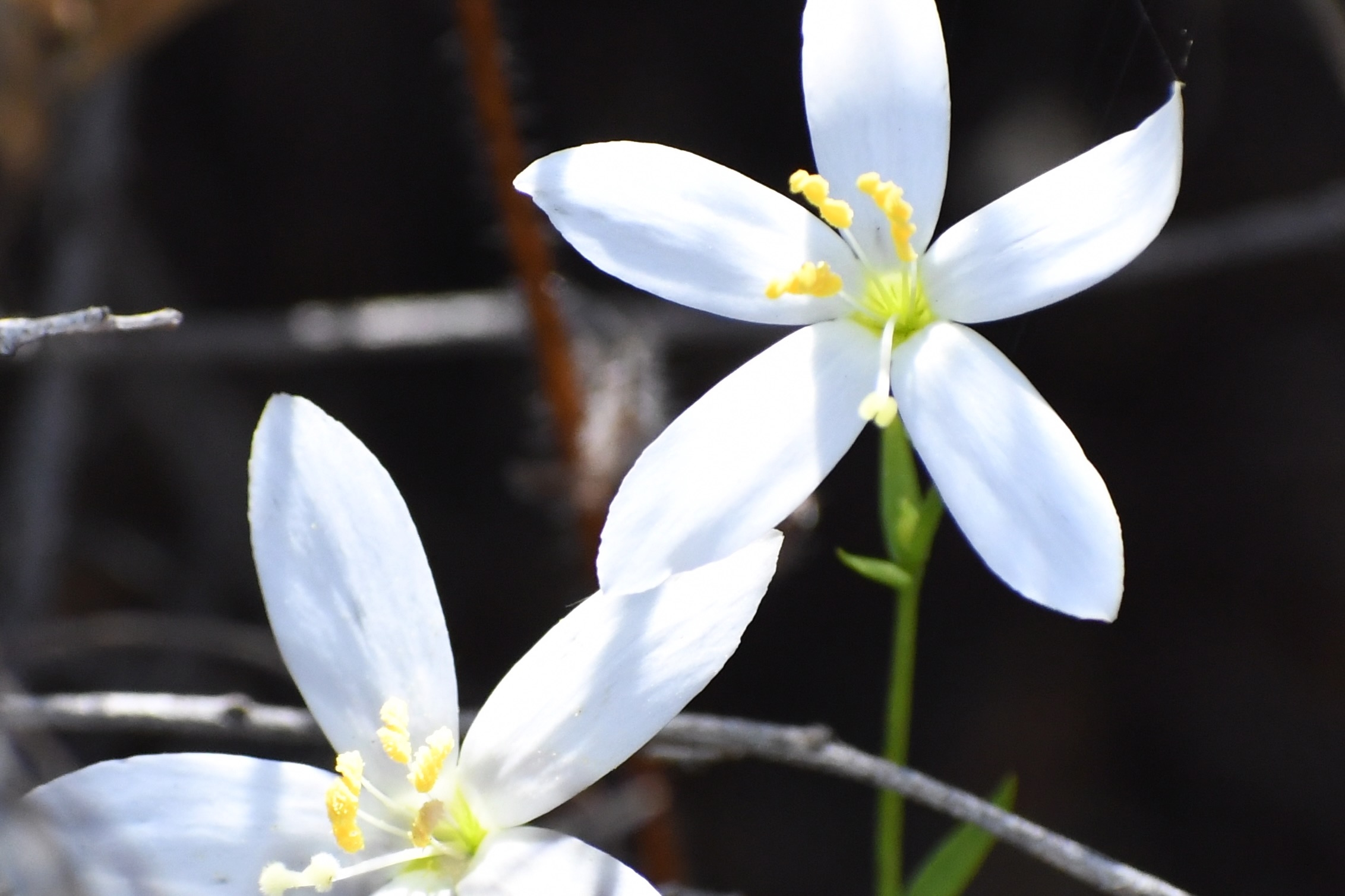
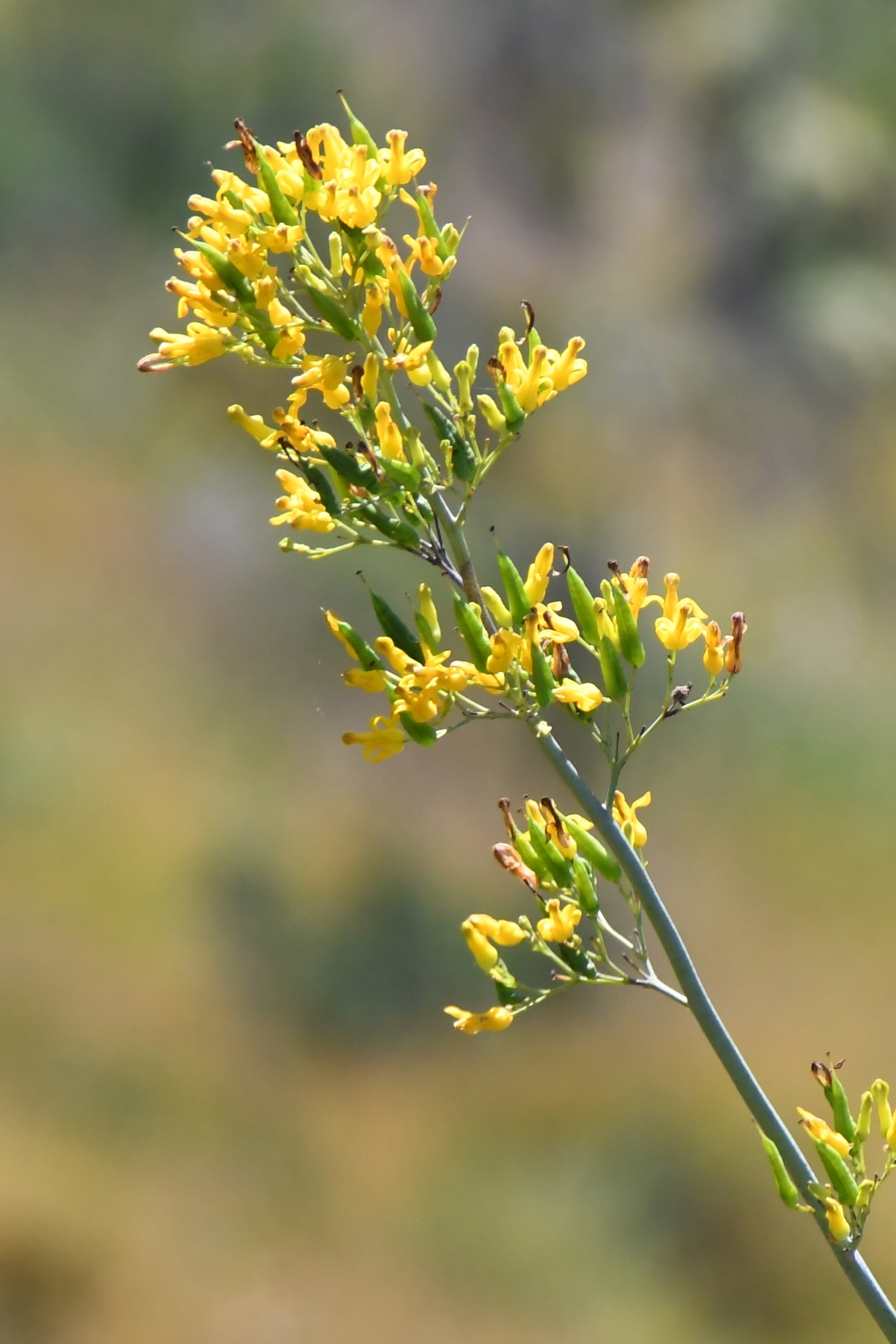
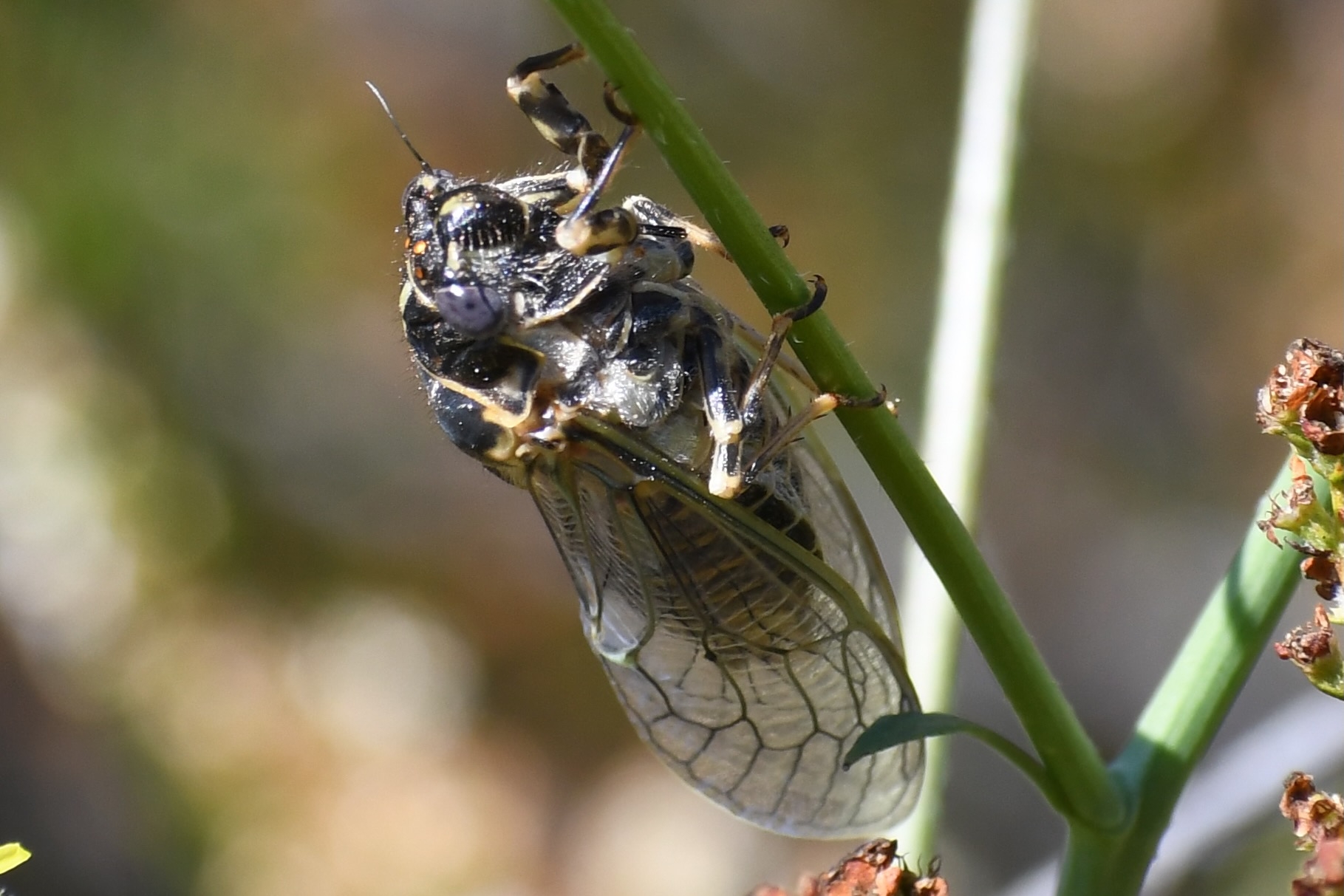
When the book concludes, I want to poke my eyes out with a fork. Nobody could be this tedious and dull. But fortunately, I still need my eyes to navigate my way back to the car. Tiny faded-blue butterflies dart past all the pollen opportunities, too impatient to pose for a picture. A cicada clasps to a stem. I see a tall spike of what I think are golden eardrops and the white-colored version of the ordinarily magenta canchalagua. Canchalagua is the flower with the corkscrew stamens I’ve featured several times on Insta. I even find my lens cap. I’m glad I keep my eyes after all.
Is it a story? One of my writing books suggests that character-driven is the essence of the story. She complains about meandering and meaningless plot points wandering without an inner purpose. This book is the opposite. It is character-driven without a plot. And the protagonist doesn’t change.
Only Ms. Kenton changes. She escapes from the prison of servitude to get married and start a family. Ms. Kenton says it took seven years for her to find love in her husband’s familiarity. She expressed moments of uncertainty in her correspondence but declares that they were fleeting, and she has overcome them. But the protagonist is the story. We spend all our time in Mr. Steven’s head, not Ms. Kenton’s. And he never deviates from his butler mindset.
Mr. Stevens offers a pretense of regret. But even his regret is short-sighted and for the wrong thing. He doesn’t regret the lost opportunity for love or a missed life. He regrets that he can no longer serve with the perfection he once commanded, making little but unnoticeable mistakes now and then as his career winds down. There is no change, but that is the genius of it. Mr. Stevens is so trapped that there is no escape.
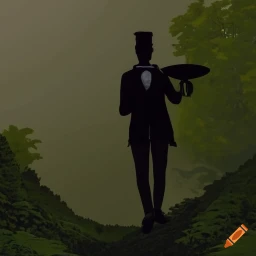
In a conversation Mr. Stevens has with a local at his final stop, the man describes the “remains of the day” as the time left in the day, the time after work people enjoy the most, an allegory for Mr. Stevens to live the rest of his life for himself. But remains are also a person’s body after they are dead. I don’t know if a pun was intended, but as far I can tell, Mr. Stevens is already a zombie. Even as he contemplates change, it is not change. He endeavors to learn to banter, insinuating that he is willing to tolerate informality, but only because it might please Mr. Faraday, his current master. There really is no hope for the guy.
As for the remains of my day, I can sometimes relate to the feeling of being invisible. Where are my Father’s Day texts? In the good old days, dads used to get ties. These days, a meme is going out of the way. Mom’s Day rates three in holidays, while Father’s Day rates twenty. But I will stick to the time left in the day definition rather than the zombie definition and aspire to use the remains of my day wisely. A hike was a good start.
Note: My texts came later in the evening, and my daughter spent the previous day working two hours in the backyard weeding the superbloom overgrowth. I was just trying to get into the spirit of the story.
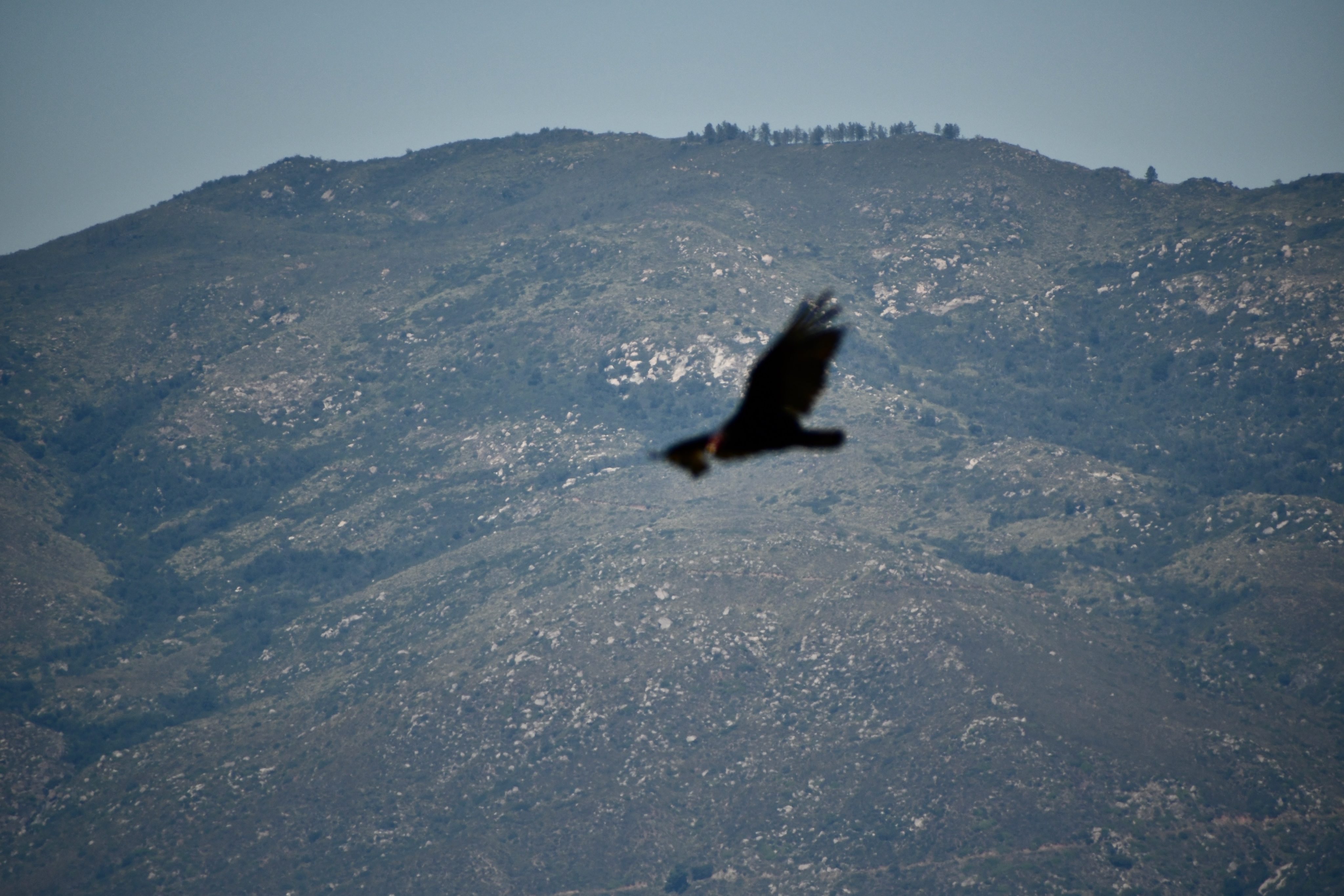
Hiking Butler Art by Craiyon
